This may be harder than you think in the ‘post covid’ era. However, Della and I (plus Leanne) have just ventured there and back (again)… I will largely let them tell the story this time (our third) – with well over 100 photos and maybe some useful advice.
PS: Della and I are/were 144 collectively (a ‘gross’) of years old this trip…(Some more gross than others!) I know there are those (of you?) who may prefer watching reruns of old sitcoms on TV (at whatever age) or admiring the ‘interesting’ patterns baristas can make in the froth of their coffees – but ‘not these little black ducks!’ (Daffy)
(Leanne) “A night trip on this little beast. We are so awake and so excited..!”


(You may recognise that object on my lap as my Best $20 Backpack from our last trip on the Everest Base Camp Trail. (We all had one this time). I get the window seat when it is night time outside!

(Della) “Kathmandu and The Monkey Temple – guaranteed to offer a small sample of ‘The Bizarre’ before getting down to the serious business of the Everest Base Camp Trail”.



Kathmandu Life: A family out for a Sunday ride. (Some had a dog, goat or calf as well)

We also took in the ‘Garden of Dreams’ at the Kaiser Mahal Palace, Thamel. Loved the Himalayan crows.

There is a row of Australian trees (out back – hopefully they don’t disappear in the ‘renovations’) whose origins it would be fascinating to know.

Della’s latest project for our home garden. Hi Ho, Hi Ho!

There we delighted in the palm squirrels. When I was a child Taronga Park Zoo in Sydney was replete with these tiny treasures. Alas they are no more.

This one enjoyed sunning itself on the Qld Bunya Pines.

At the Black Olives Cafe, Thamel, Kathmandu (girls suitably decorated for Daishan) .

A (premature) toast to our success. Pomegranate cooler for Della and Mango Lassi for me. (Recipes below – a taste of Nepal). We stayed again with Ram Pyakurel at the Hotel Sapana Gardens just up the street.

Onwards to Lukla: (Della) “Leanne and I getting a feel for scaling mountains. I need to come clean: That rock is just a triangular outcrop about a metre high on a track we were walking on in Lukla to get some exercise after the flight up”. (It is not the Mera Peak). “We did like the illusion it created though!”

Photo was taken below the airfield.’Something there is that does not love a wall’ (Frost) – but not me.

It is worth circumnavigating it (clockwise) and/or continuing on downhill to the hydro plant or the neighbouring villages (Surke, Chaurikharka etc) and forest too.
There are red pandas in the hills – bears and snow leopards too! Much (local) exploration to be done. Even climb the (nearby) Mera Peak.
By next year the road will (alas?) have reached Lukla too and the latter (the municipal seat). You will be able to travel there on a (hired) motorcycle, if you dare. Oh, to be young again – but please don’t waste it! It is also quite wonderful to be old and full of memories! If you last!
Here is a snow leopard on the EBC taken on Lakpa Lama’s phone between Benkar and Monjo last year. We stayed with Lakpa and his delightful family (for the sixth time) at their Lama Hotel in the main street of Lukla this trip. You should too.
Beautiful Lukla – the view out our back window. Something (like a possum) was on the roof of the shed out back one night – perhaps it was a red panda? Lakpa says they come right down into the town when it is quiet.



(Della) “EBC Day 1 – Setting Out, bright-eyed and bushy-tailed, Lukla to Benkar”.

I think her beauty is little diminished (if at all) since this snap I took of the same scene (outside Chheplung) four years ago (‘Age shall not weary them (her) nor the years condemn’).
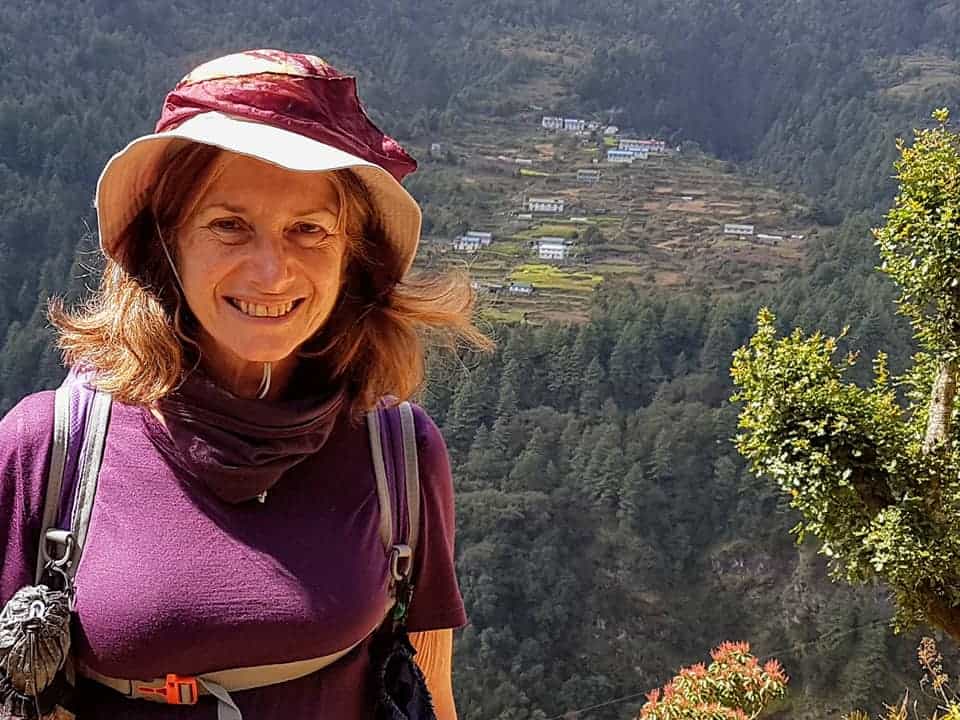
‘Underneath the arches’ – end of main street facing West Lukla, Nepal. Mt Everest thataway – just up the gulley!
In 2019. I see they have added a ‘lid’:



Livestock in Lukla



Towards Chheplung

Lhakpa told me that the porters can just about make enough to eat carrying 50kg – but to feed their family as well they need to carry 100kg! Here each carries several packs for European public servants/masters on holidays – what most tourists appear to be!
We carried all our own things (in the small packs you see – a bit over 6 kg each) and dispensed with a guide. The Everest Region has defied the central government’s edict that you must take a local on holidays with you. Most locals agree with me in this.

‘The road goes ever on and on’ – Bilbo.
(Della) “Day 2: Bengkar to Namche Bazaar.
We experienced a wonderful night’s hospitality staying with Nima Sherpa at Bengkar – like last visit, we were her only guests and we relished the experience of staying in her beautiful home and being treated to Sherpa home cooking and stories”.
On the way, lunch at the Wind Horse Cafe Nurning (chips with Tommie sauce)

Hers is the very first ‘house’ you come to (after leaving Herman’s German Bakery in Phakding (afternoon tea – cross the river first and head out of town on the left – a ‘must stop’). Her wonderful ‘Benkar Guest House‘; free hot showers and great home-cooked food.
Do stay with her if you get the chance.
Leaving Phakding.
Between Phakding and Benkar: A view of a yak pasture across the mighty Dudh Khosi River.

The Nepali ‘reputation for ‘fine’ food is not generally deserved, but Nima can whip up something delightful and fresh all from her own garden in a jiffy. Her chapattis are ‘to die for’. She is largely self-sufficient save eggs, flour and salt.
She promised Della her recipe (and instructions) on our return trip. Unfortunately we never made it. However we will try to get in touch with her through other contacts on the trail, eg Mr Chhundri Sherpa of the Shangri-La Hotel in Namche with whom we stayed (again). Another wonderful soul.
This is your first view of (the outskirts of) Benkar and Nima’s lovely Benkar Guest House as you come up from Phakding (about one hour). The small stone buildings on the ridge are her potato storage sheds.
Where she welcomed us back like old friends.
Sometimes there is quite a crowd enjoying her front garden. The beautiful goats were unfortunately destined to be curried ‘lamb’ in Namche. Nima has become a vegetarian – a sentiment I understand.
Nima’s beautiful kitchen

Where she may make you many memorable meals (like these chapatis she whipped up in a moment). Her control of fire is masterful.
Just round the corner she has this beautiful waterfall.

And this view is her back garden. It is her private property all the way down to the river so that (unlike most in the region) she can collect her own fire wood.
To most people wood (and heat) is banned due to the area’s listing as a ‘National Park’ thus stealing it from the people – as happens everywhere. Of course it is mismanaged just as in Australia & etc – and in this case is becoming over-run with pest animals (musk deer, monkeys etc – soon snow leopards) which the locals are forbidden to hunt or eat. The penalty is life in gaol for doing so! I’m told they taste surprisingly well however! PS: I smelled a snow leopard along the trail now and then.

(Della) “Refreshed, next morning we pushed on – up, up, up to Namche Bazaar” (+800 roughly to 3500 metres). “We were pretty weary when we hobbled into town just on dark”.
Entering Benkar
Outskirts of Monjo
Jorsalle (for lunch – three hours from Benkar – last stop for accommodation before Namche) Consider staying a night.
Larja Bridges – Namche is on the top of that ‘hill’ behind it. A really lot of (Shelob’s) ‘stairs’ ahead. You cross the upper bridge – don’t look down!
View upriver
Just above this point you get your first view of Everest straight up the valley. On clear days it will stay with you as you ascend for many days.
Like this.
Up, up, up! Over 600 metres up.
And into Namche.
(Della) “Acclimatisation day in Namche Bazaar: In order to avoid altitude sickness, it is vital to have a ‘rest day’ in Namche Bazaar before climbing further. ‘Rest day’ is not an accurate description, as part of the acclimatisation process involves climbing even higher and then returning to Namche to sleep before hiking on the following day.
This acclimatisation climb is difficult, as the increase in altitude prompts breathlessness, and it is necessary to stop regularly just to get enough air”.
Last time Della and I managed the ‘Everest View Hotel’ (for lunch) as well as the Kumjung and Khunde and Syangboche circuit. This time we just managed to get to the top of the ‘hill’ (4,000 metres) and back. My chest mainly filling with animacules.
(Della) “Our climb was a little more amusing than most, due to us asking directions from a local Sherpa farmer when the maze of laneways became confusing. Something must have been lost in translation, though, as we eventually found ourselves also lost in a potato field which looked as if it joined the main road, but didn’t quite…we had to negotiate a drop of a metre or so over a farmer’s wall…he came to offer us assistance via a ladder with a rusted out section, but we managed the challenge with only limited embarrassment and continued on our way up the mountain that never ended”.



In Namche – to think intrepid others are busily scaling the mighty peaks nearby like Konde in the background whilst we were getting ‘bluffed out’ and exhausted and becoming lost in people’s back gardens!









(Della) “So, the wheels started to fall off things from about this point: Whilst in Namche Bazaar, Steve had developed a pretty worrying cough and shortness of breath. We decided to stay on in Namche for another proper rest day before deciding whether to go on or head back. We were not surprised by the virus symptoms, as the taxi driver who had taken us on a 4 hour drive from Kathmandu to Ramechap Airport had been coughing violently all the way.
Steve was keen to go on, so we planned to cut the day’s journey in half and stop for the night at what would ordinarily be our lunch spot. The weather was somewhat colder at this altitude and the yak-trains were a suitably hairier breed.
We stopped for lunch at the Dream Garden tea house, Khyangjuma (an important intersection – you can head for Gokyo here) where our kind Sherpa hostess rang ahead to the next village (Phunke Tenga) to secure us rooms for the night” at the Zagama Guest House right at the bridge.
The trail has become so crowded (post covid = all that printed money finding a home) we would now recommend this strategy before you set out in the morning, as we encountered people who had to head back as there was nowhere left to stay!
Not even noticing Everest in the background!
Use of the well-maintained toilets was free.
Of course there are ‘little hills’ everywhere you look. Cheers.
What a pose!
‘That battered caravanserai we call the sky, whereunder crawling cooped we live and die’

“Lift not thy hands to it -for help- (for) it rolls impotently on as Thou and I” (Khayyam)
(Della) “Pulling the plug…
After a night of severe coughing at Phunke Tenga, Steve decided that he needed to head back. The question was, would he be strong enough to manage it? We set off after breakfast to find out, and after less than half an hour it was clear that he would never make it on foot.
So, back to the good people of Phunke Tenga with whom we had discussed the ‘Plan B’ option of hiring a helicopter to fly us back to Lukla. Within an hour the helicopter had arrived:
We were treated to a happy carnival atmosphere of the Sherpa family waiting with us for the helicopter to land (the bonus for them was that they had been able to quickly order a load of supplies to fly up free of charge in the empty helicopter – manna from heaven for them!)
Then, the bonus for us non-sickies was the stunning views as we flew back over the route we had previously walked – and landed in Lukla!”
Back to fabulous Lukla.
Della) “Last photodrop: There were still wonderful experiences back in Lukla to warm our hearts forever. The Sherpas are the most wonderfully gentle and selfless people, and Steve’s illness intensified their excellent qualities.
Our first stop, after checking back into the Lama Hotel with the ever-welcoming Lachpa Lama and his family, was to visit the
Lukla Hospital. “Just up the main street”, they said…well, yes it was, but it took us a good half hour to climb the steps to its entrance.

And then, – oh my!!! It was a far cry from any hospital in my experience – in a completely good way! It was a garden on the mountain, with the hospital facilities brushing flowers and vegetables.”
(Della) “One of the doctors, (Dr) Nga Gyaljen Sherpa who modestly called himself a ‘helper’ kept us smiling and laughing and struck up an immediate friendship with Steve.
He invited us, should Steve be well enough, to visit his village monastery in 2 days time to enjoy a special chanting service, and thereafter to walk with him around his local forest area and spend the night in his home in the company of his wife.
Far from being a humble helper, we realised that this intelligent and lovely gentleman had been the original founder of the hospital, and had worked there single-handedly on a volunteer basis for decades before securing sufficient funding to employ other trained doctors.
Unfortunately Steve was not well enough to take up his kind and appealing offer, but we will repay his kindness in regular donations to his hospital. (Nepal’s infant mortality rate is the 3rd highest in the world:
For 100,000 childbirth, over 750 women lose their lives and 5,900 babies die either at birth or during their 1st year. It makes you want to weep.)
And the other wonderful experience for us was the extra 2 days we spent with the Lama family in Lukla whilst organising an earlier flight home – they took care of getting us back to Kathmandu with the minimum of stress, streamlined our ticket purchase back to Australia, treated us like family, delivered hot water bottles and home-remedy advice, and, in short, looked after our every need.
It was very special and a great privilege to get to know these people so well”.
On the path to the Lukla Hospital.
A genuine Buddhist saint, (Dr) Nga Gyaljen Sherpa who has worked selflessly to build this hospital for decades. You could contact him there to make a donation.
I noticed on the wall in the waiting room they had a framed photocopy of Aristotle’s ’12 Virtues’ (from the ‘Nicomachian Ethics’. Not so unlike the teachings of the Gautama after all.
We know now (from linguistics) that his (Buddha’s) ideas had reached Pre-Socratic Greece and influenced thinkers such as Heraclitus – and those who came after.
Buddha once observed that if a man meditating alone in a cave should discover a profound truth yet in that moment died, that the truth will not die with him but will emanate and reverberate around the world – like the ringing of a bell. Memes do seem to do this.
You don’t see this much any more, ie worthwhile ideas openly expressed – or acted upon!
Recipes:
Della’s Pomegranate Cooler:
Ingredients: 50% white wine eg Sauvignon Blanc (or to taste – Tip: don’t taste too much)
50% Pomegranate juice
dollop of pomegranate seeds
ice
Directions: Drink.
Banana Lassi:
Ingredients: 2 ripe bananas, broken into chunks1 ¼ cups thick plain yogurt
⅓ cup milk, or more to taste
2 ice cubes
2 tablespoons white sugar.
Directions: Blend bananas, yogurt, milk, ice cubes, and sugar together in a blender until smooth.
PS: Avoiding Respiratory Infections. Given that I (and now Leanne) fell victim to a very serious one which incapacitated me for three weeks and caused us to abort our trip, you might expect I would have some suitable advice about it (apart from
Dos and Don’ts on the EBC). Do read.
I would say that had we not taken an adequate supply of Ivermectin (sheep drench = 100 mls each, ie allowable airline carry-on quantity – dose @ 2mls per 10kg body weight per day) plus 1% Betadine (gargle ) as a nasal spray and two kinds of antibiotics I doubt whether I would have survived it either.
Steam inhalations (add salt) helped enormously – as did a hot water bottle on my chest (Thanks Mrs Lama).
Breathing (only) through your nose (I find this impossible) would help prevent, as would keeping your mouth/nose covered with a ‘Buff’ or similar (
Cold Weather Face Masks).
Erithromycin and Azithromycin. These are the gold standard for treating respiratory infections. I only wish I had known this and had a supply with me. If I had begun a course of the former when the infection began I have no doubt I would have completed the trip. I have only discovered this as a result of a persistent respiratory infection I had in winter 2024.
Avoid crowds and confined spaces (taxis). A bus/taxi to/from Ramechhap is a detestable idea imposed by the Nepalese authorities during ‘tourist season’. It arrives/leaves just outside the ‘Garden of Dreams’ Kaiser Mahal Palace in Thamel at 1:30 am or thereabouts in the morning.
Many folk will then be ‘encouraged’ by their tourist companies to walk on to Phakding the same day (instead of acclimatising), then to head to Namche the very next day. We encountered whole groups of exhausted) people who were being made to walk back from EBC to Lukla in three days (86 km).
Exhaustion is a great way to predispose the body to infection. Many were ill – and said they wished they had never come, and would never visit Nepal again! This is (just) one reason why we choose to go by ourselves and without the services of a guide/porter etc. Now that I have been so ill (for three weeks now) we are certainly not planning to return to Nepal again ever, which is a great pity.
It is still possible to fly to and from Kathmandu-Lukla. Ask Lhakpa Lama at the Lama Hotel Lukla to arrange it. We wished we had known this. It would have prevented us from becoming ill and spoiling our trip. He can/will. You may need to pay for an extra ‘leg’ ie Kathmandu-Ramechhap.
Stay in smaller accommodation in out-of-the-way or less popular places (or off route eg Kunde/Kumjung rather than Namche (which is crowded and very dusty). You may now have to ask your last night’s accommodation to ring ahead and book your next night’s for you.
Don’t stay in the same room with others – particularly those coming down, who are very often (Khumbu) coughing!
We recommend a rest day in Lukla before you set put (There are many pleasant walks in the area), then maybe taking three days to get to Namche (or maybe Kunde/Kumjung instead).
You can walk a circuit: You can walk on either side of the river from Lukla/Chaurikharka to Phakding. Take the ‘School’ turn-off just outside Lukla. The same is true from Pangboche via Phorche to Khyangjuma (or even Namche via Kumjung). You can also go up to Thame (eg from Synagboche/Namche) and return on the other side of the river to Tok Tok.
Study the map below. Maps.me works well in Kathmandu but I buy and download a georeferenced map for use with an App such as Paper Maps etc for walking in the mountains. You are much more likely also to see wildlife on the less traveled routes.
Take longer to go up so you don’t over-exert yourself (eg stay at Benkar and Jorsalle on the way to Namche).
And good luck. Don’t be afraid to pull the plug and/or call a helicopter. You will only pass this way once. Or, as Heraclitus said, “You can only step into the same river once”. It is a very Buddhist sentiment, isn’t it?
PPS: I will be updating this with Leanne’s comments and videos/photos when I get them (difficult Apple to Windows exchange – but coming soon)
See Also:






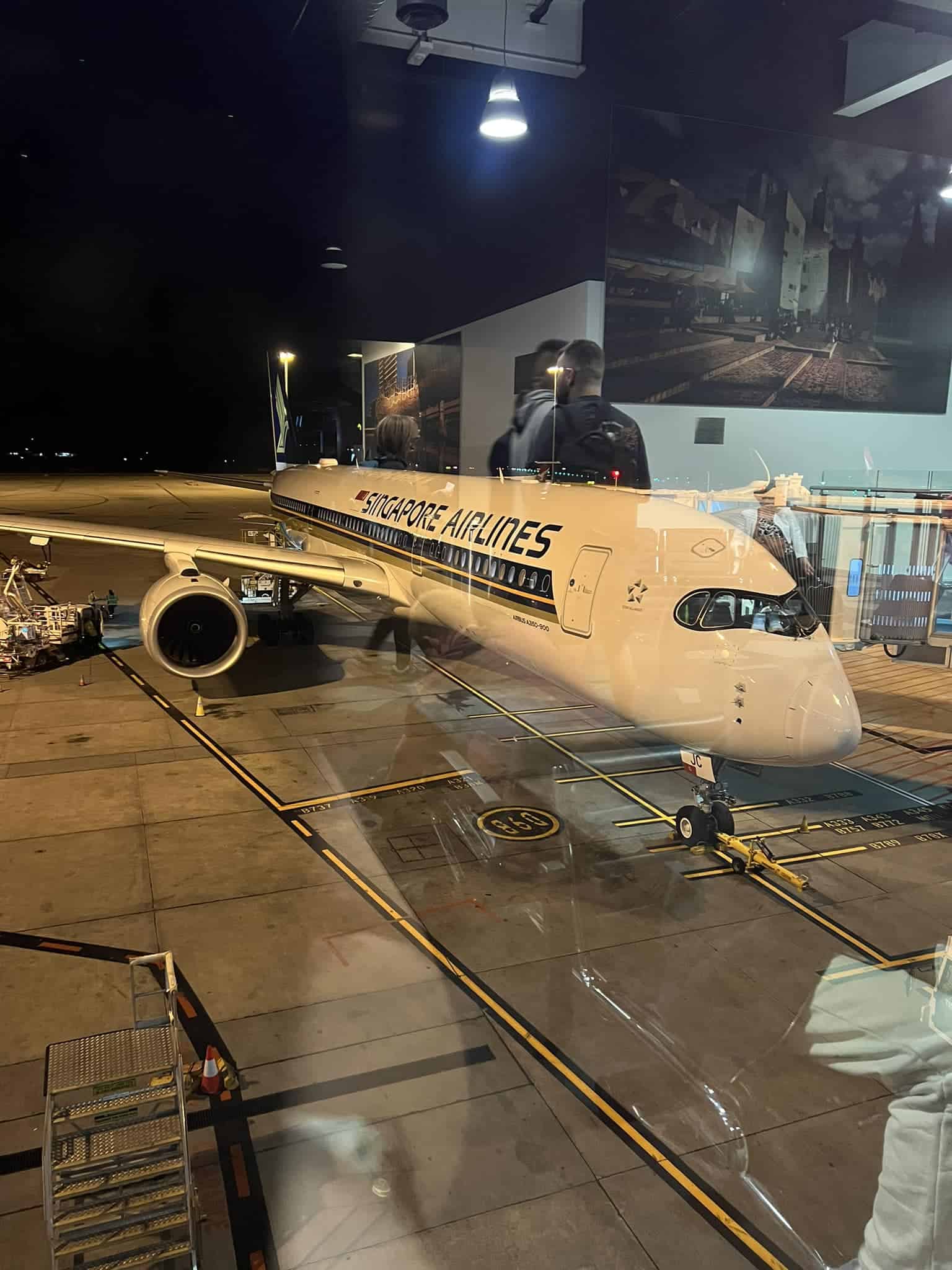
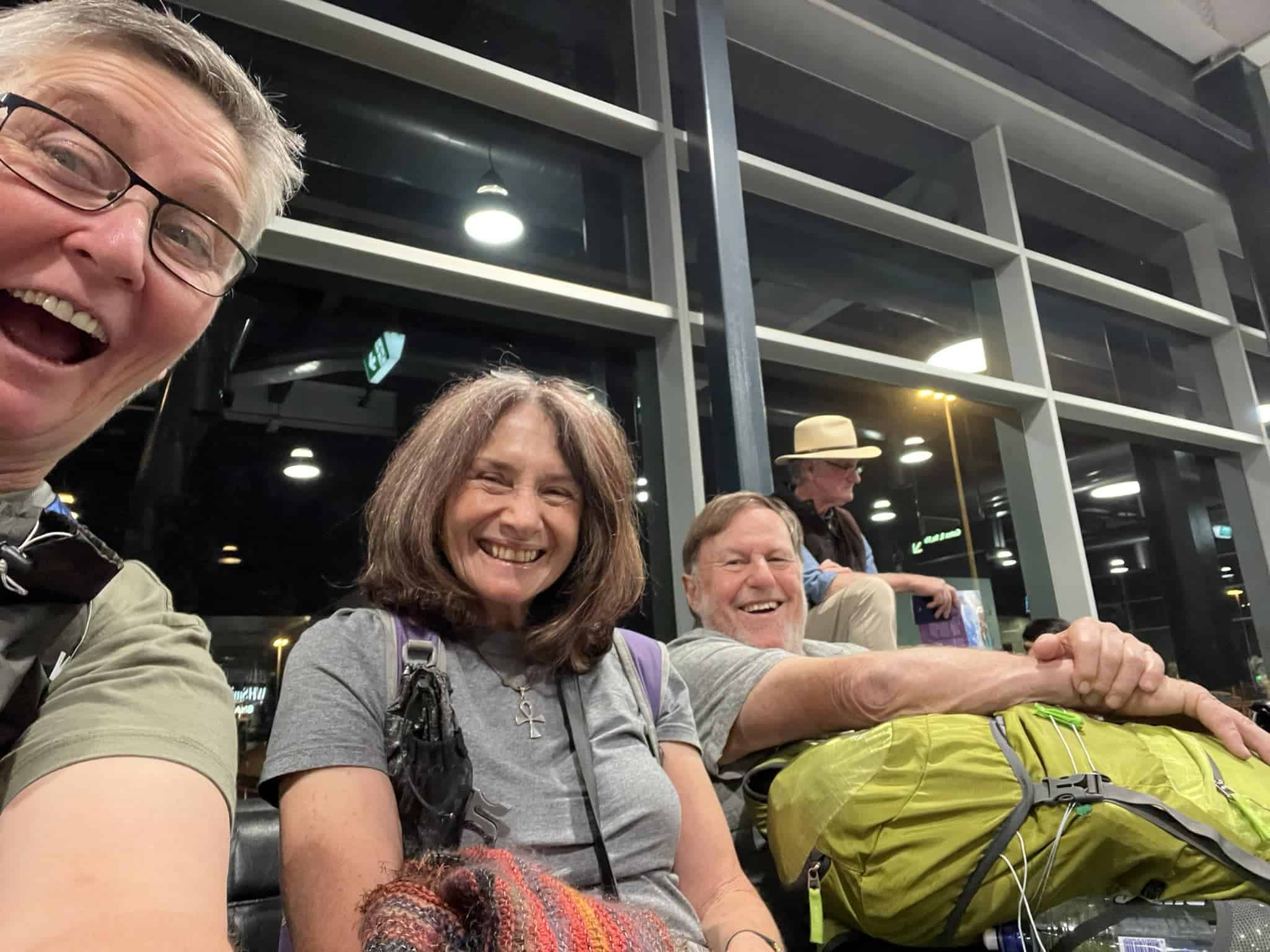
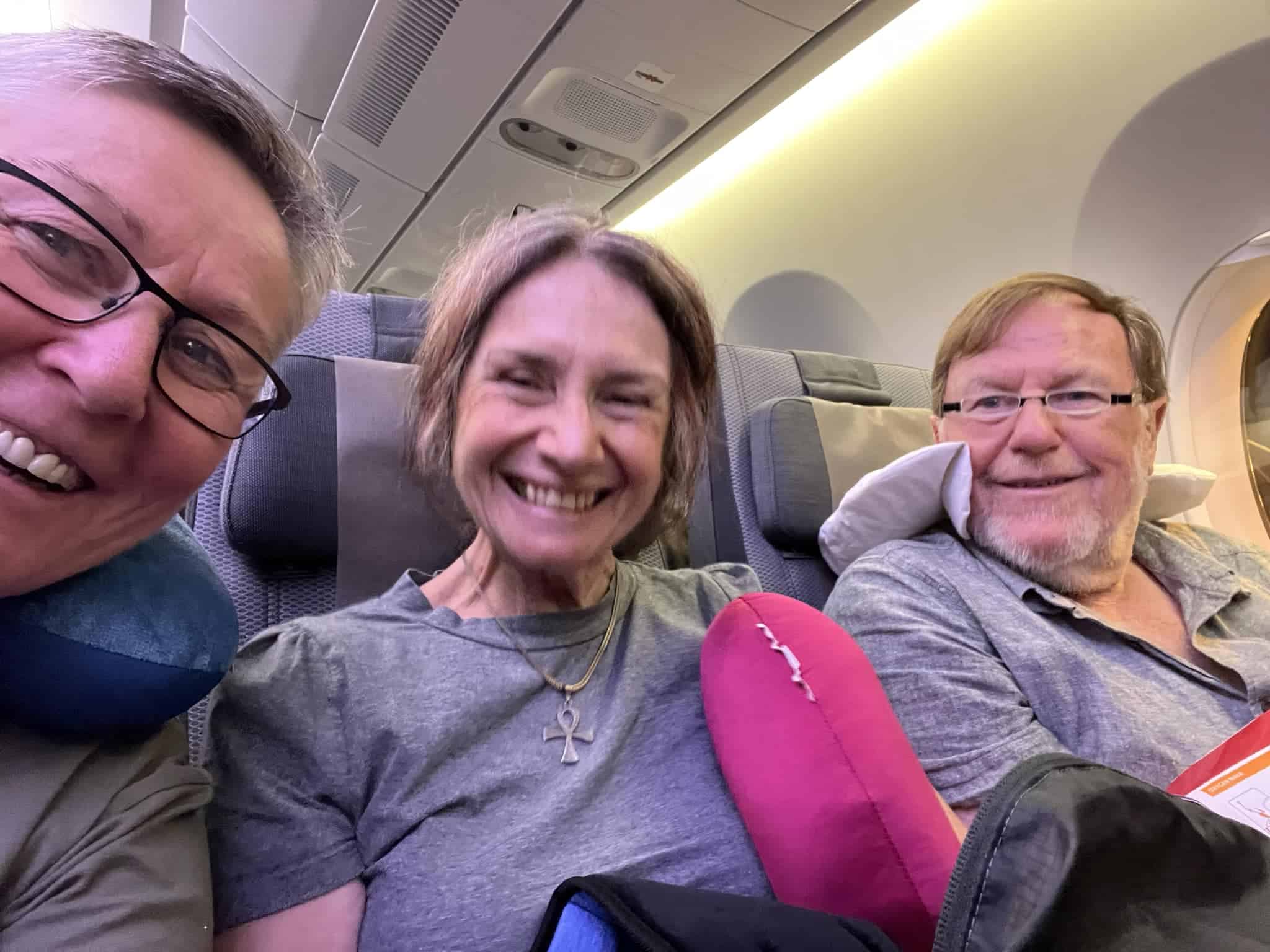
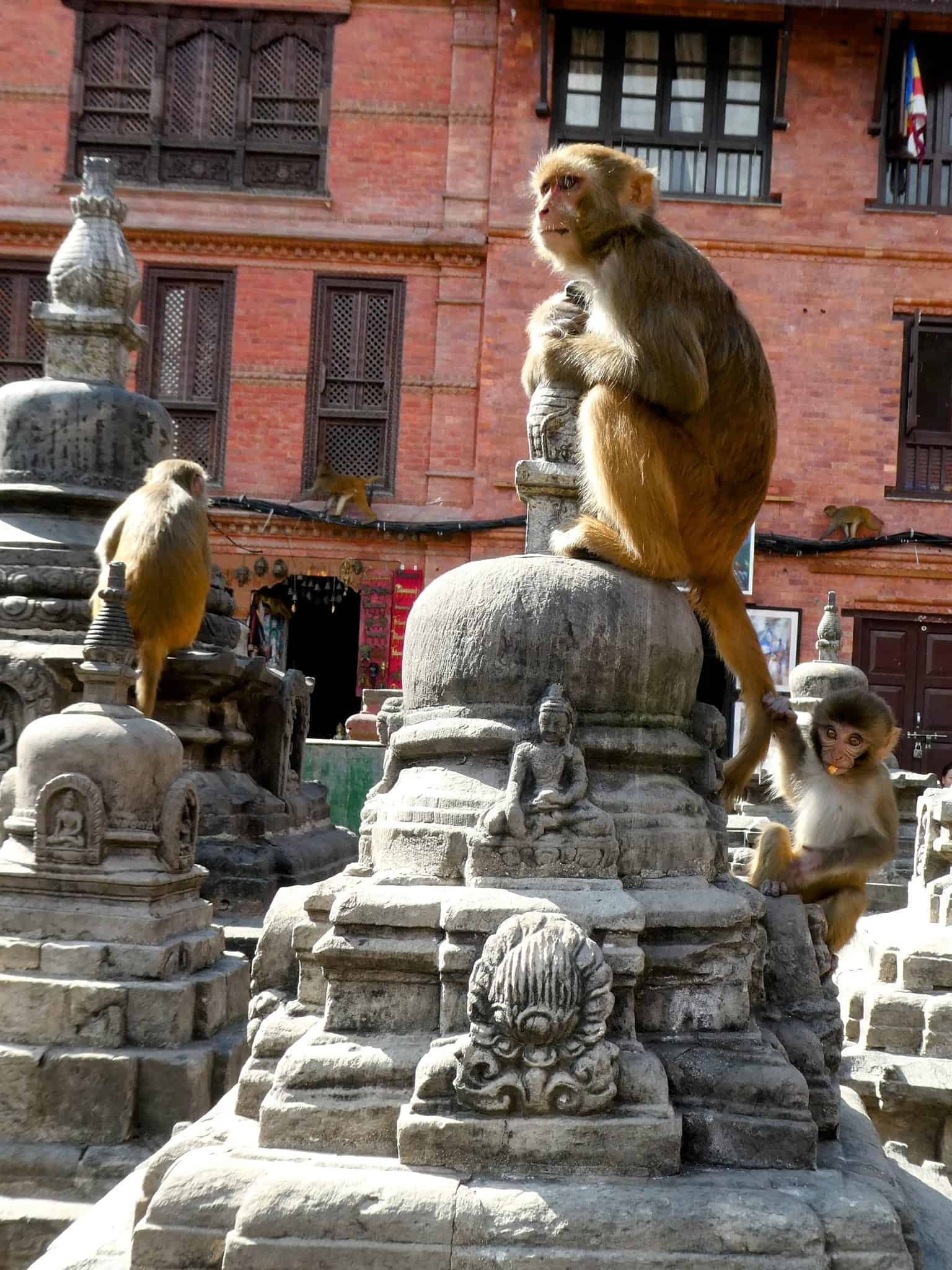
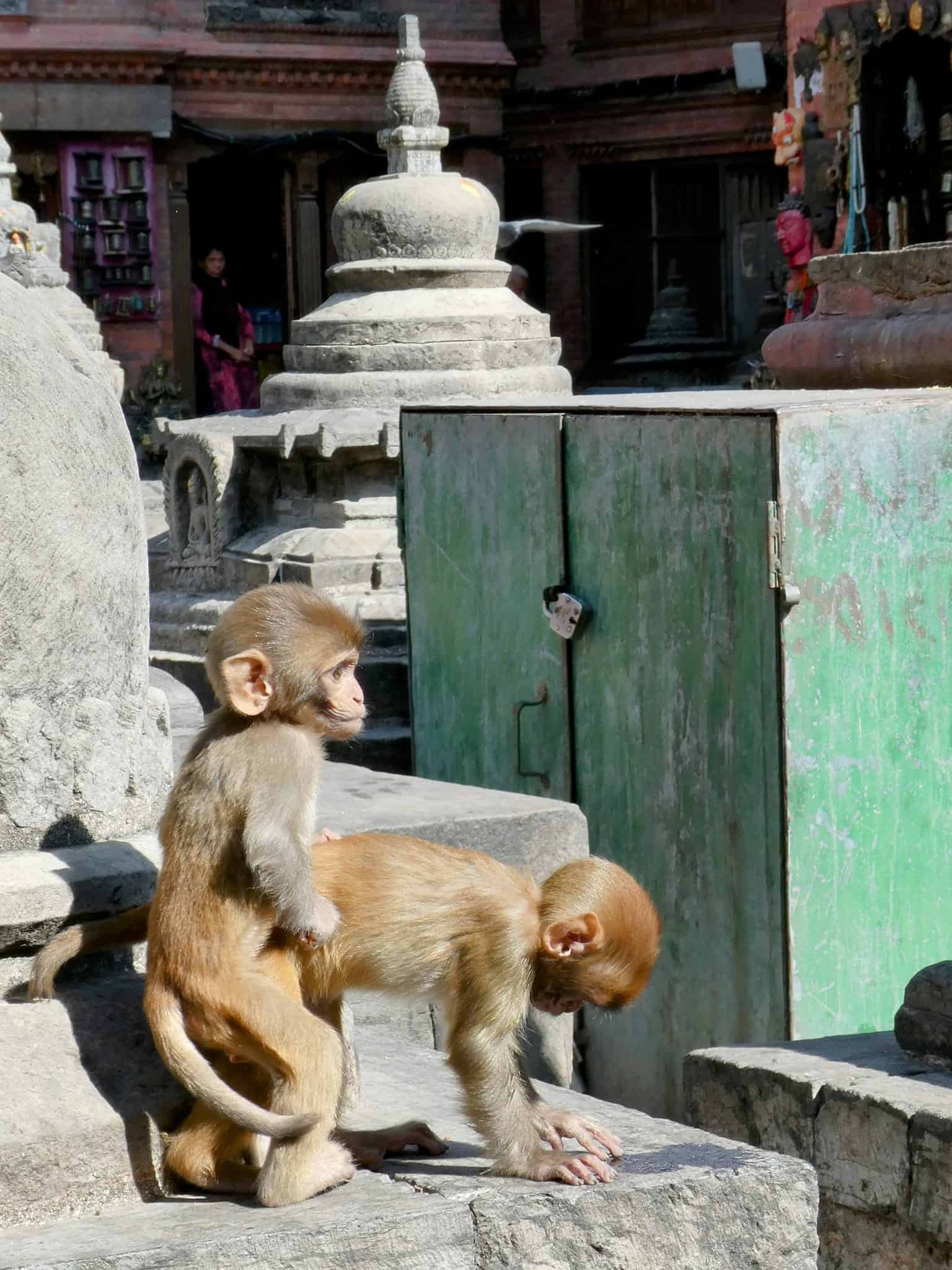
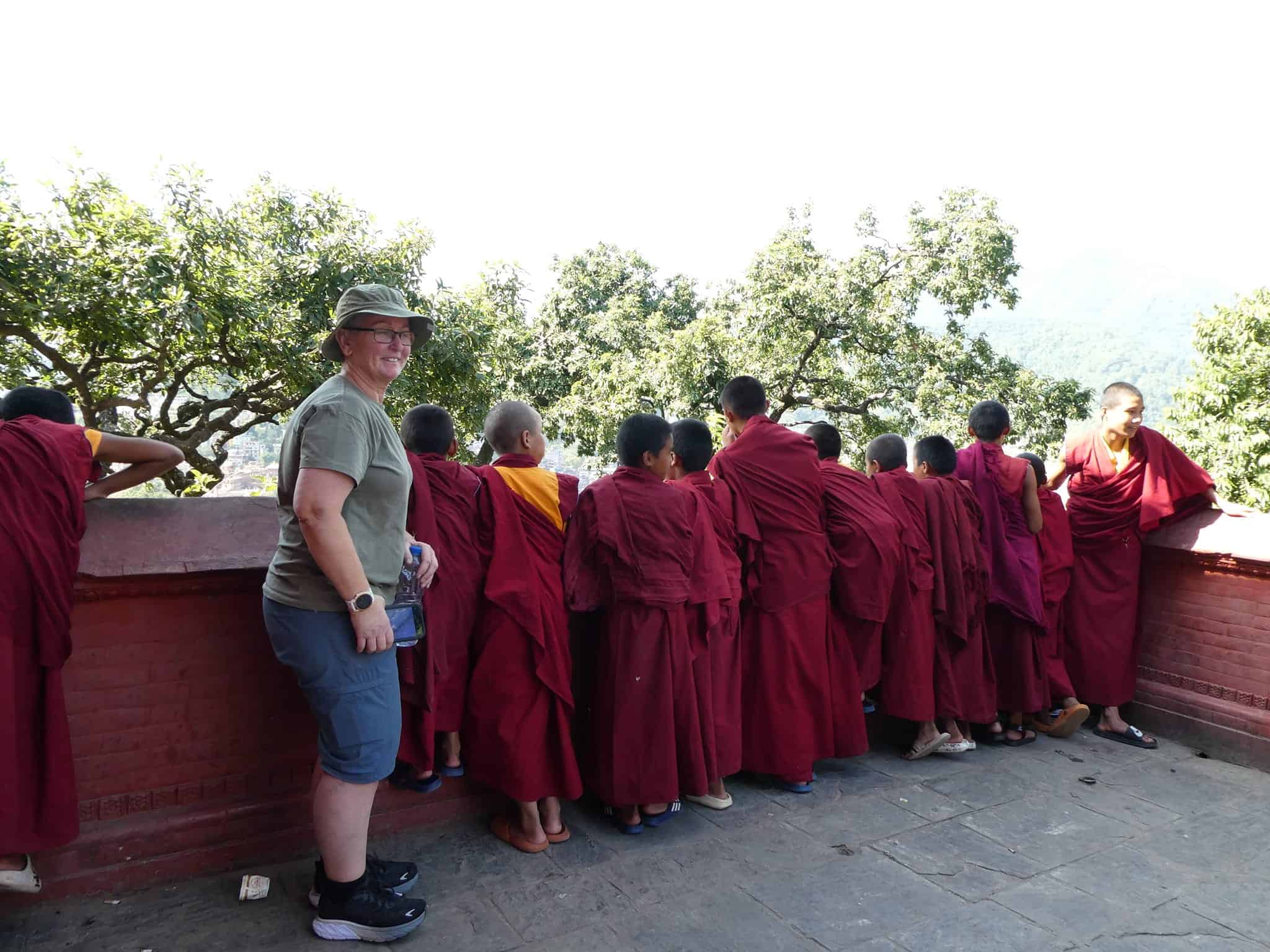
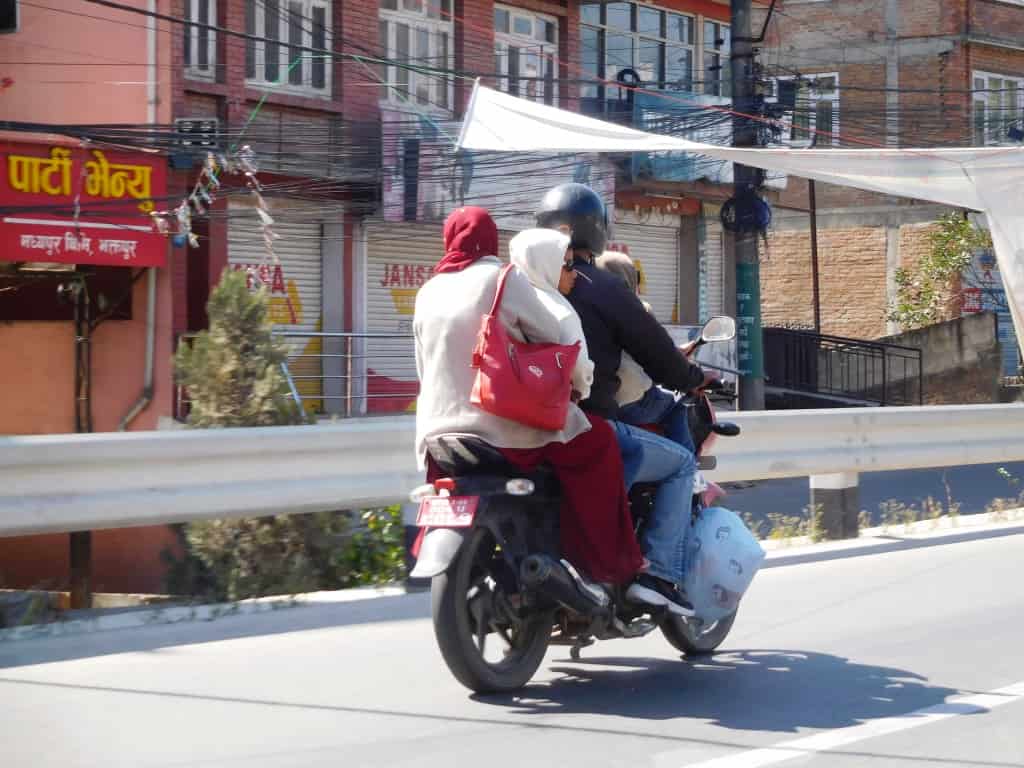
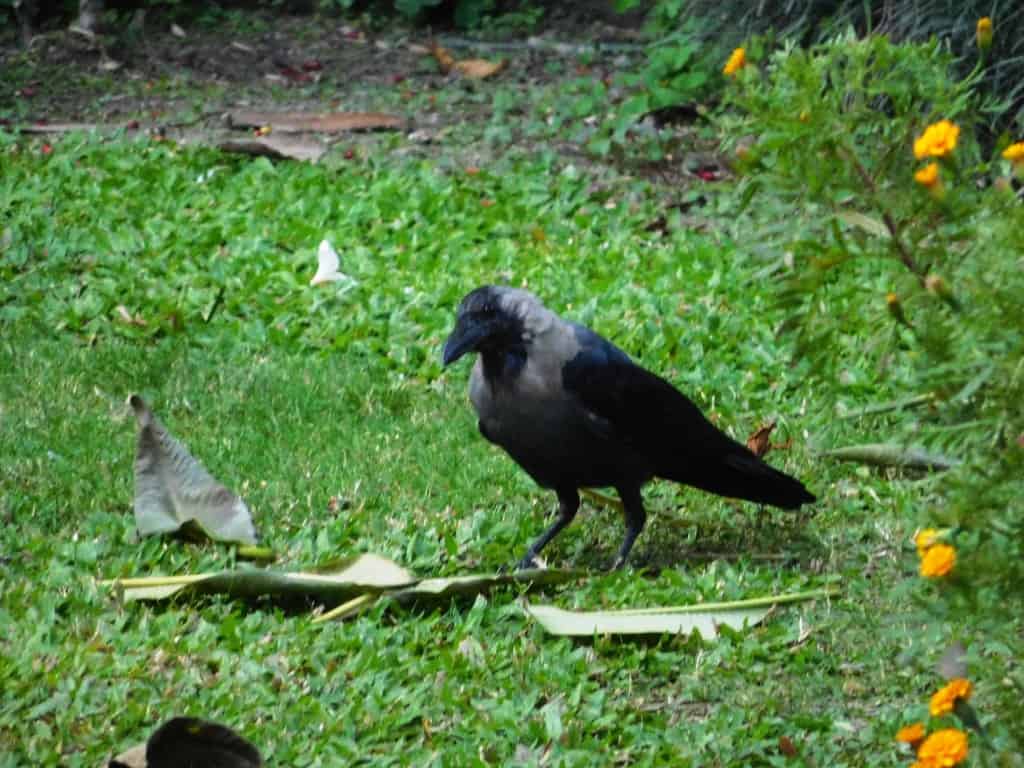
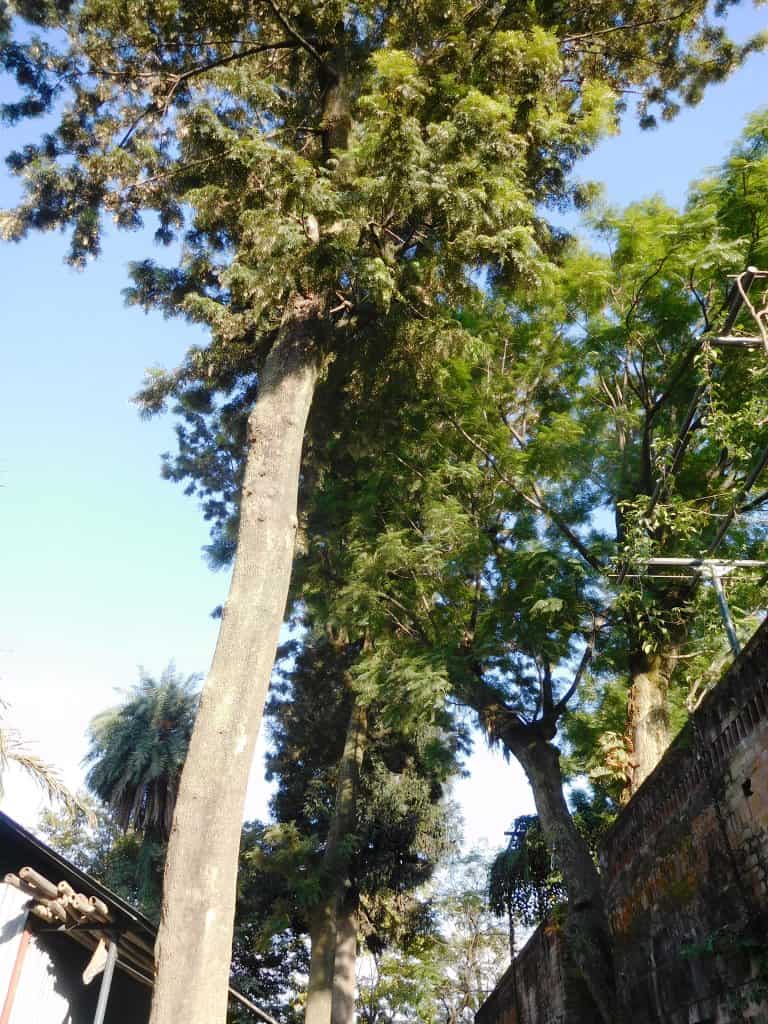
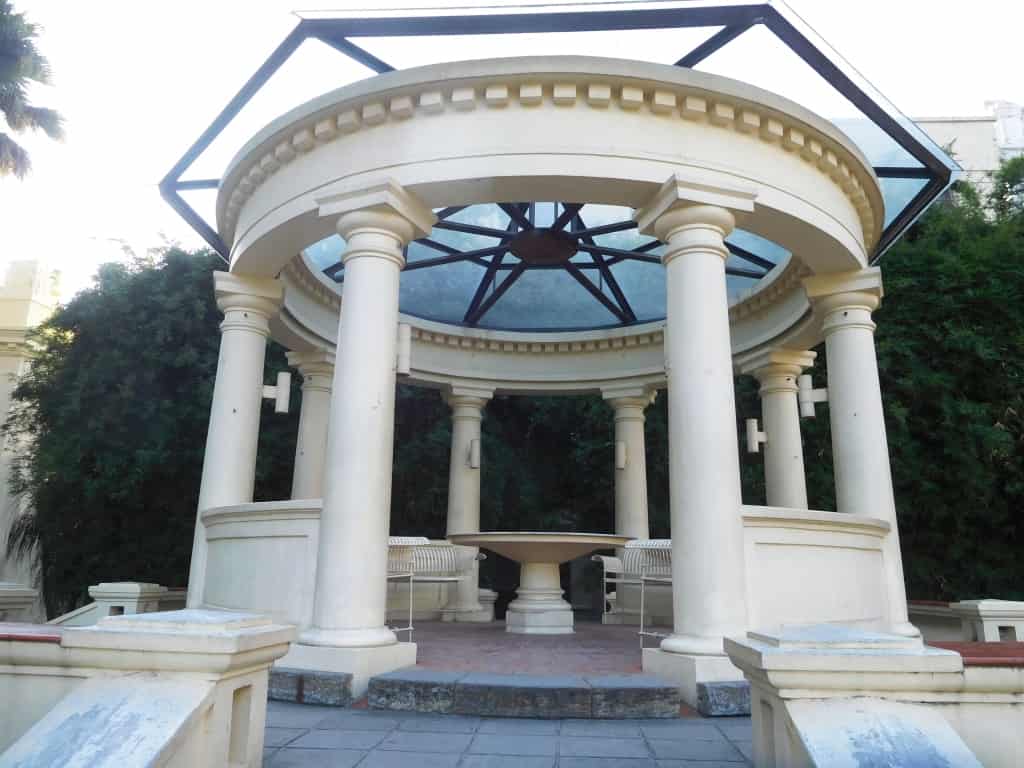
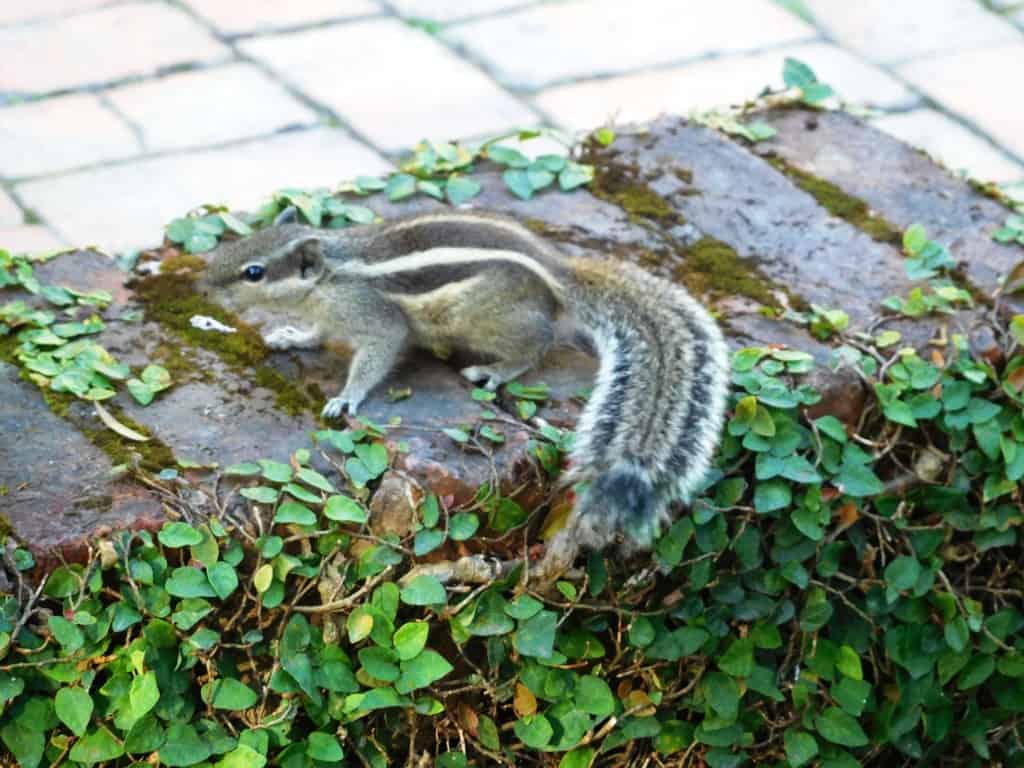
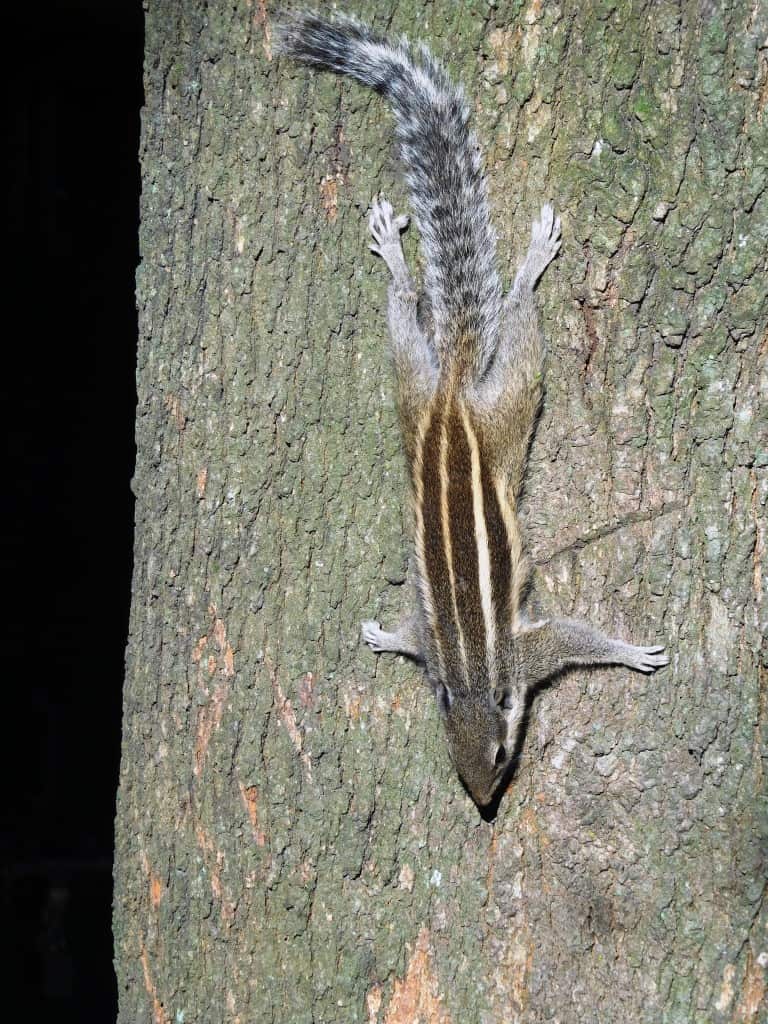
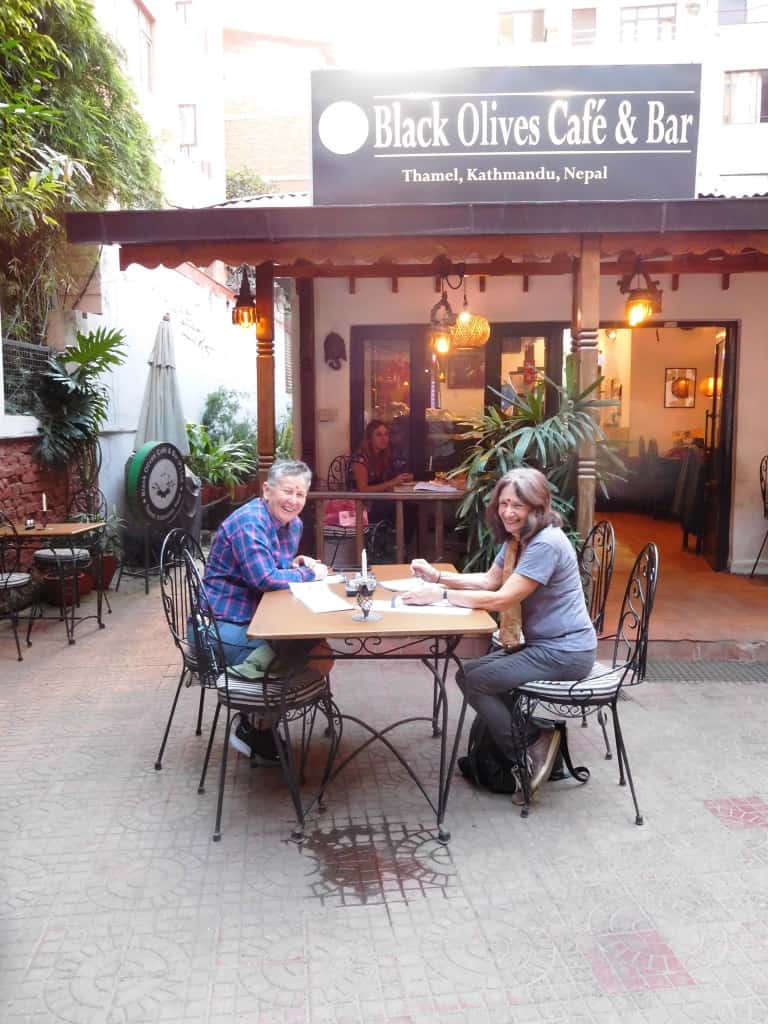
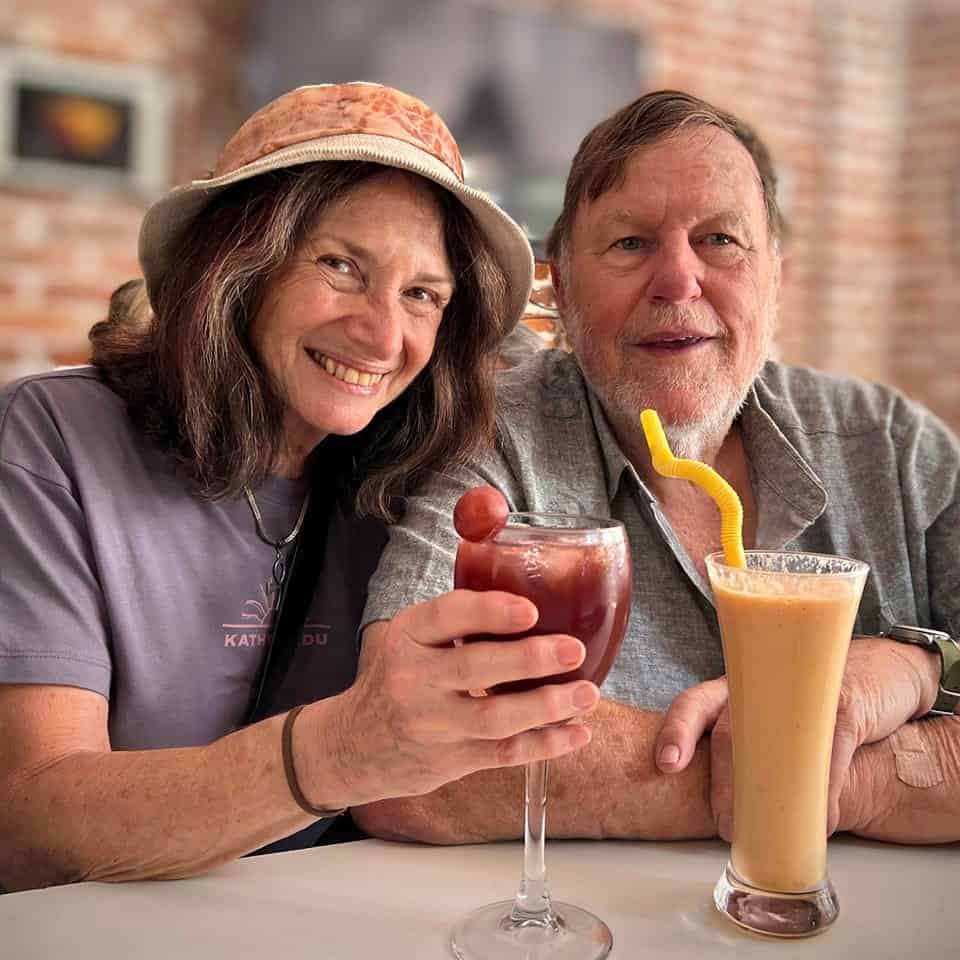
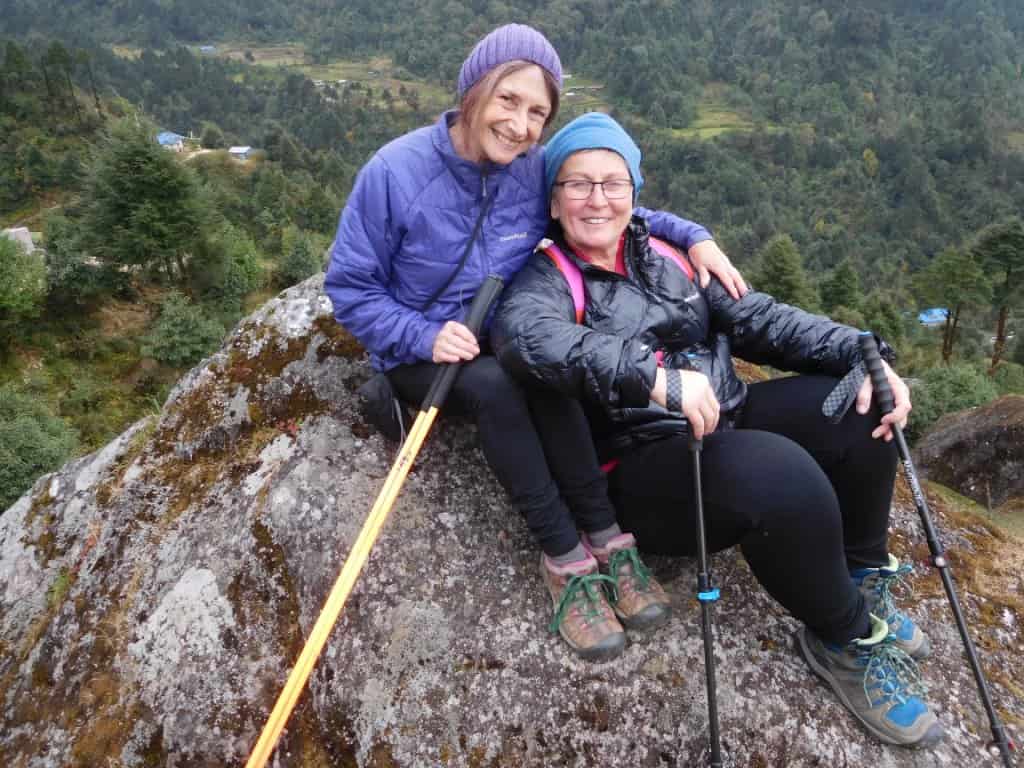
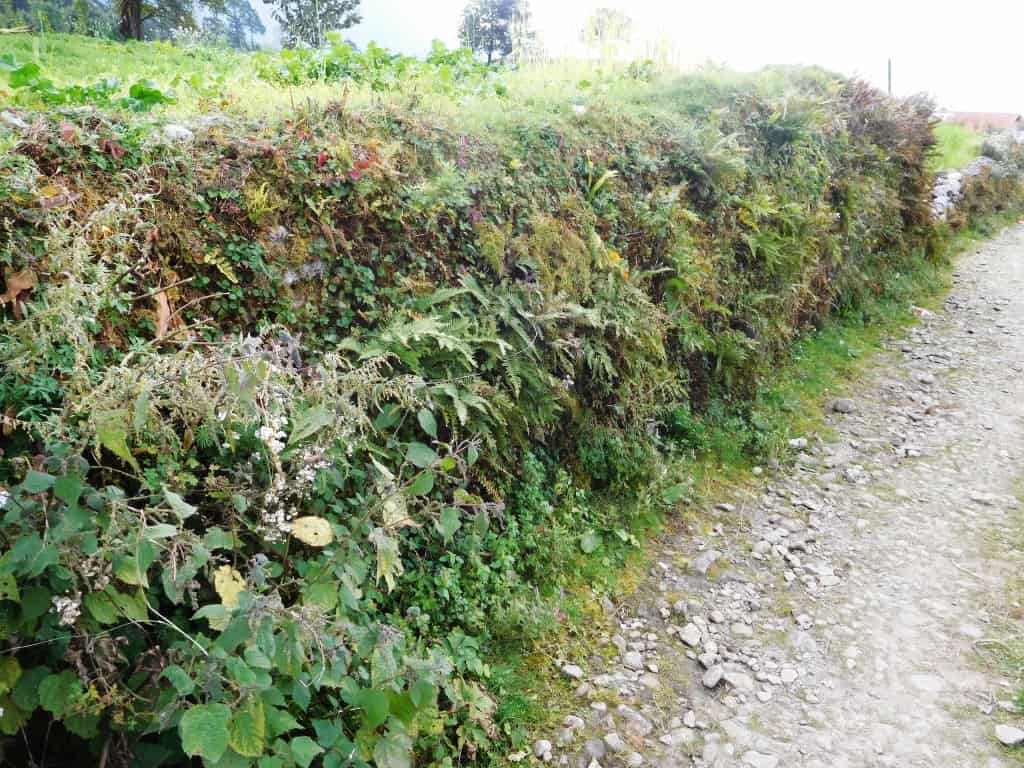
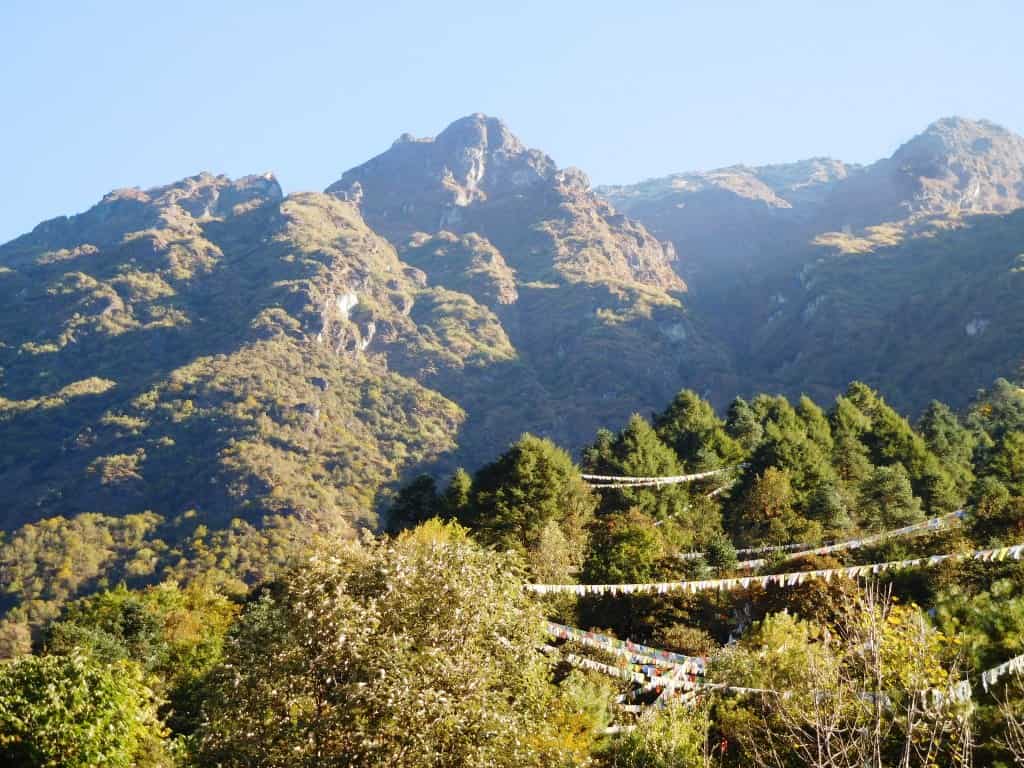
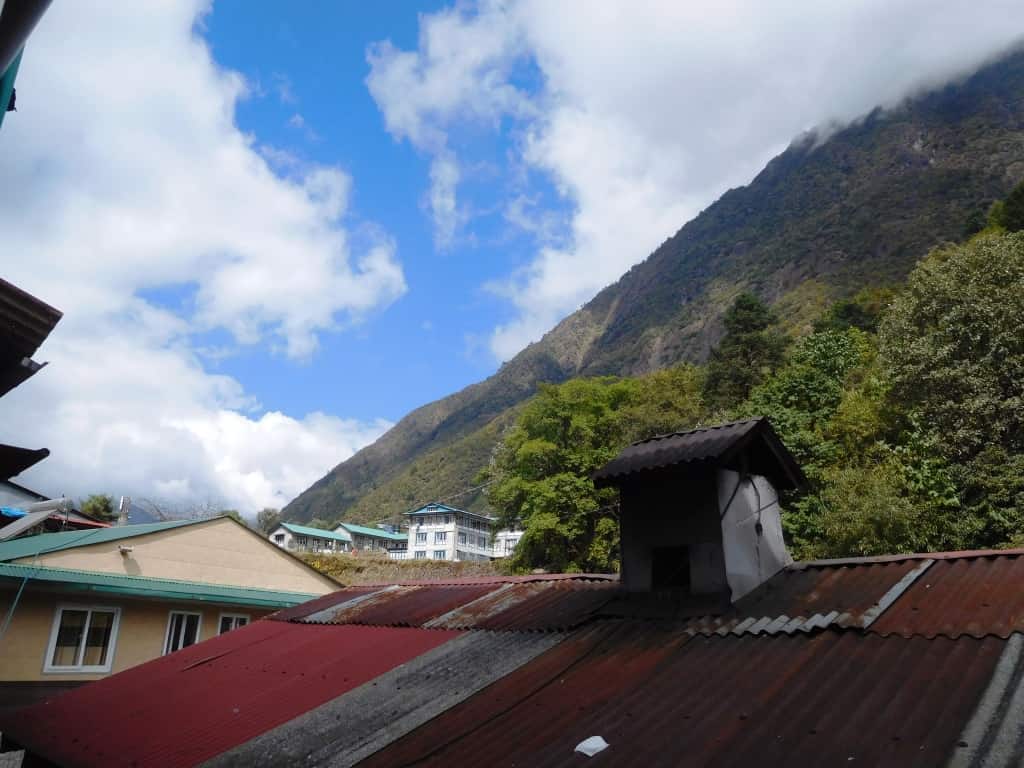
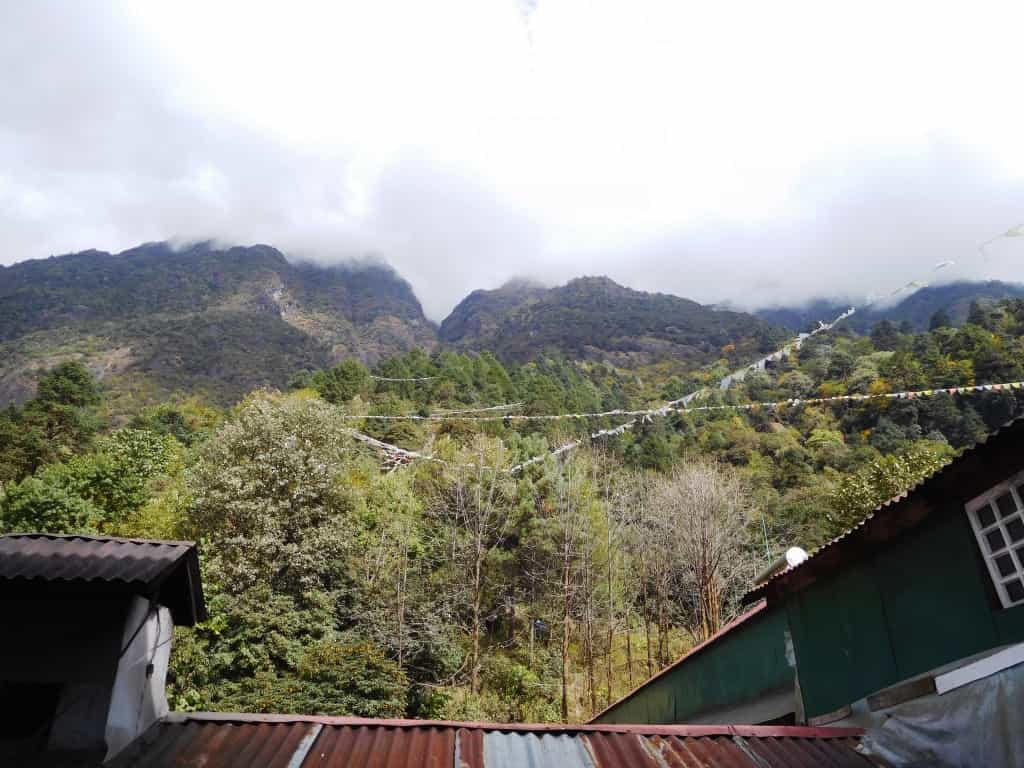
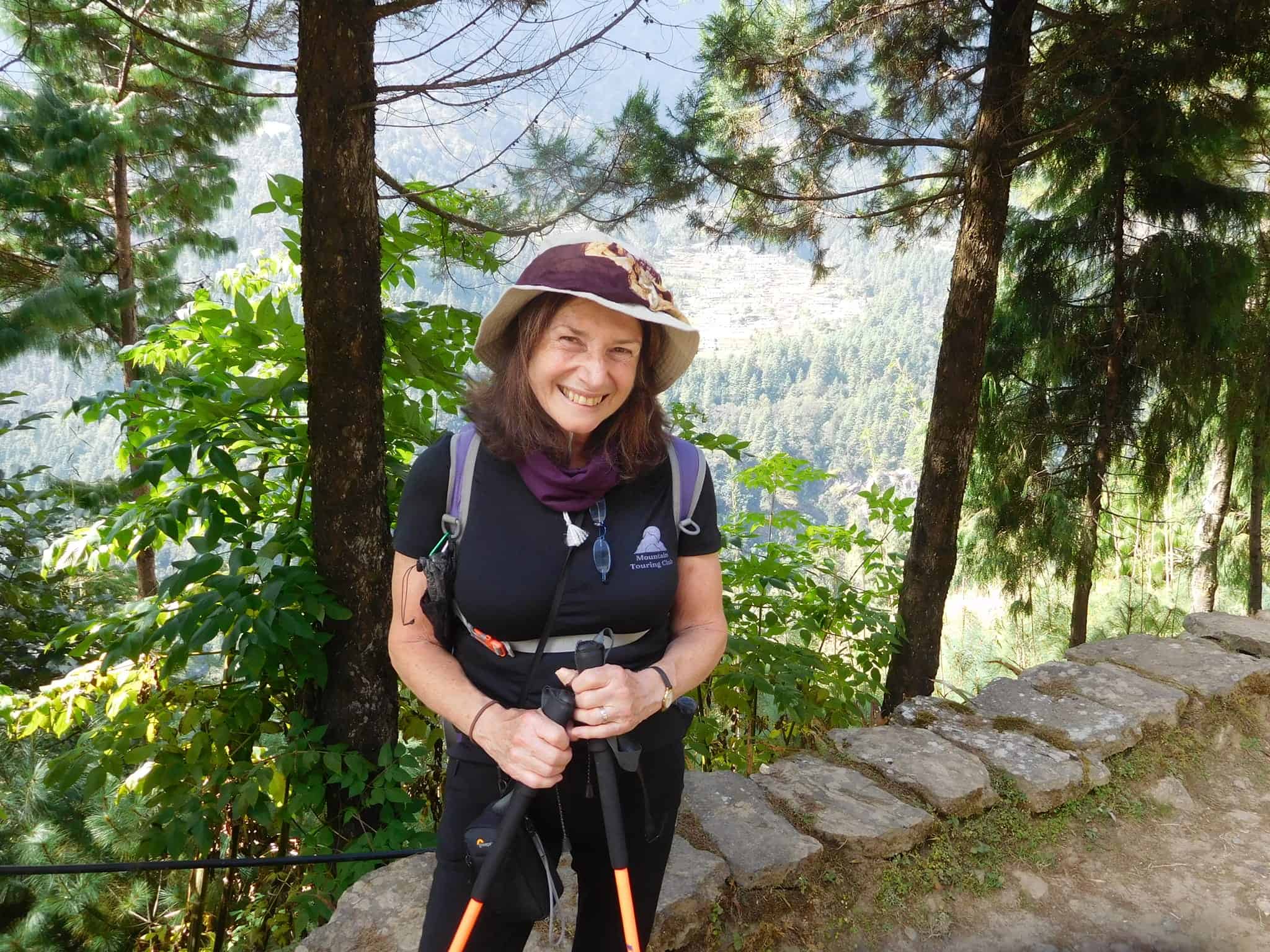

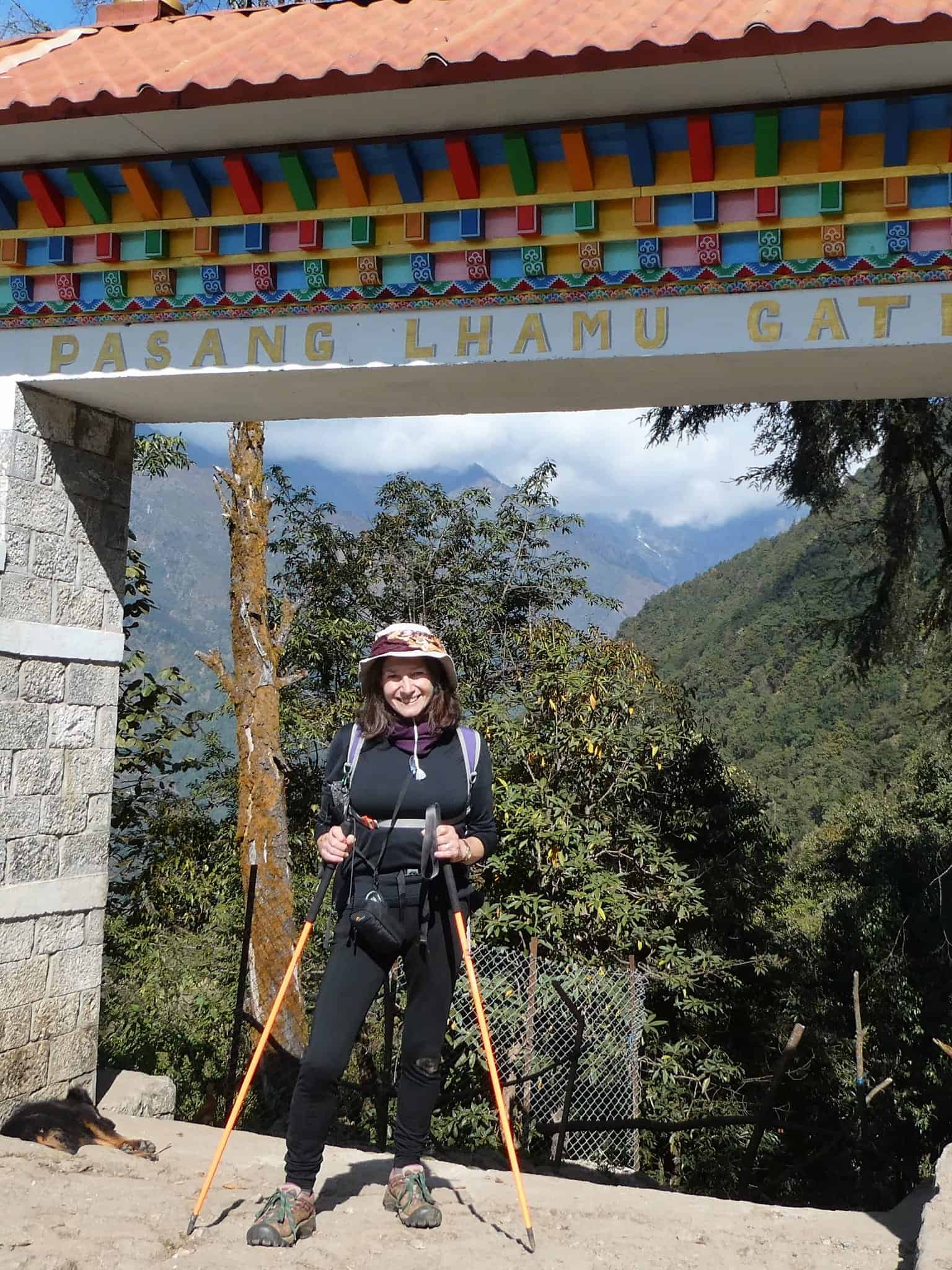
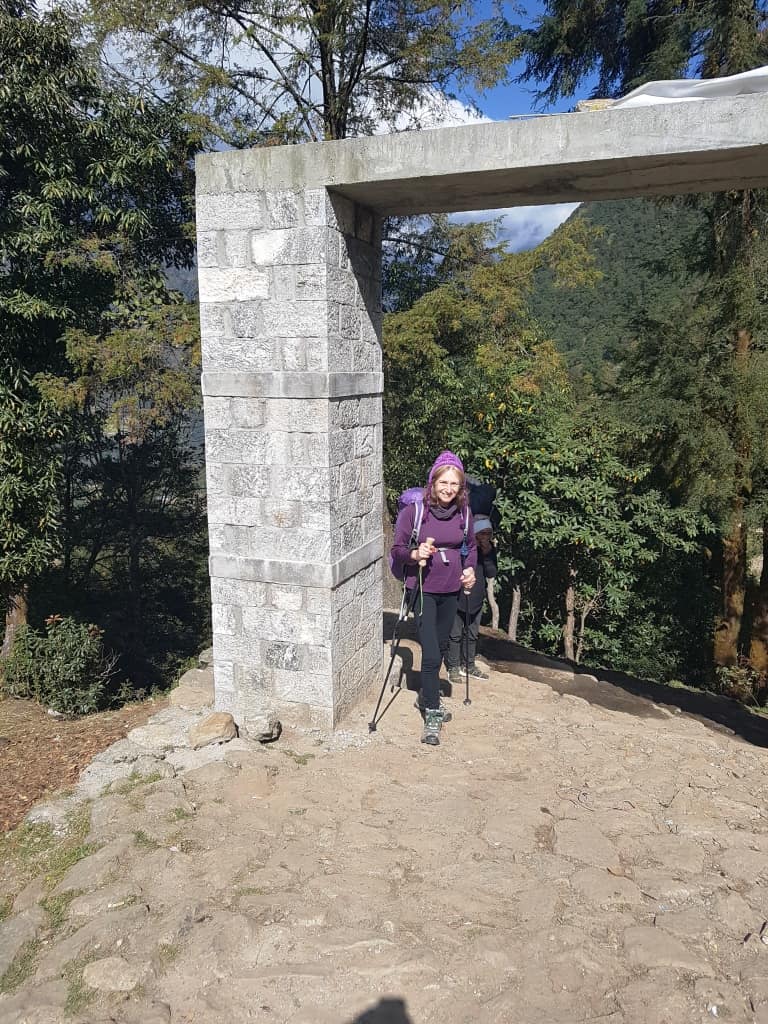
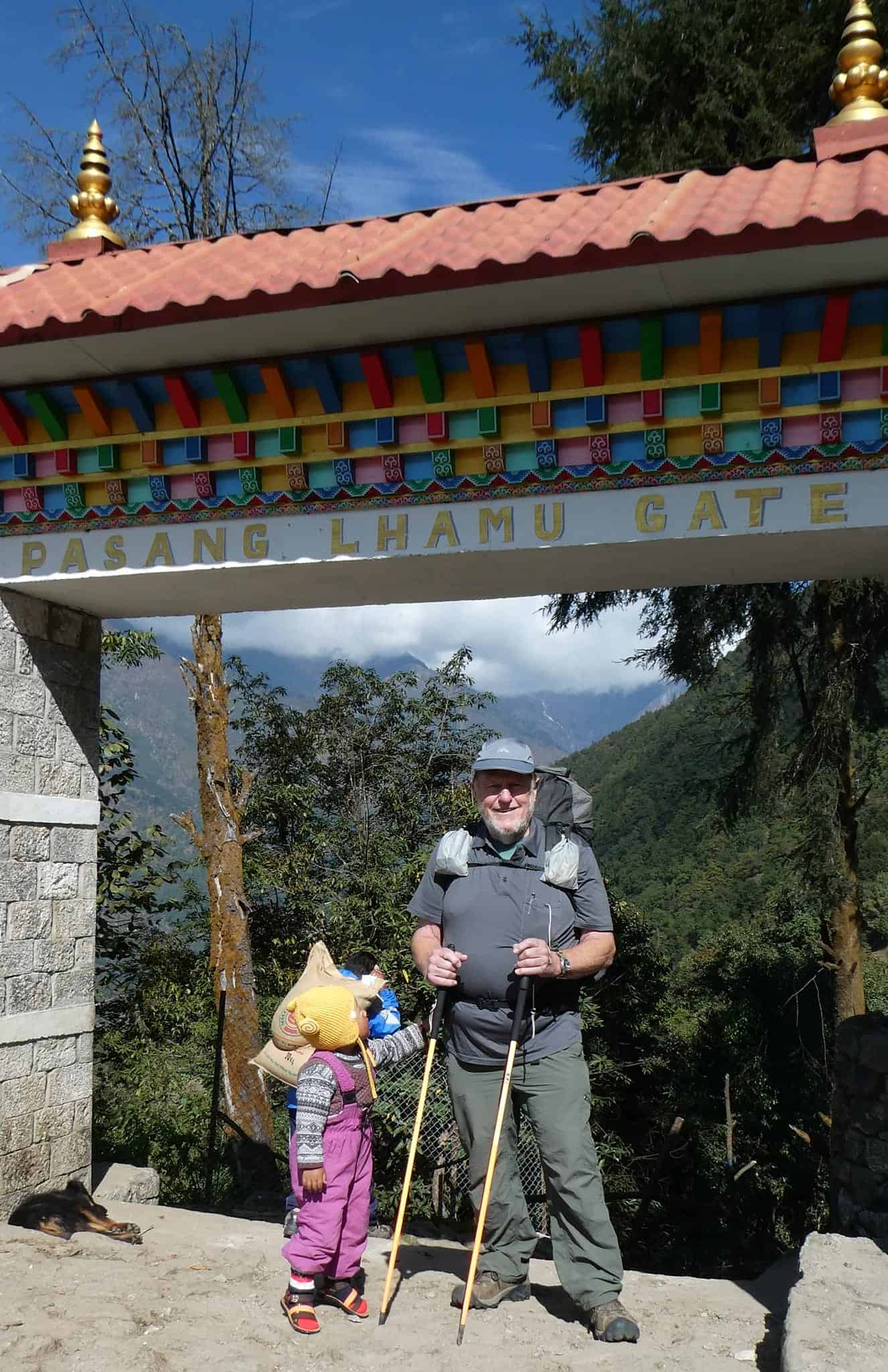
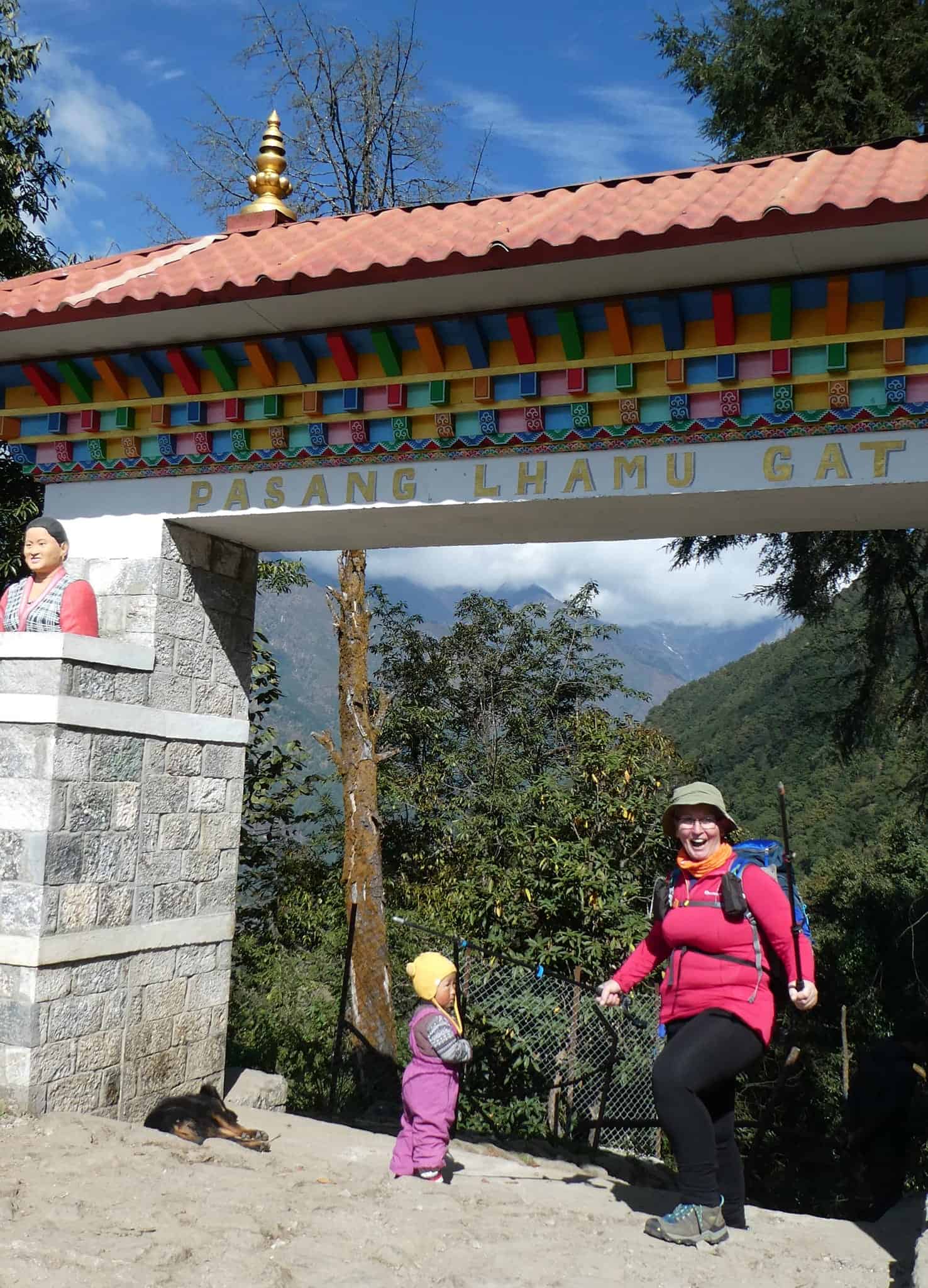
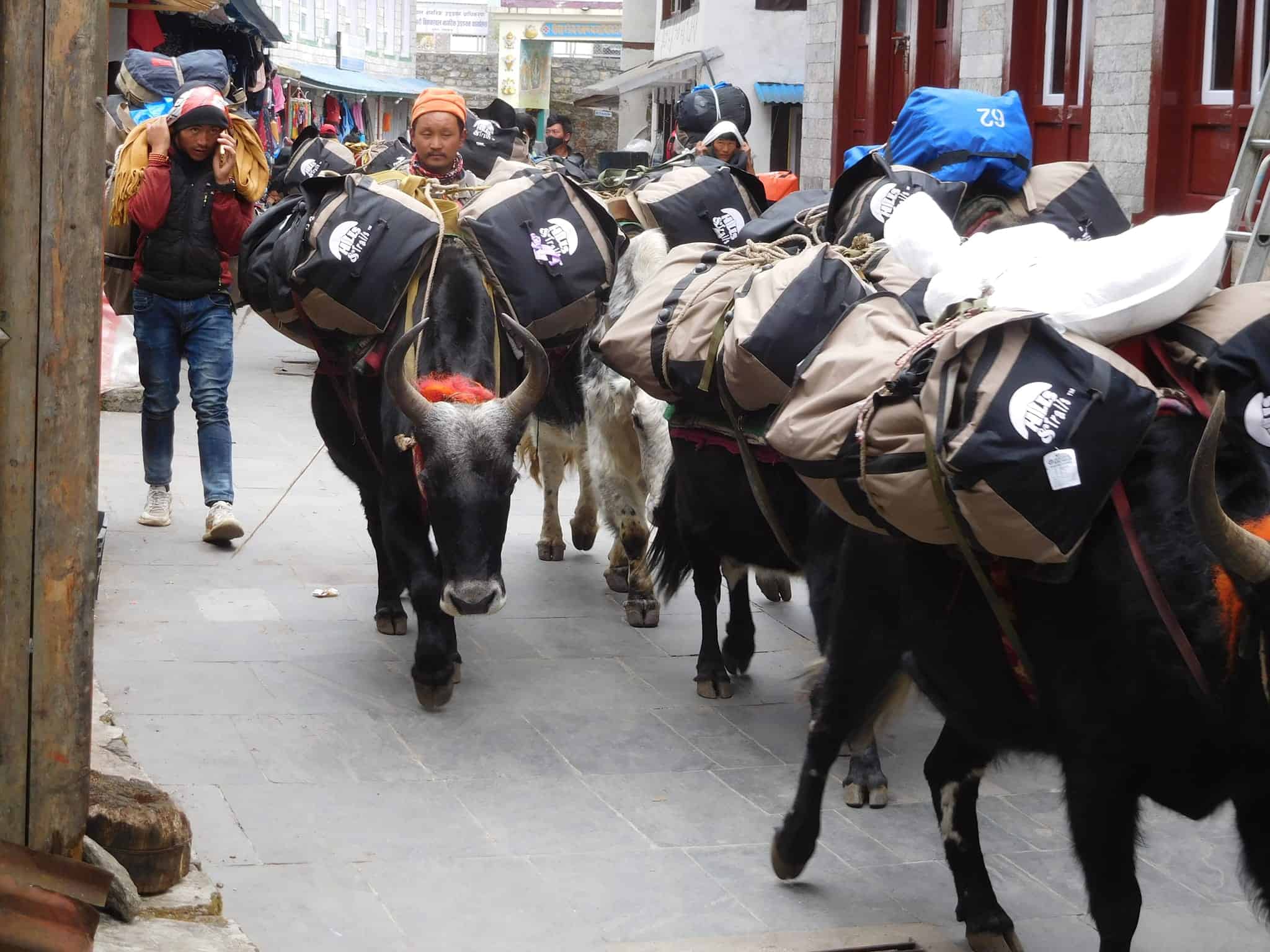
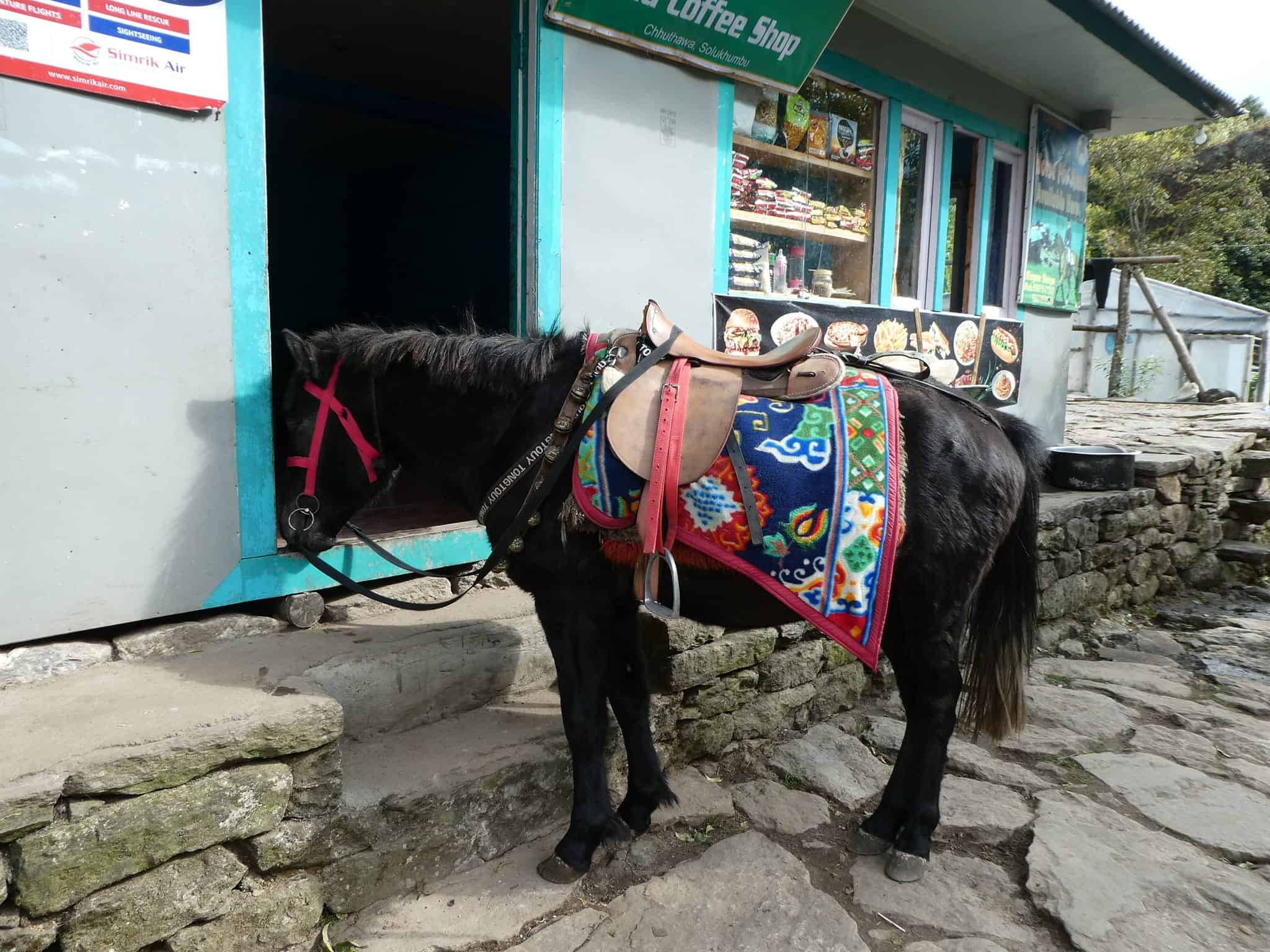
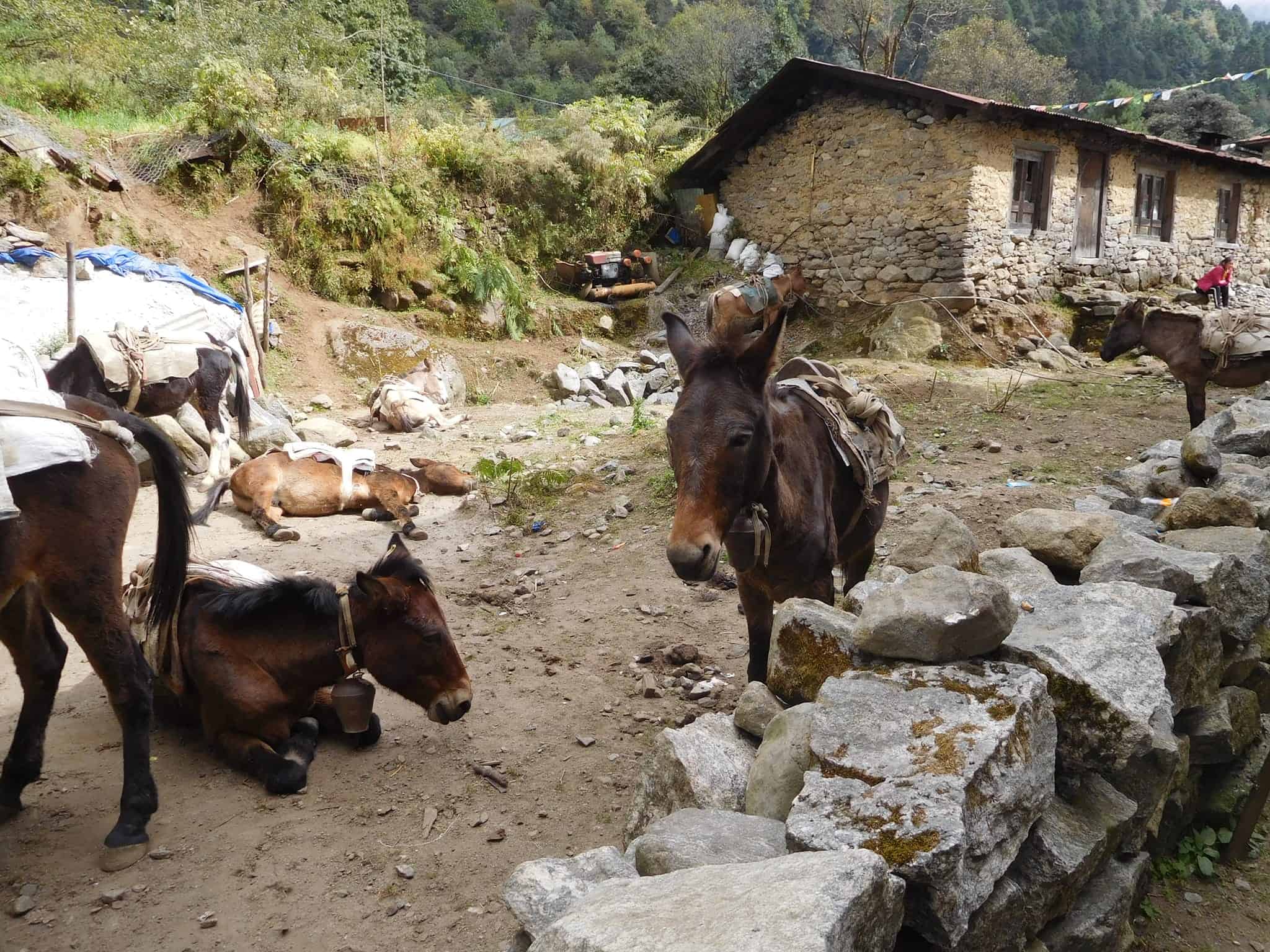
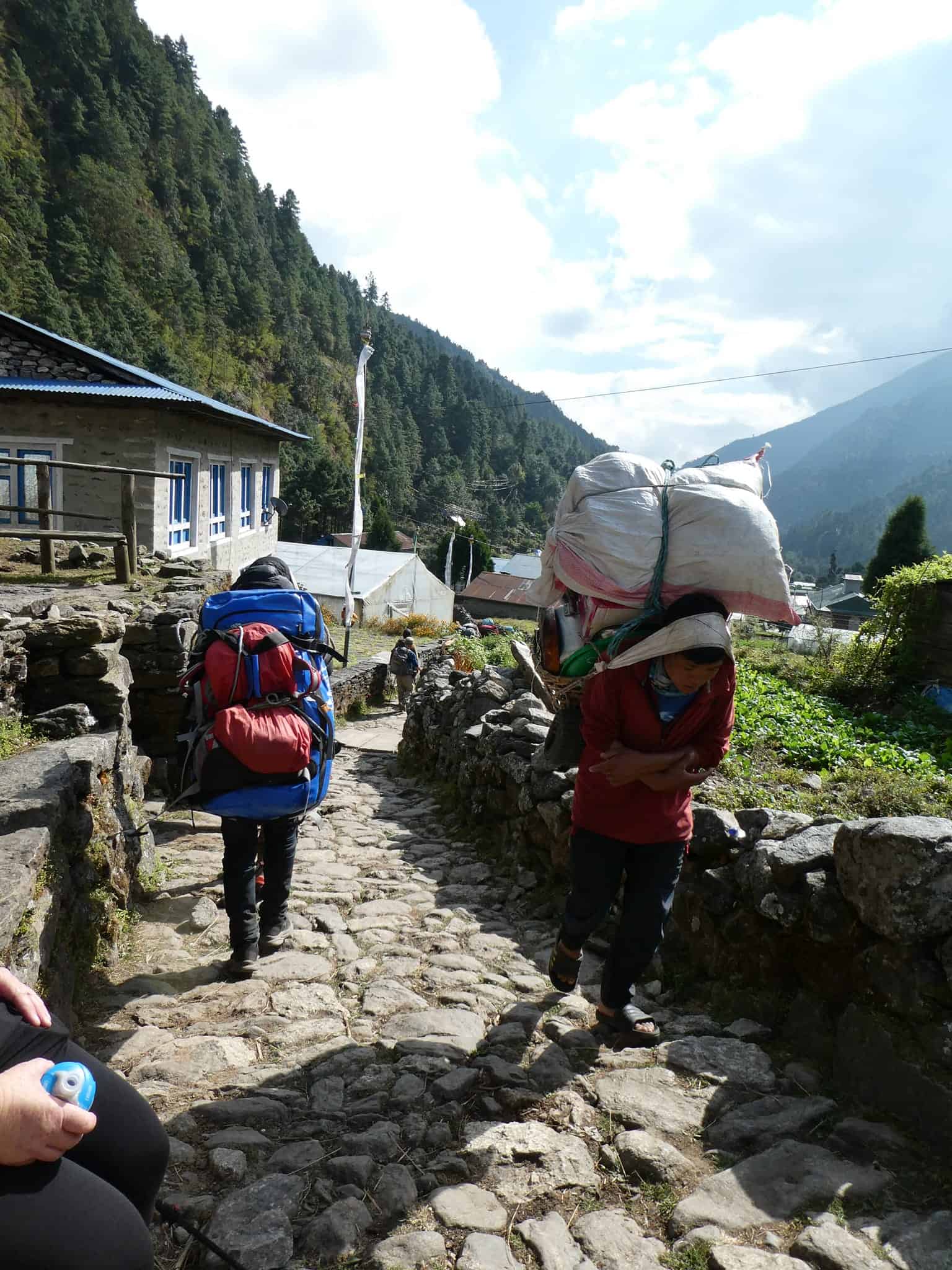
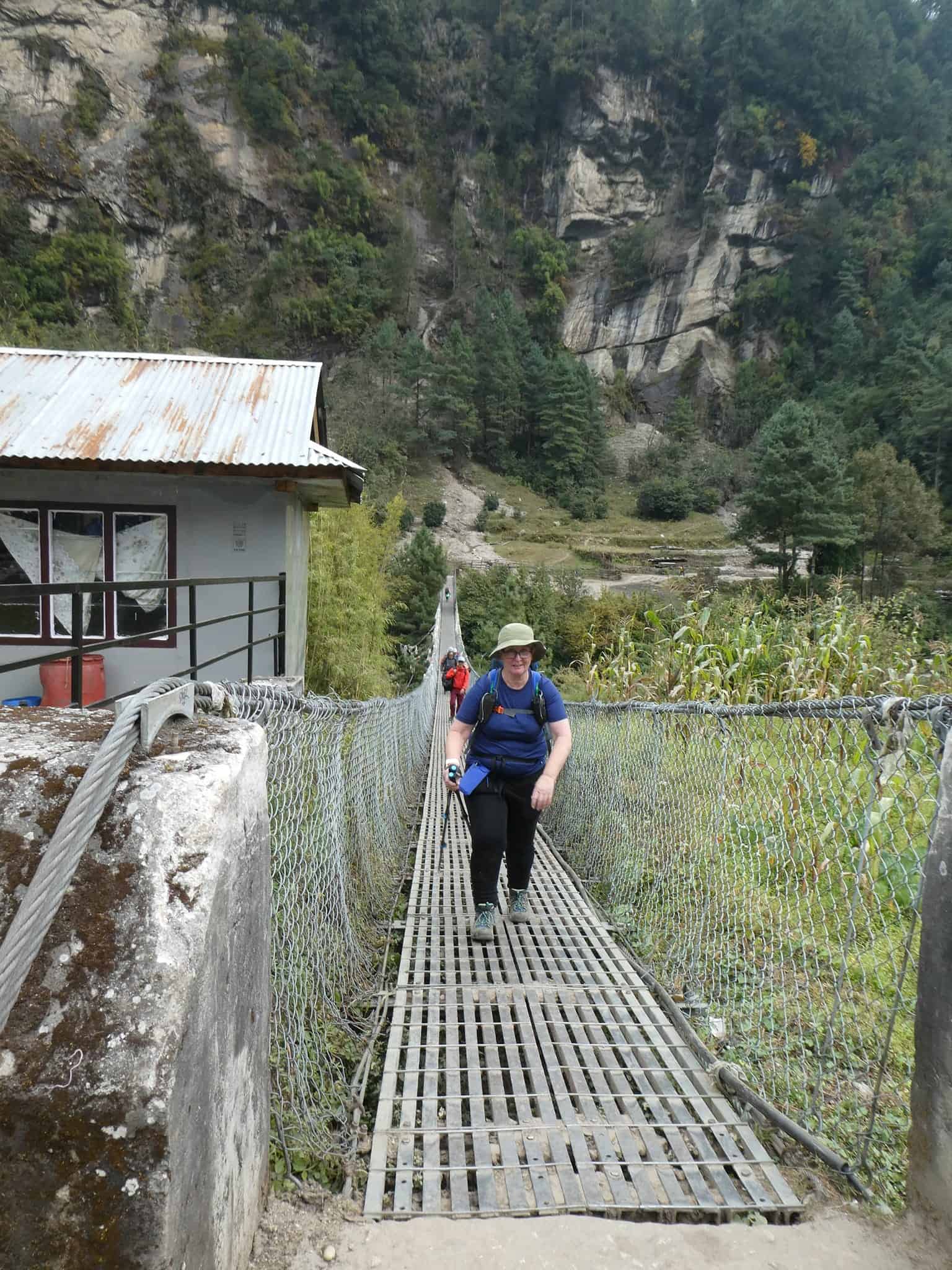
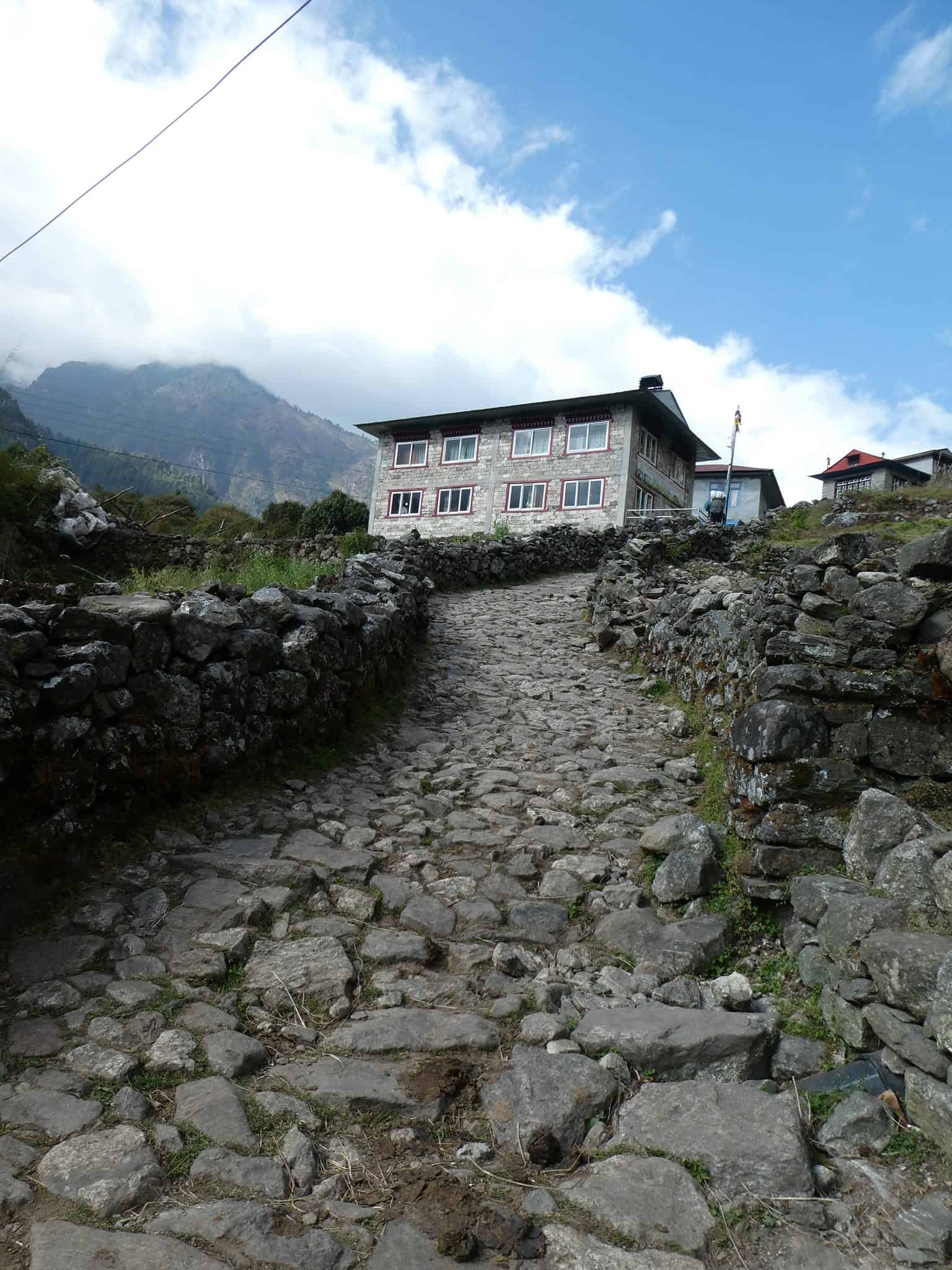
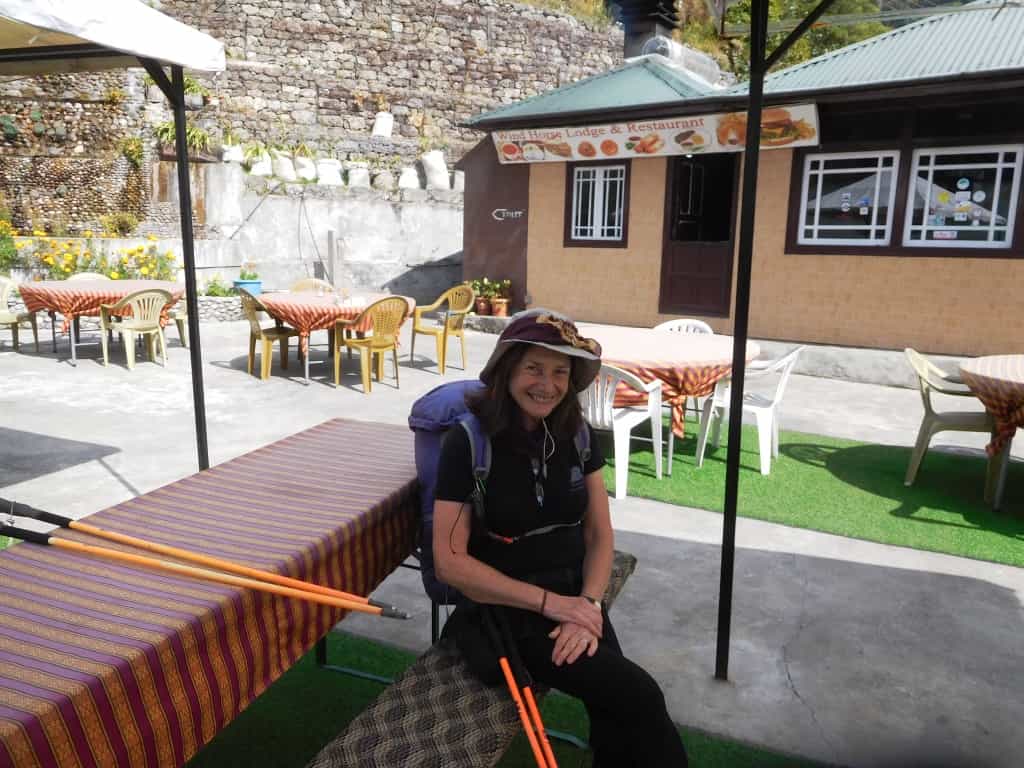
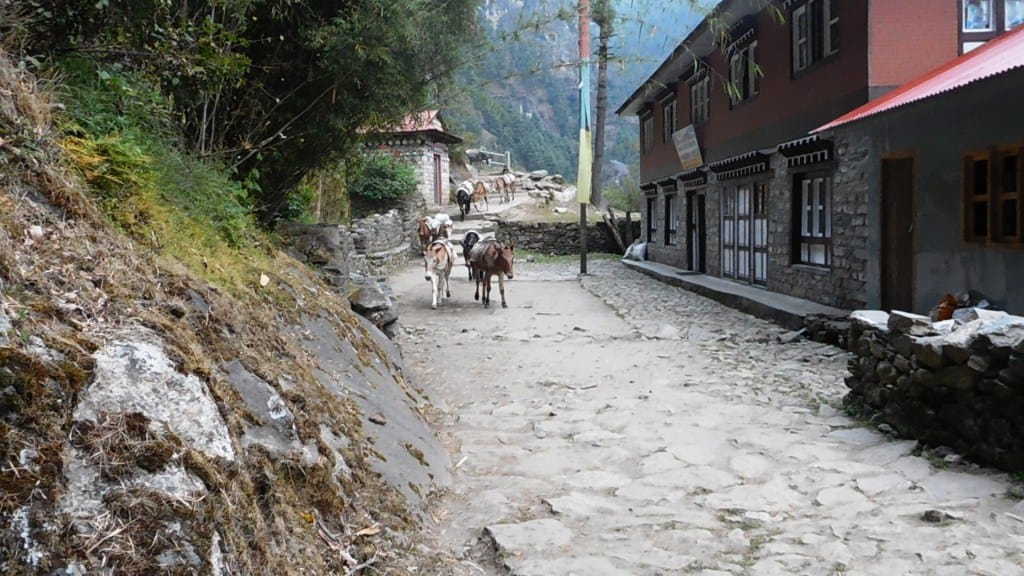
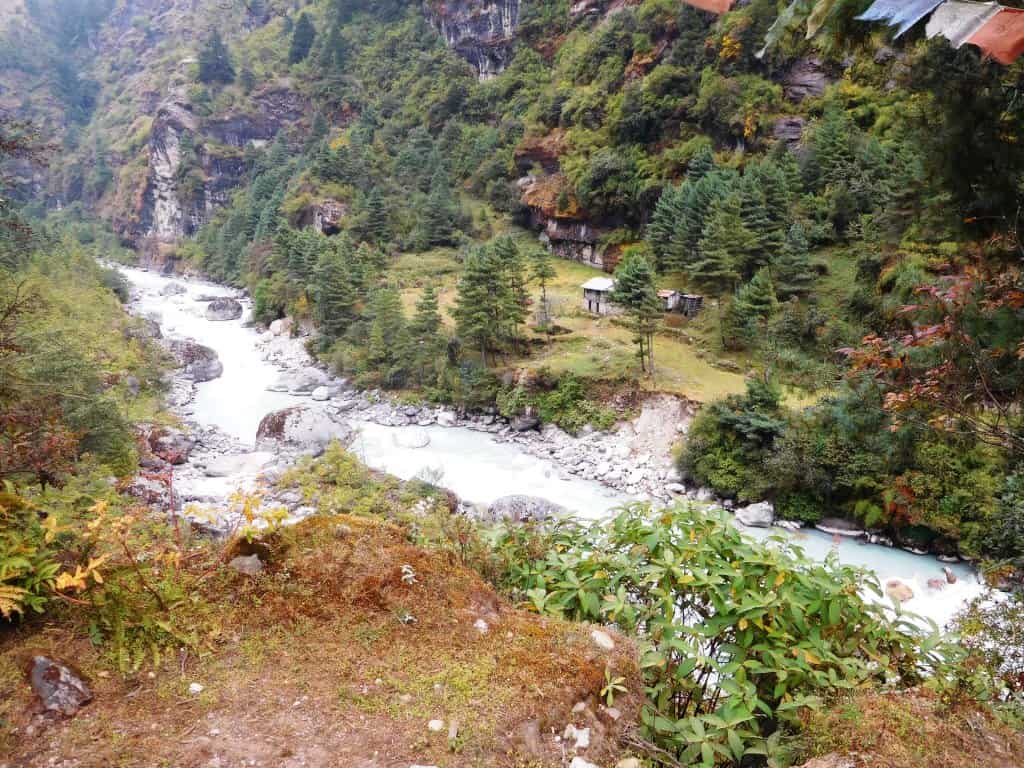
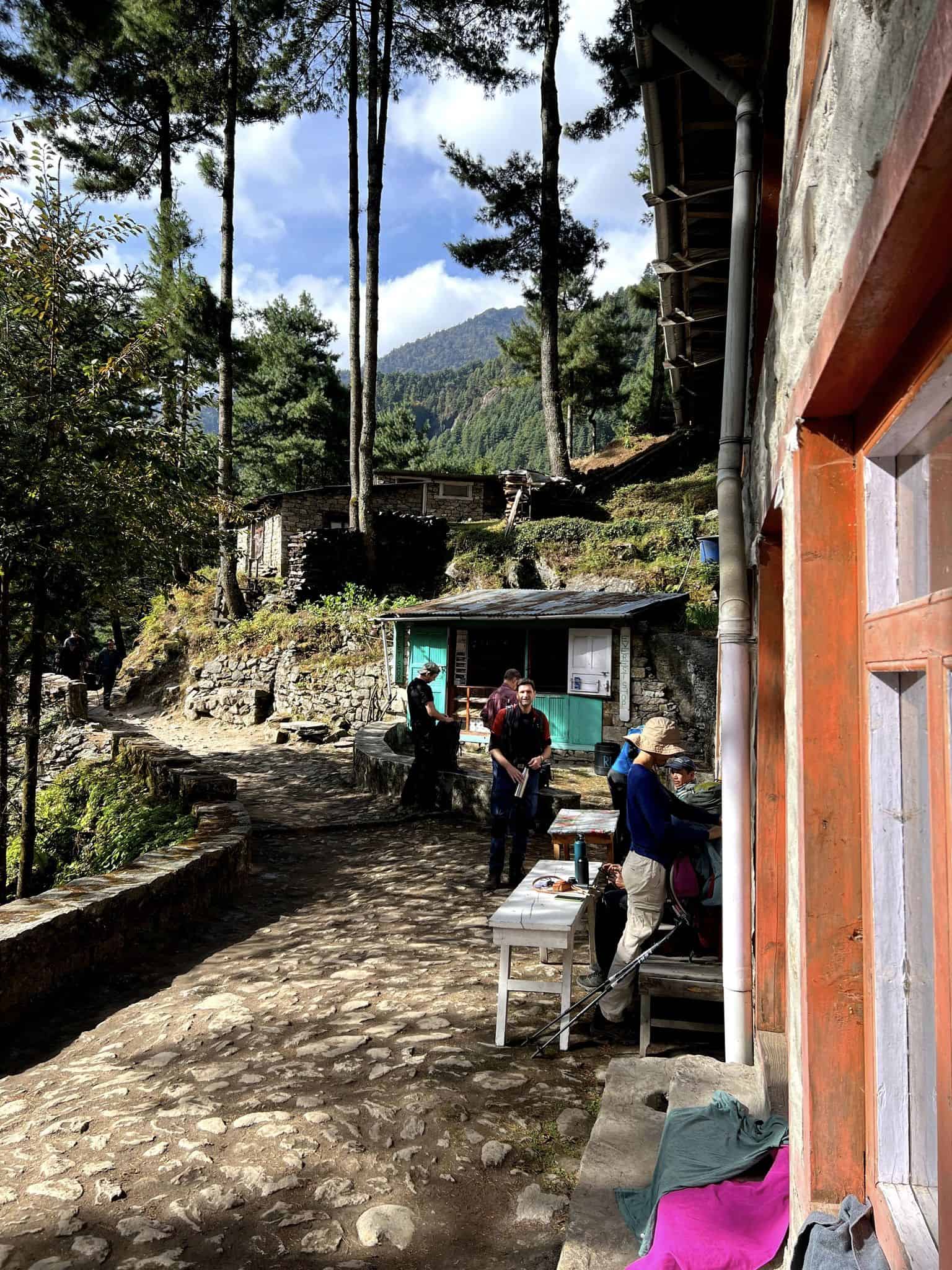
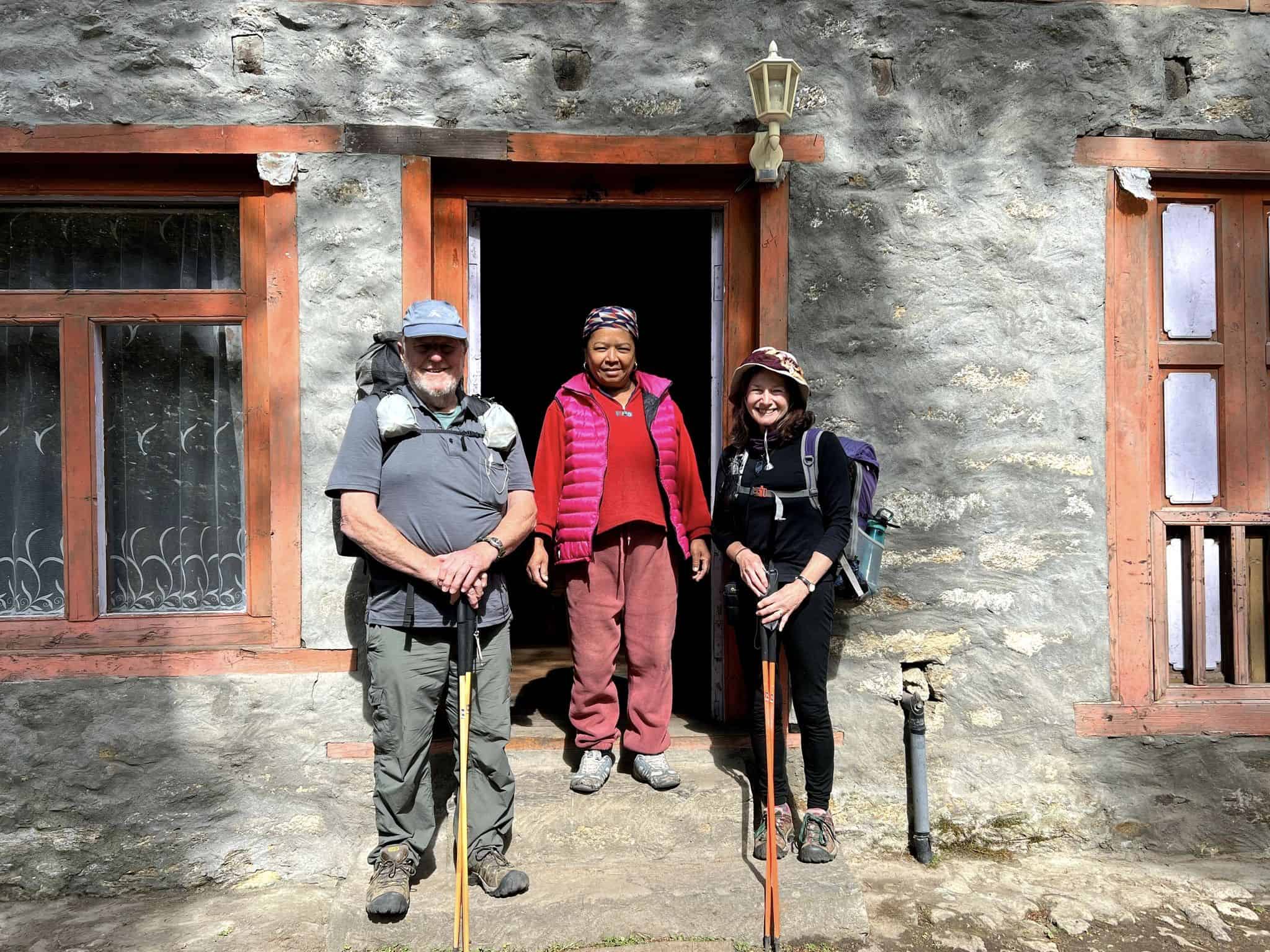
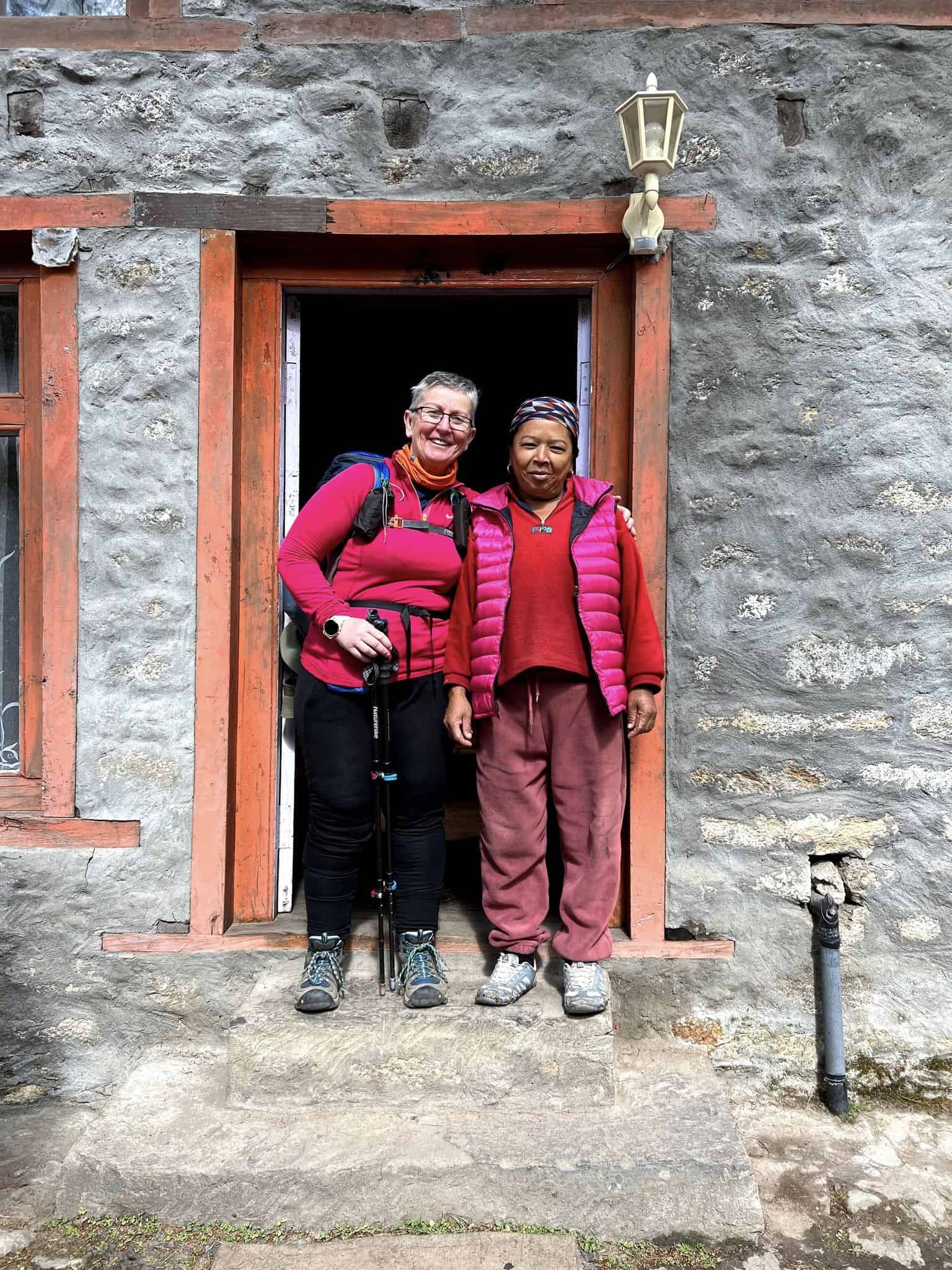
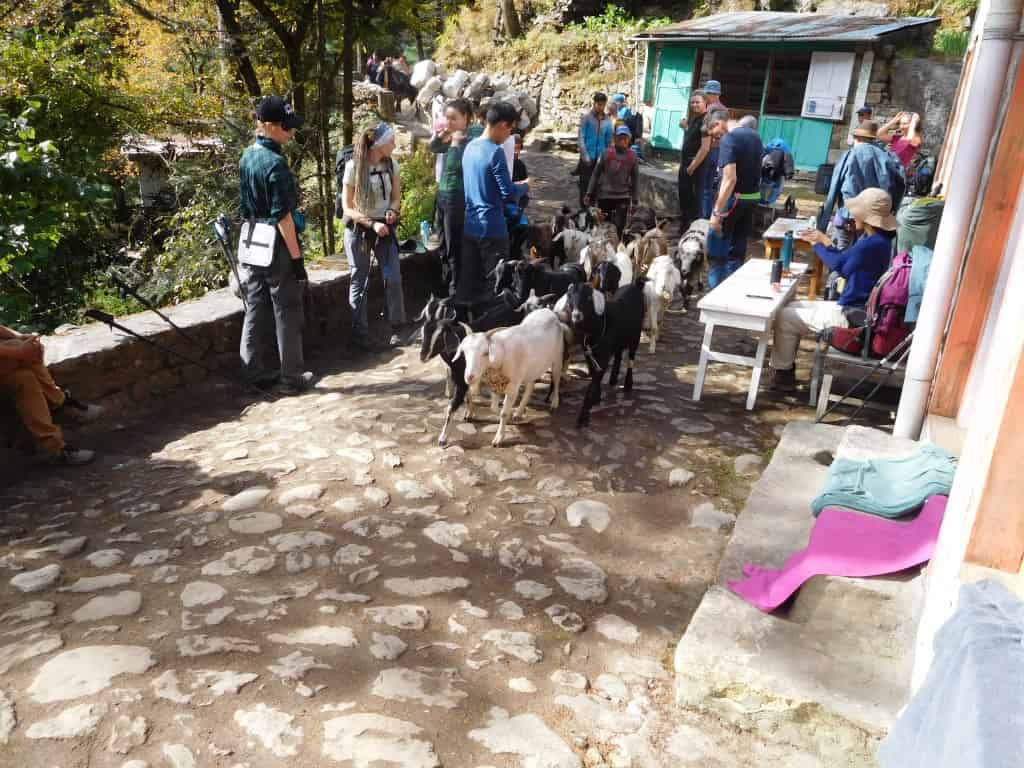
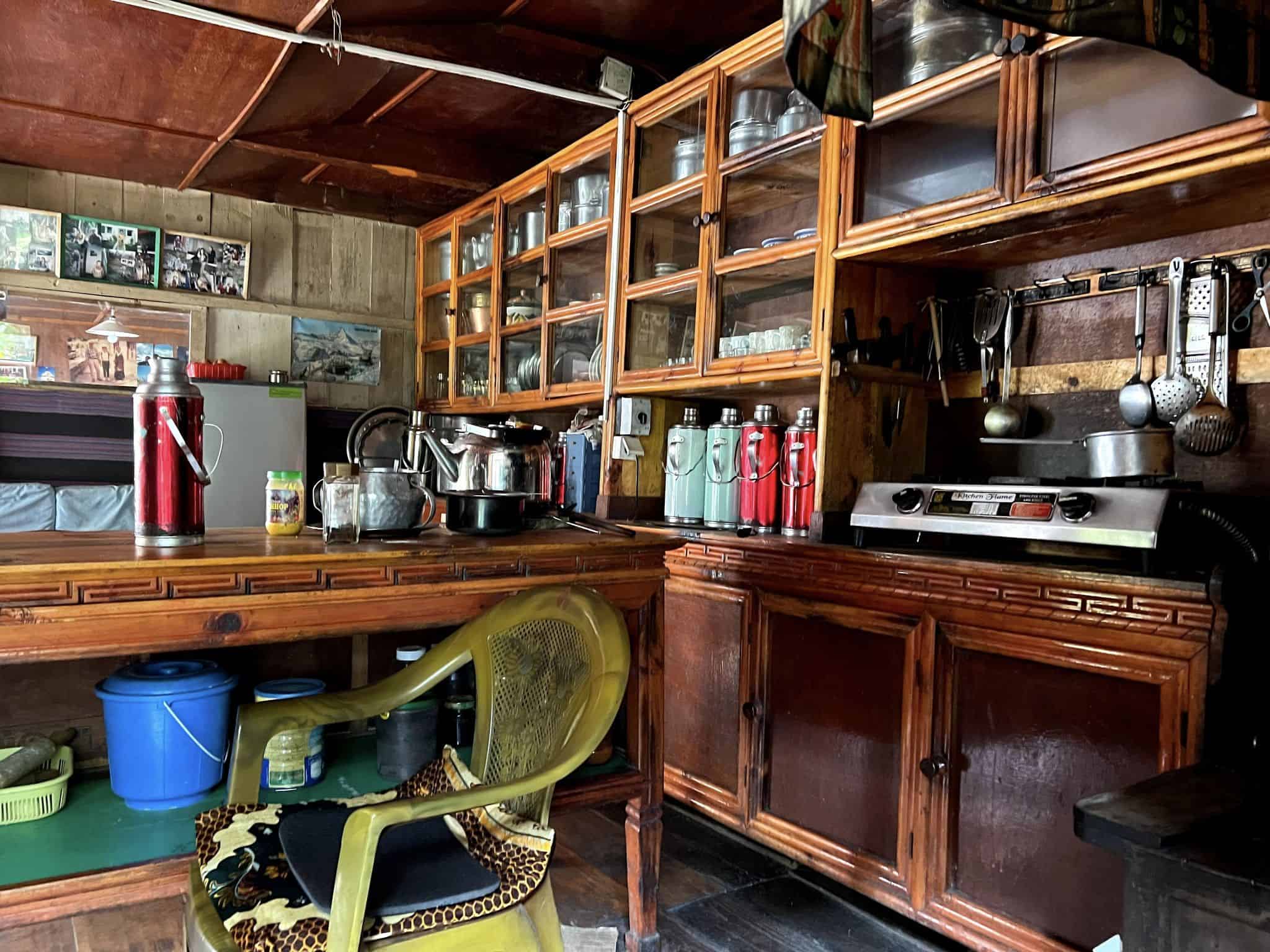
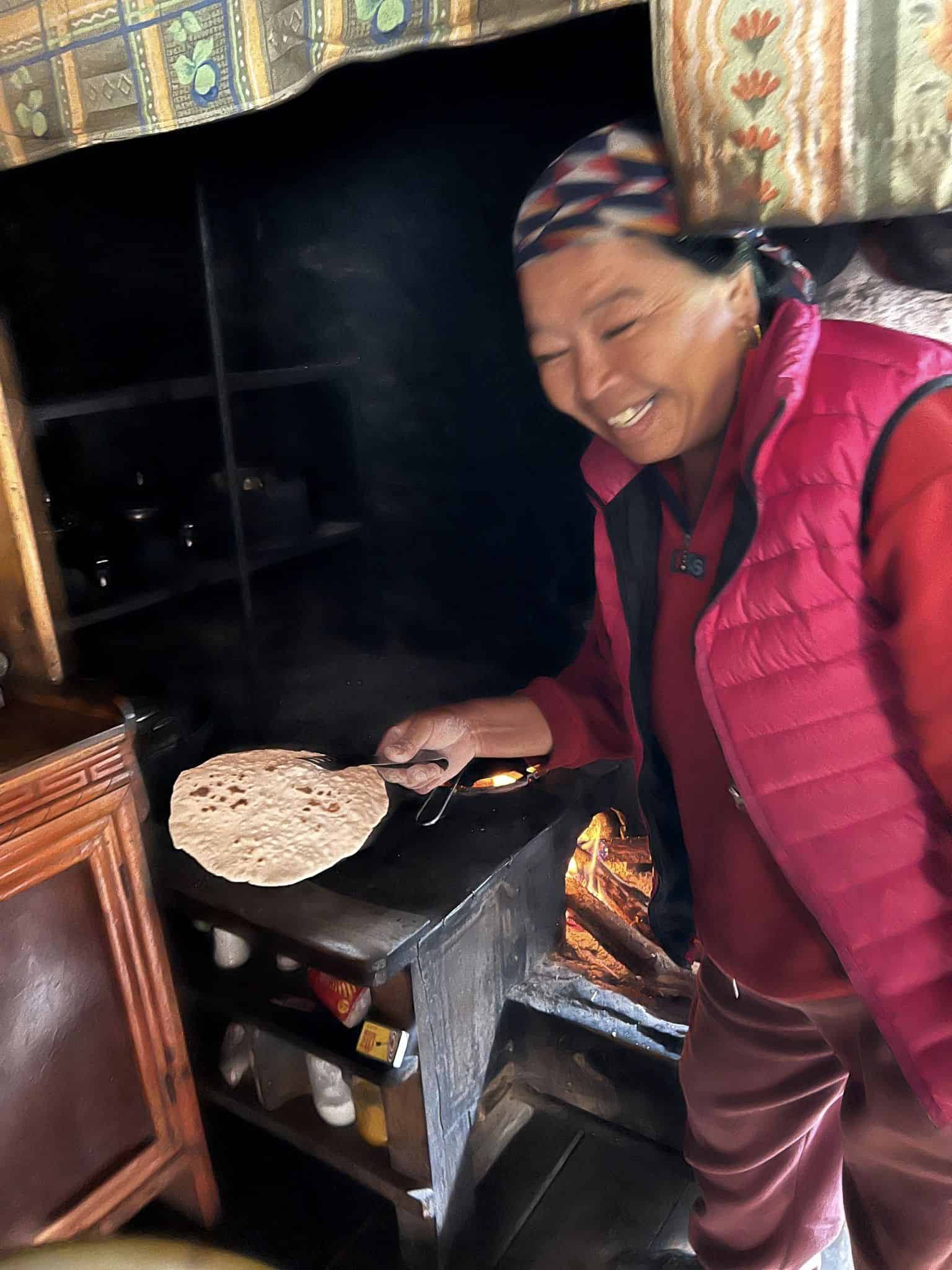
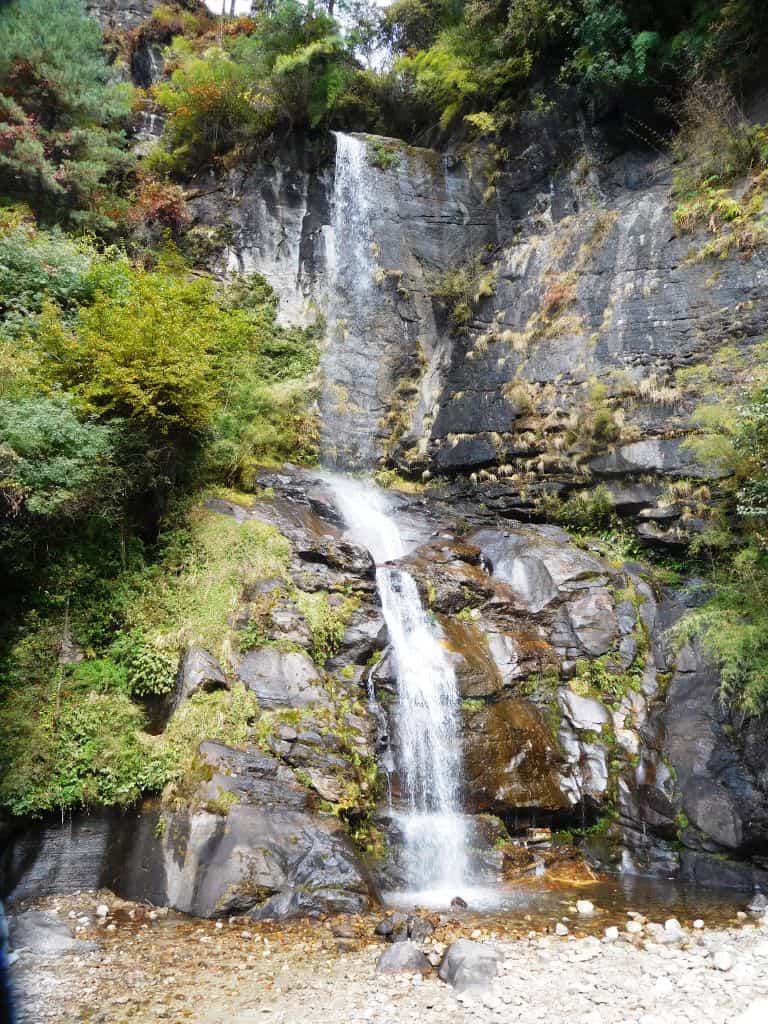
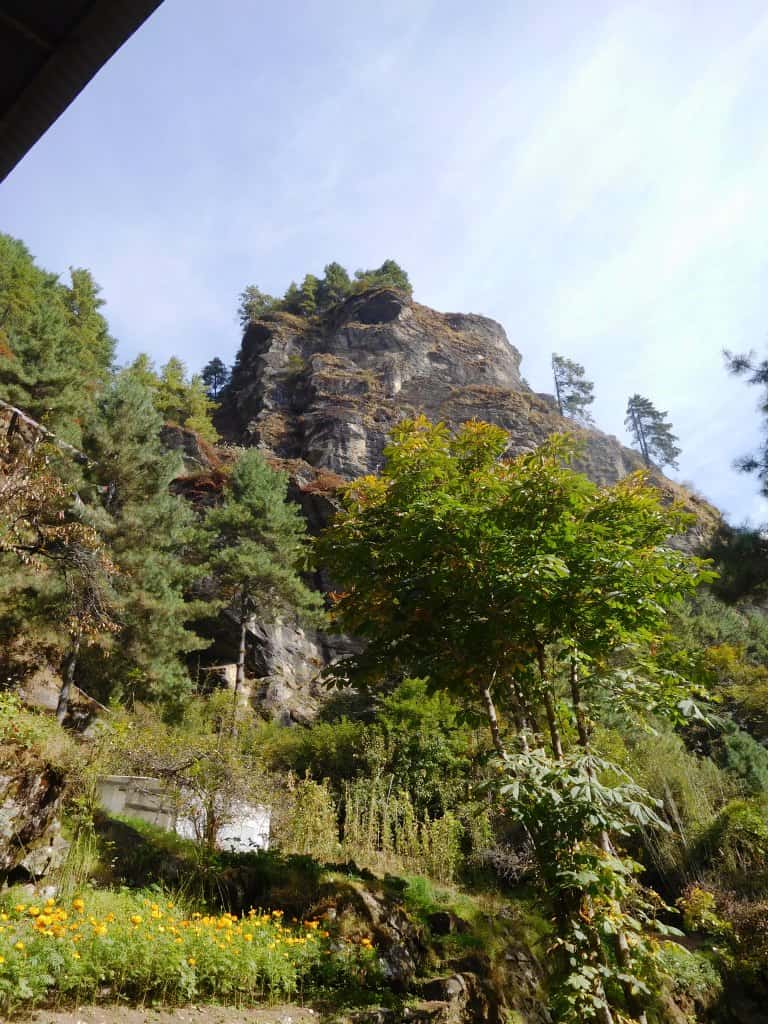
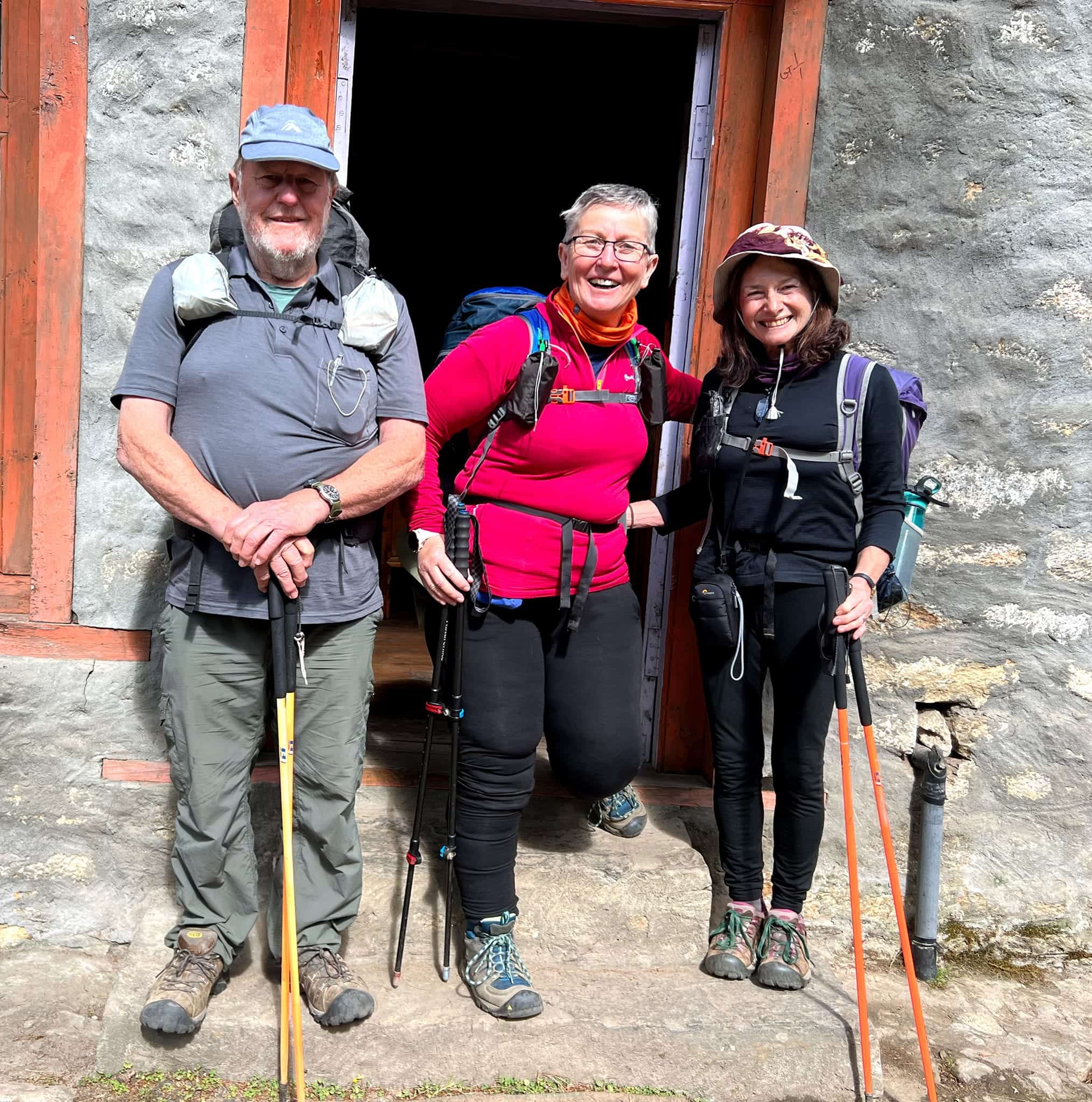
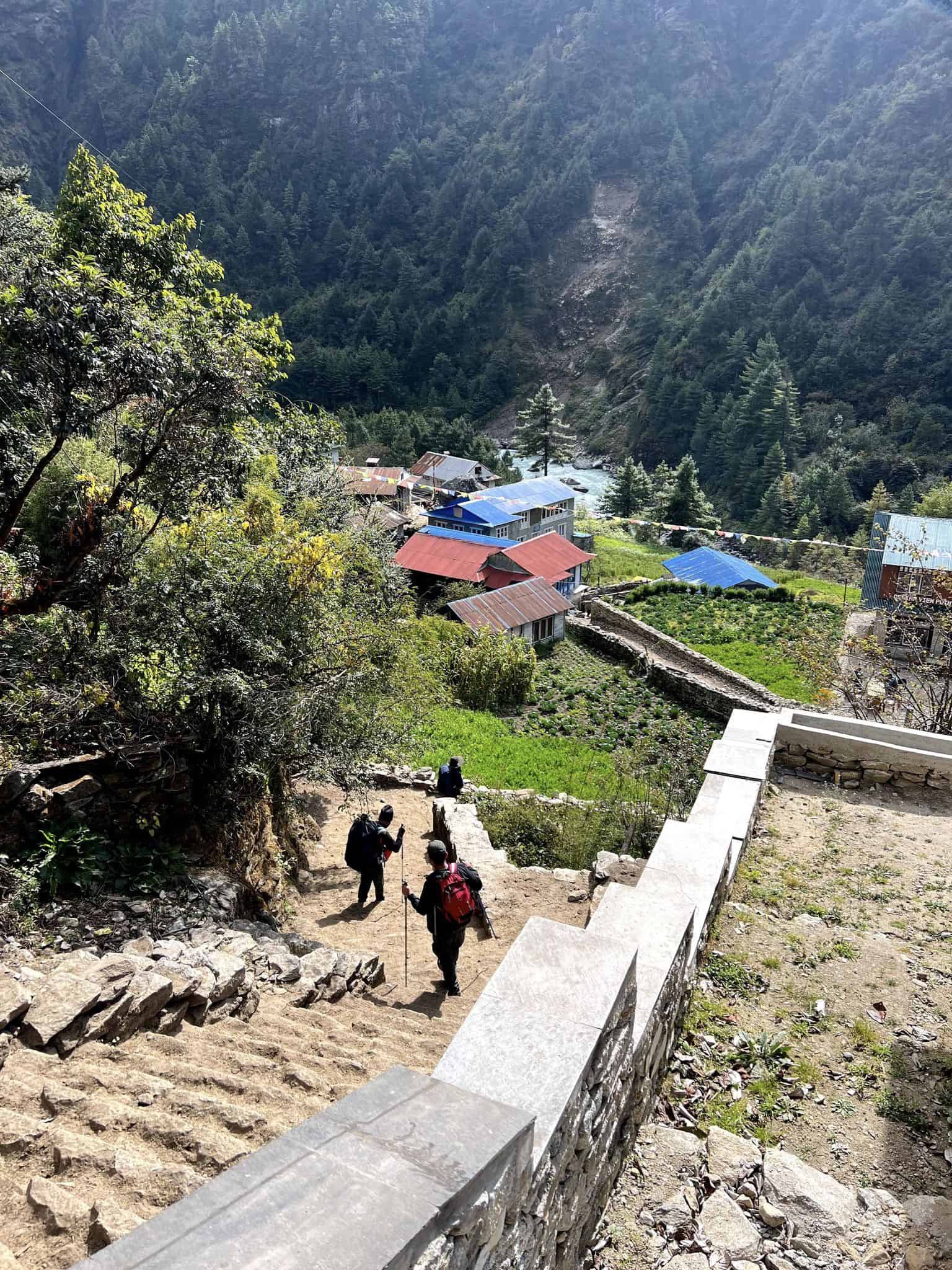
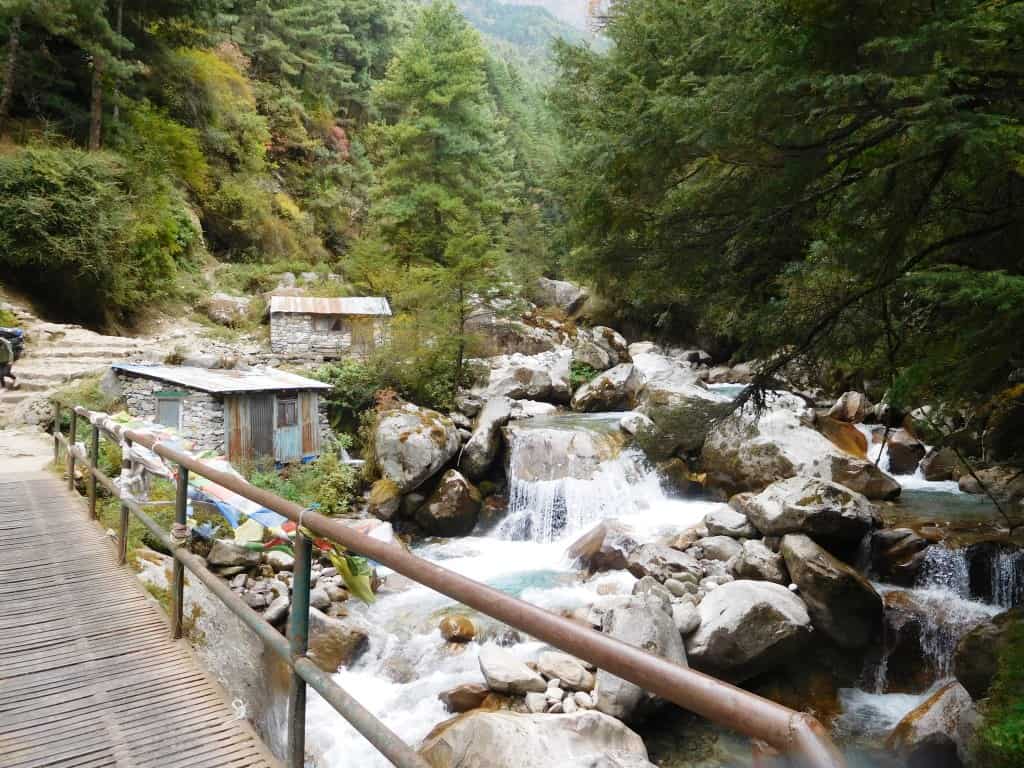
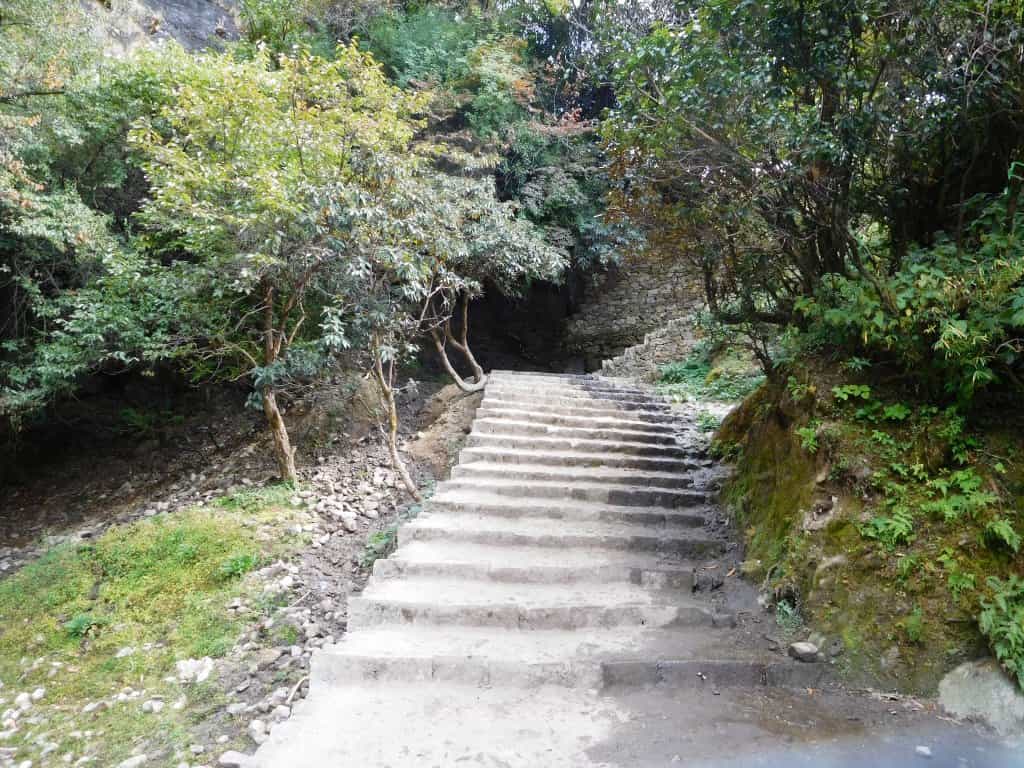
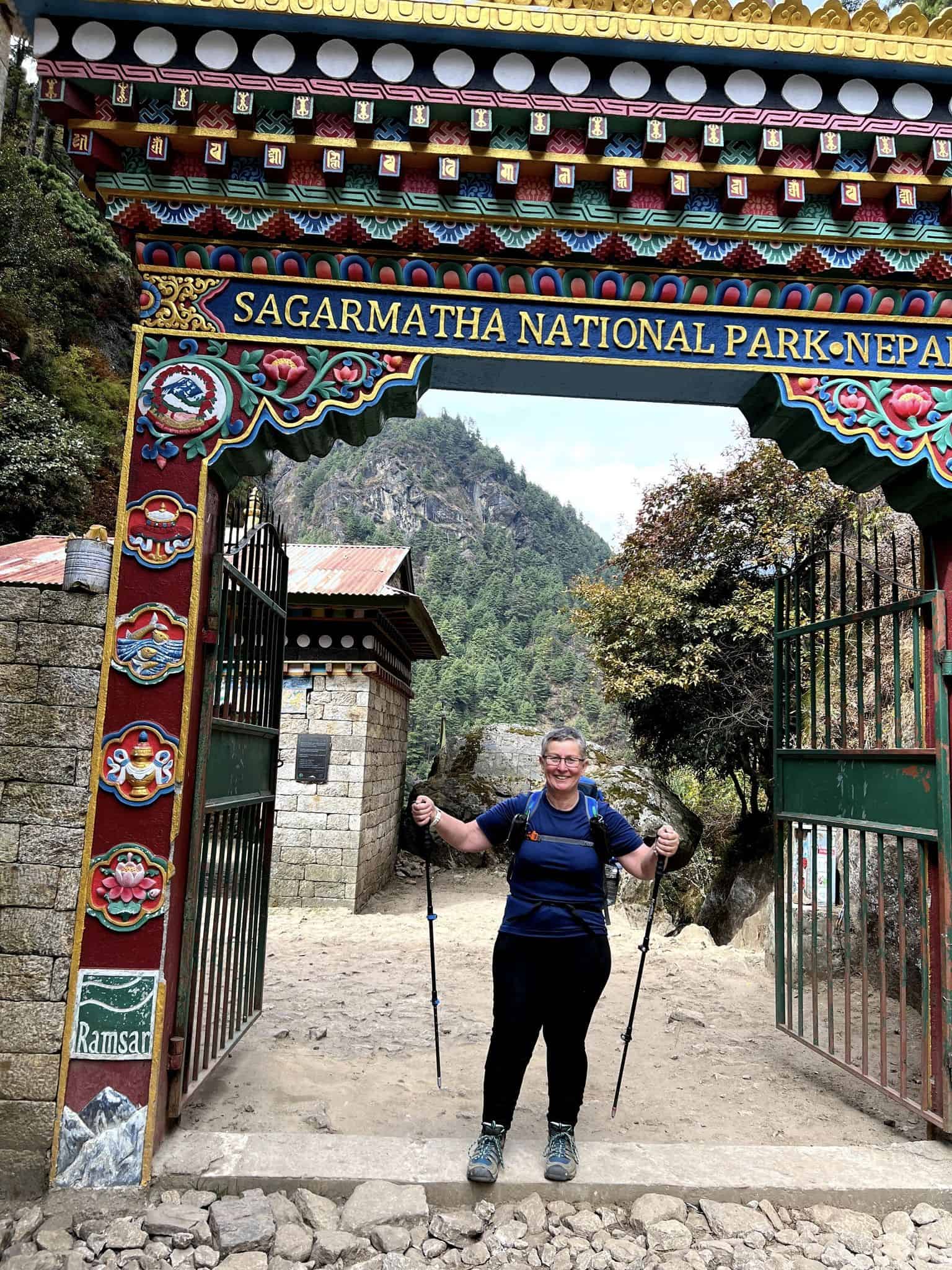
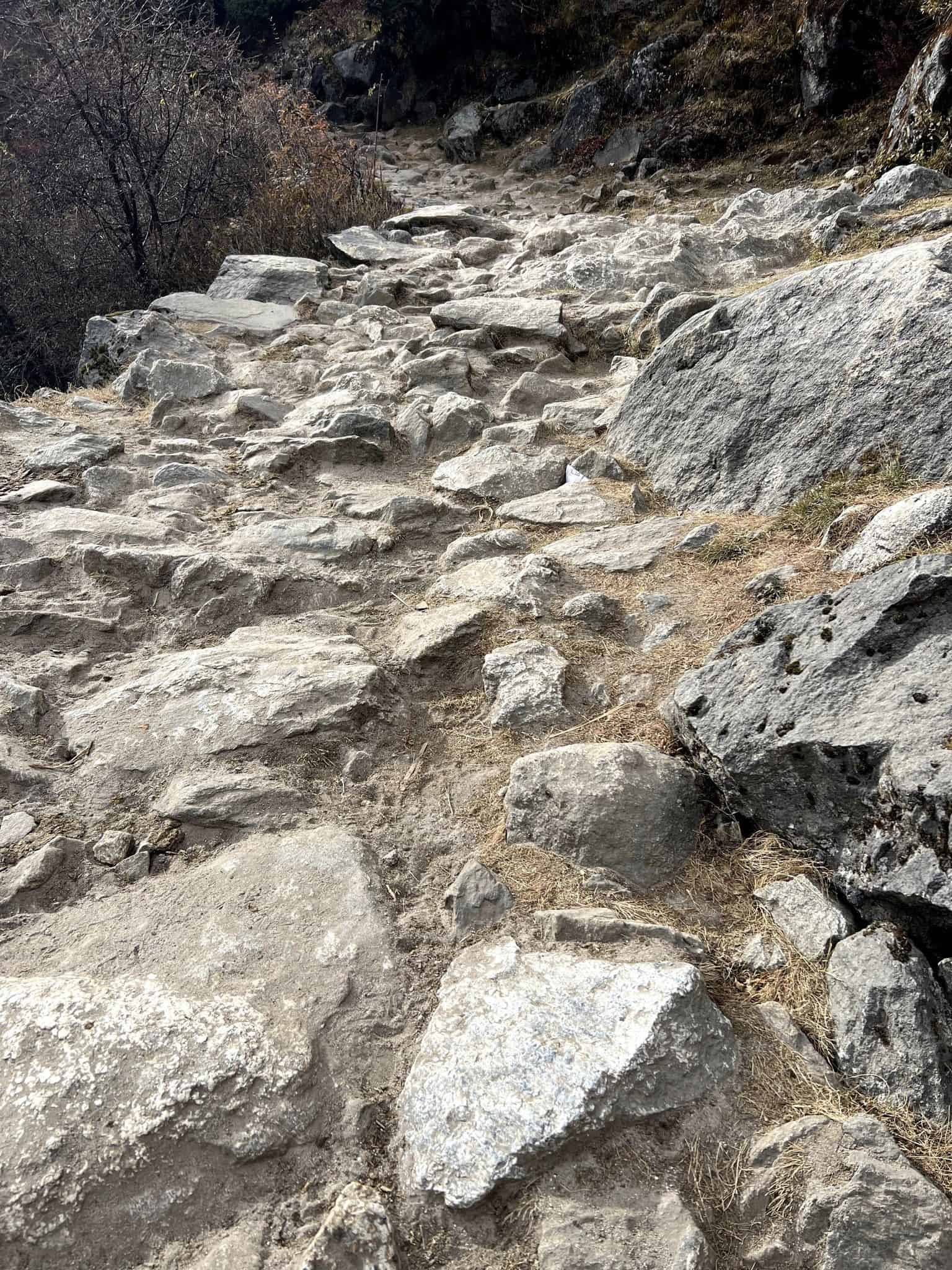
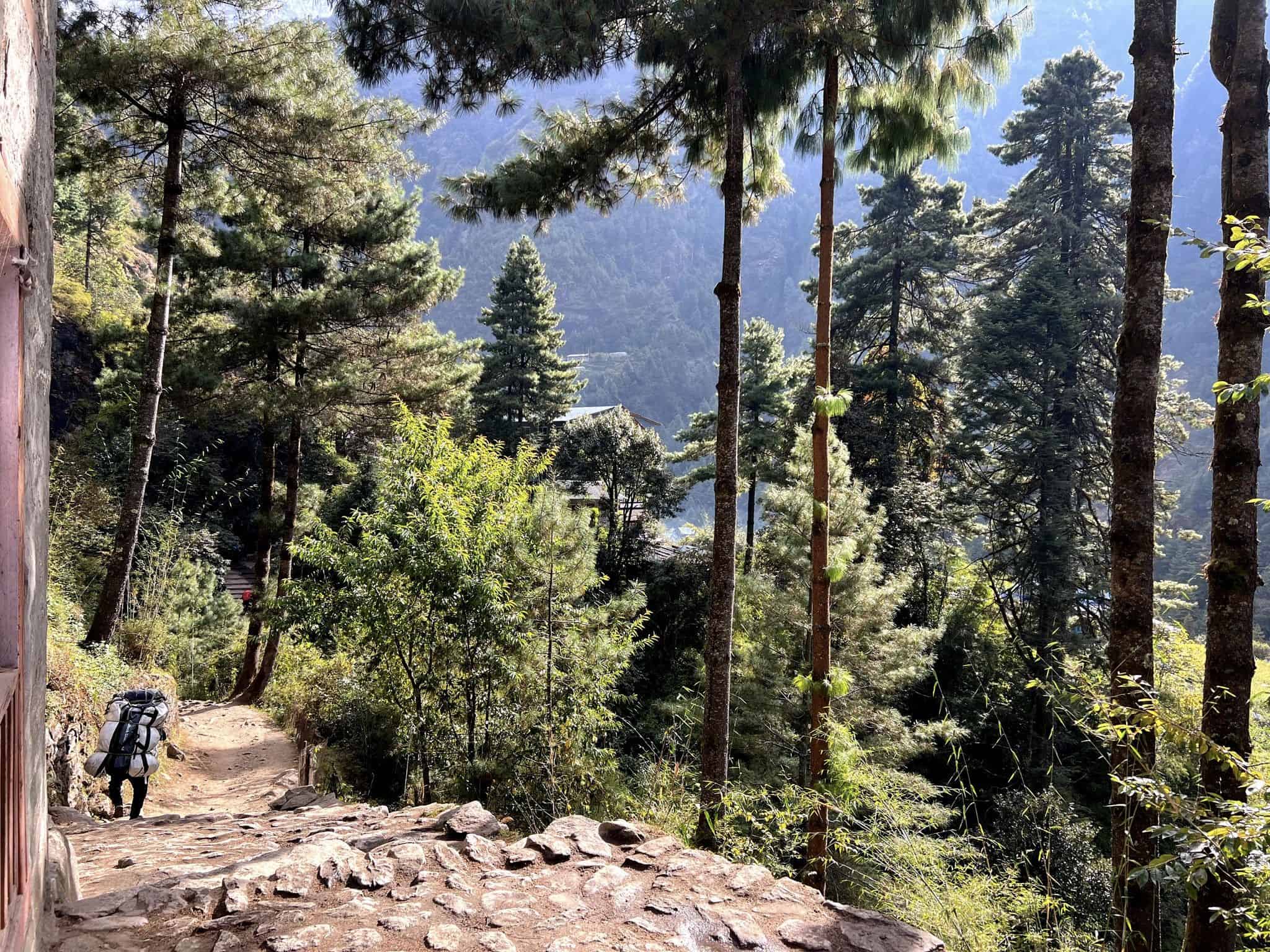
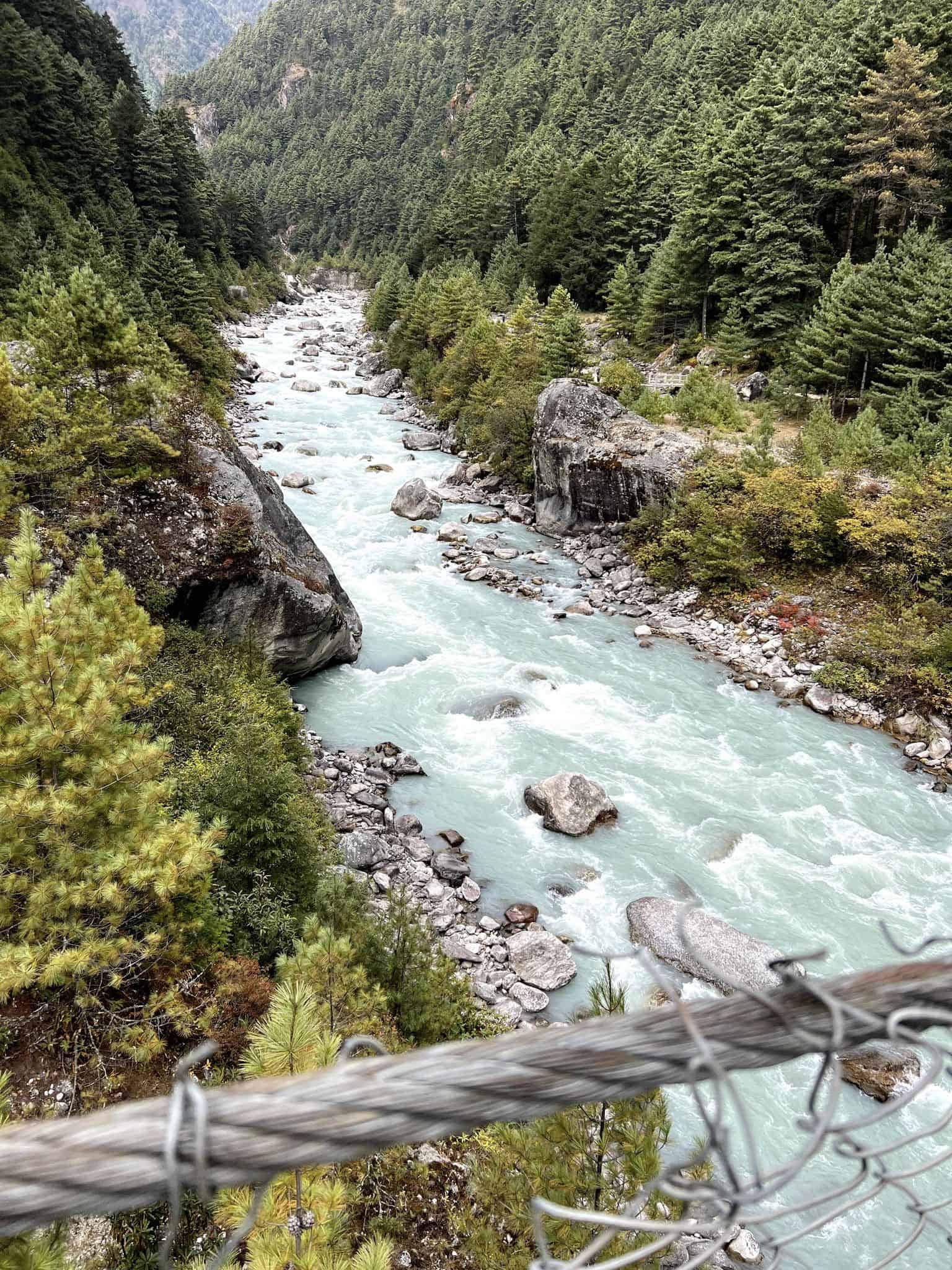
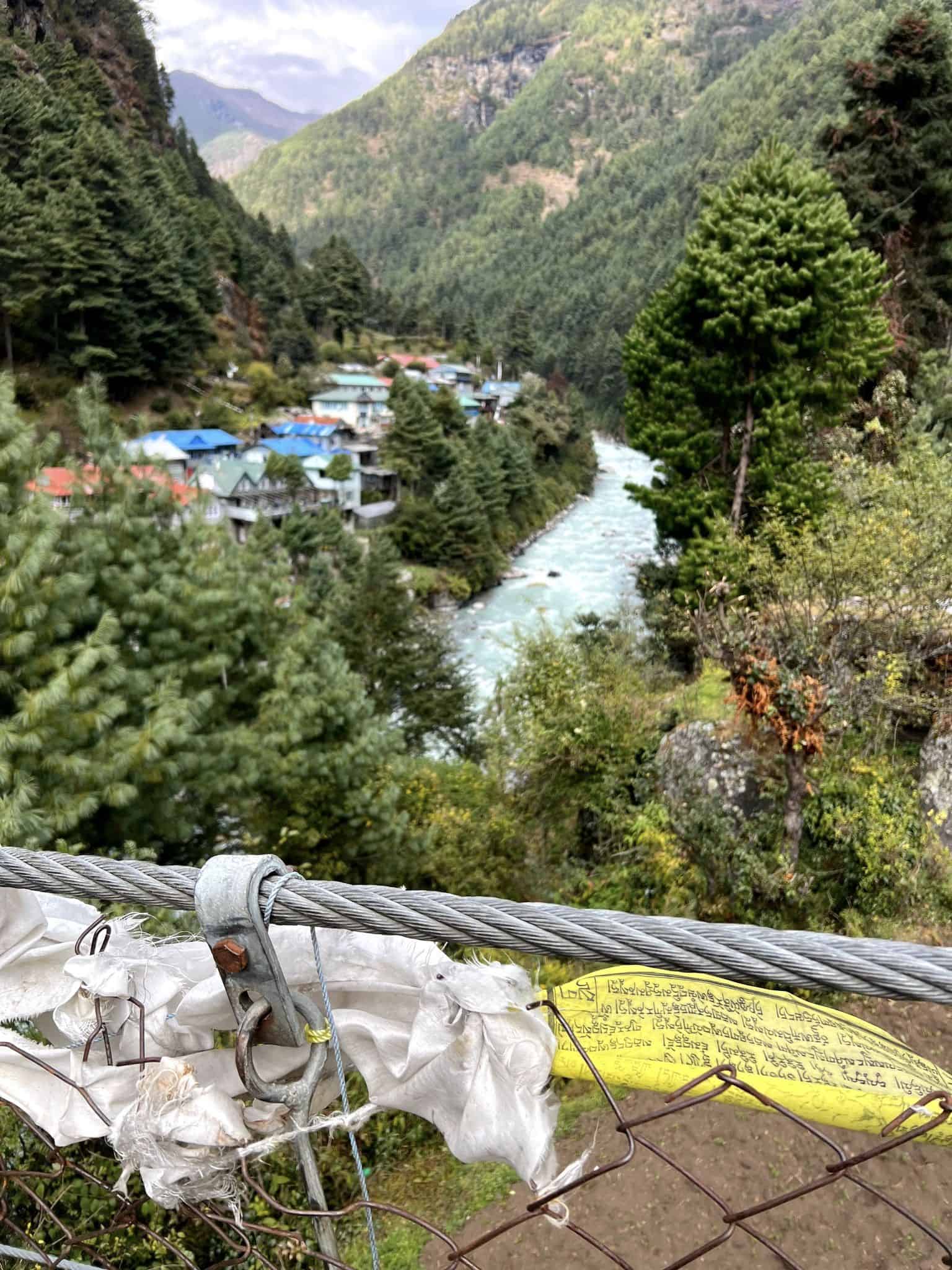
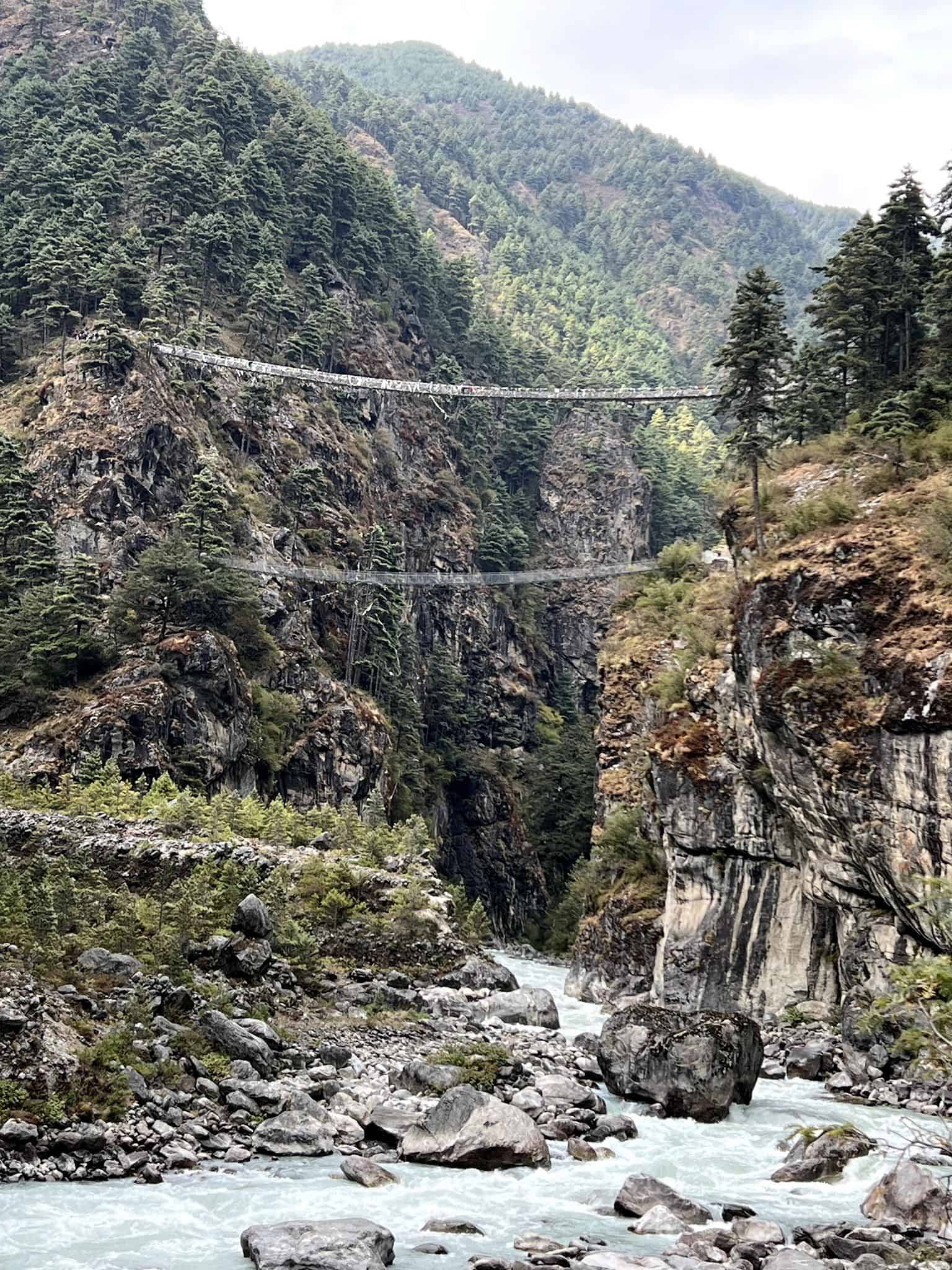
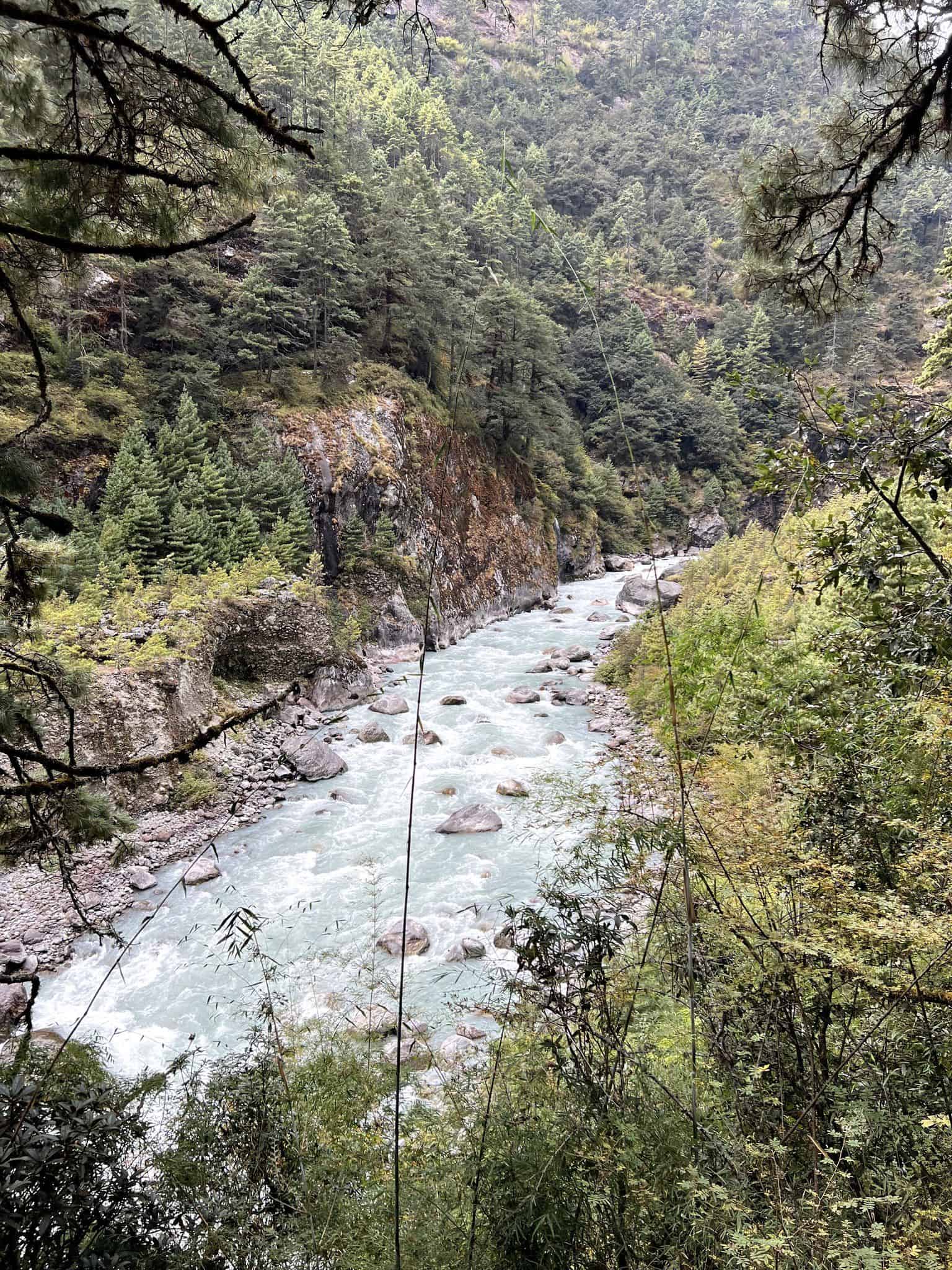
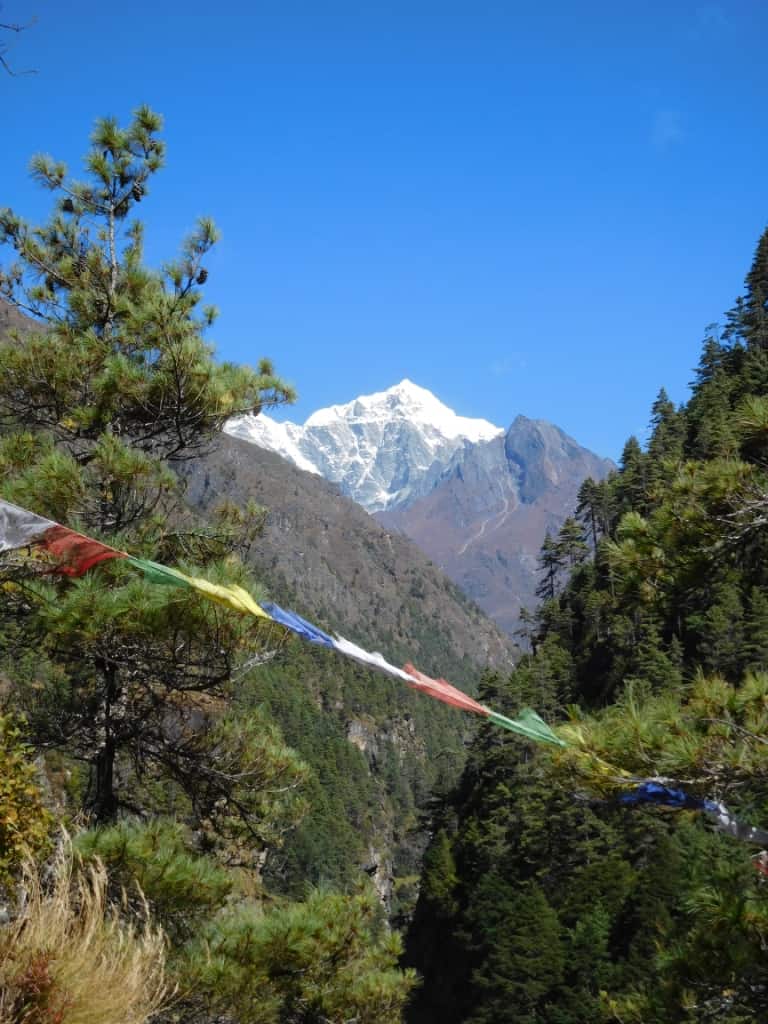
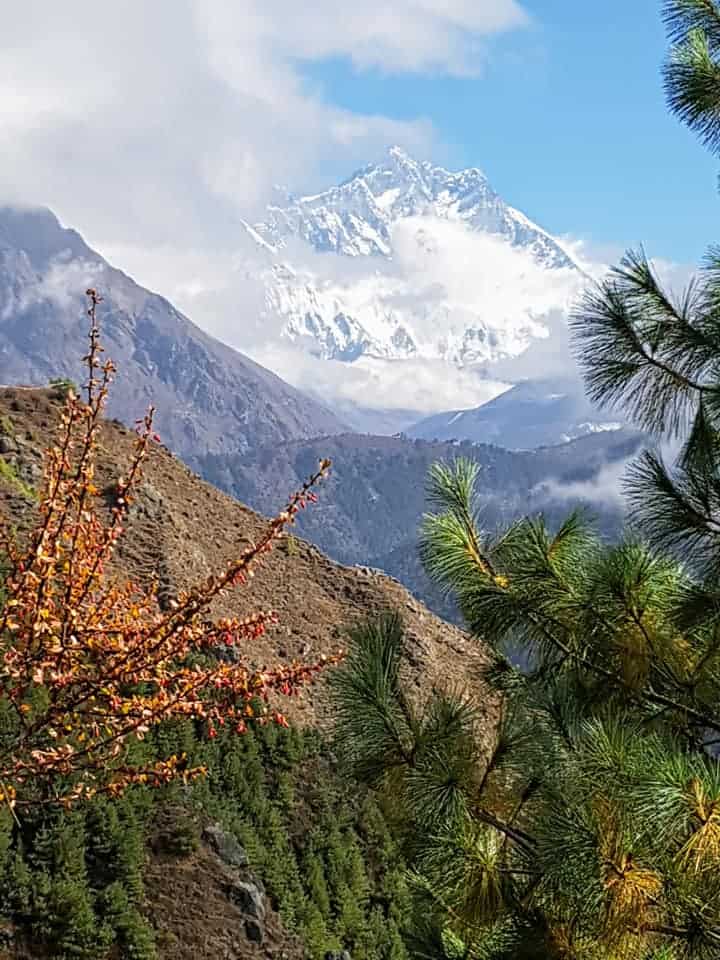
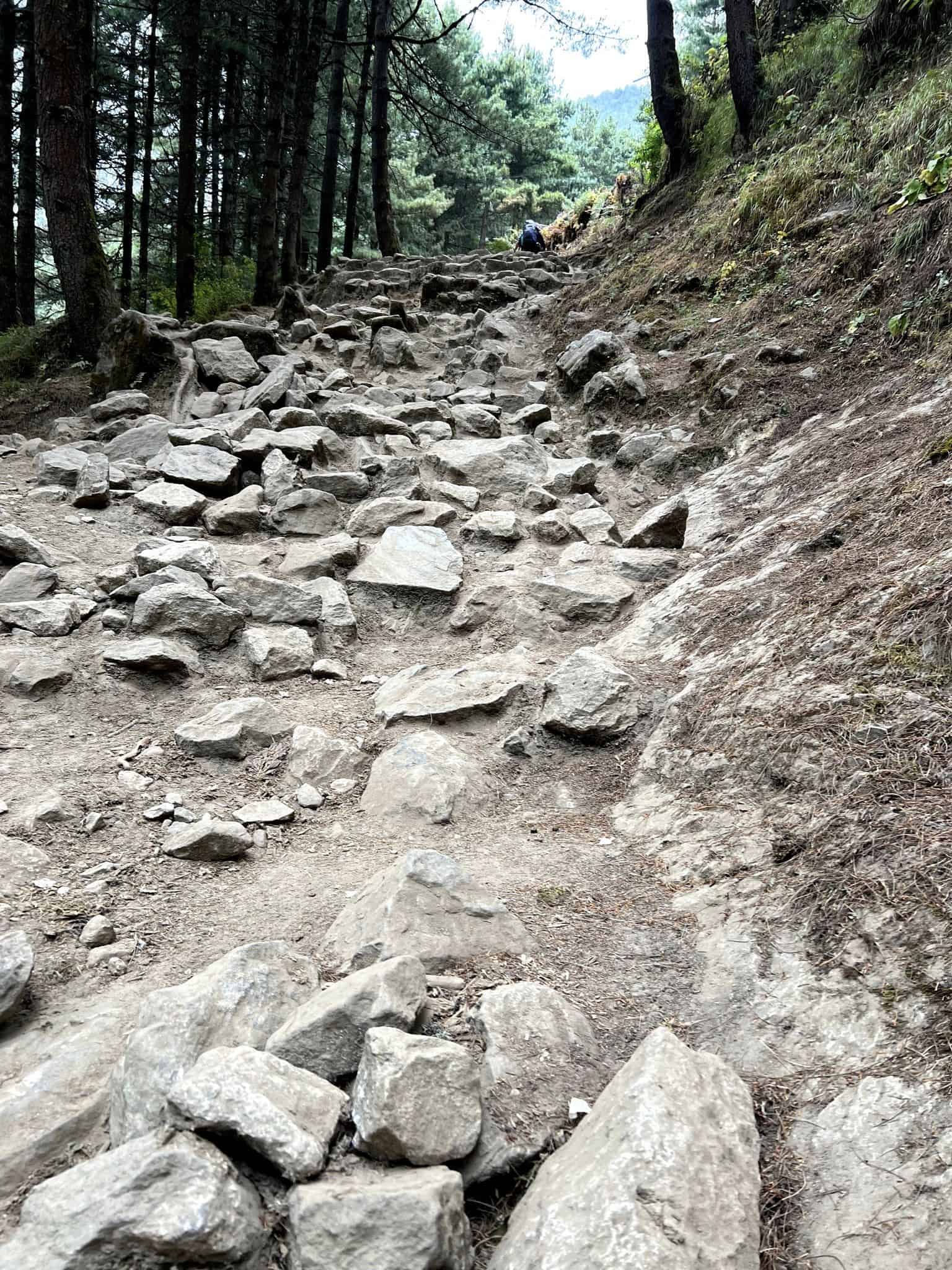
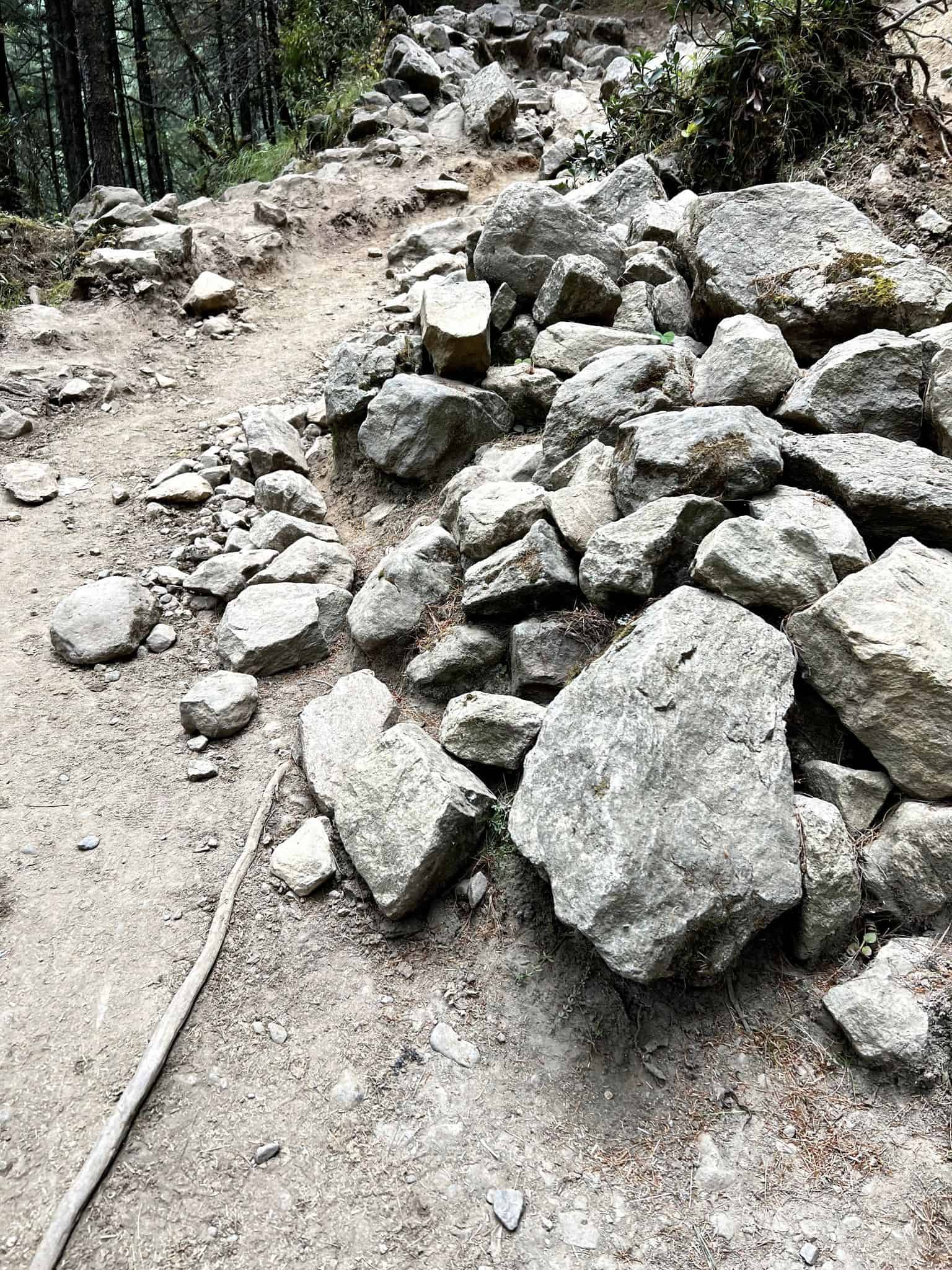
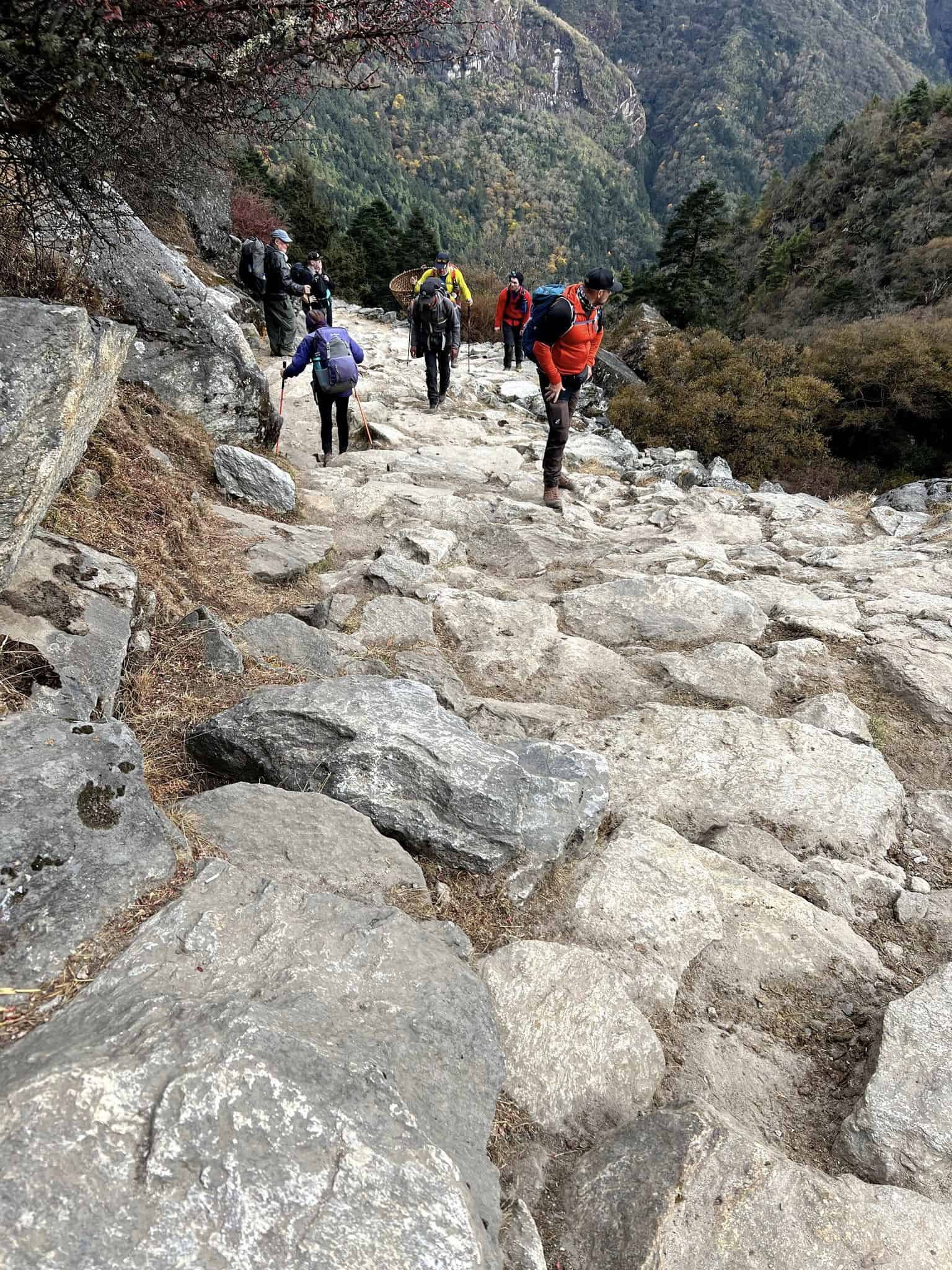
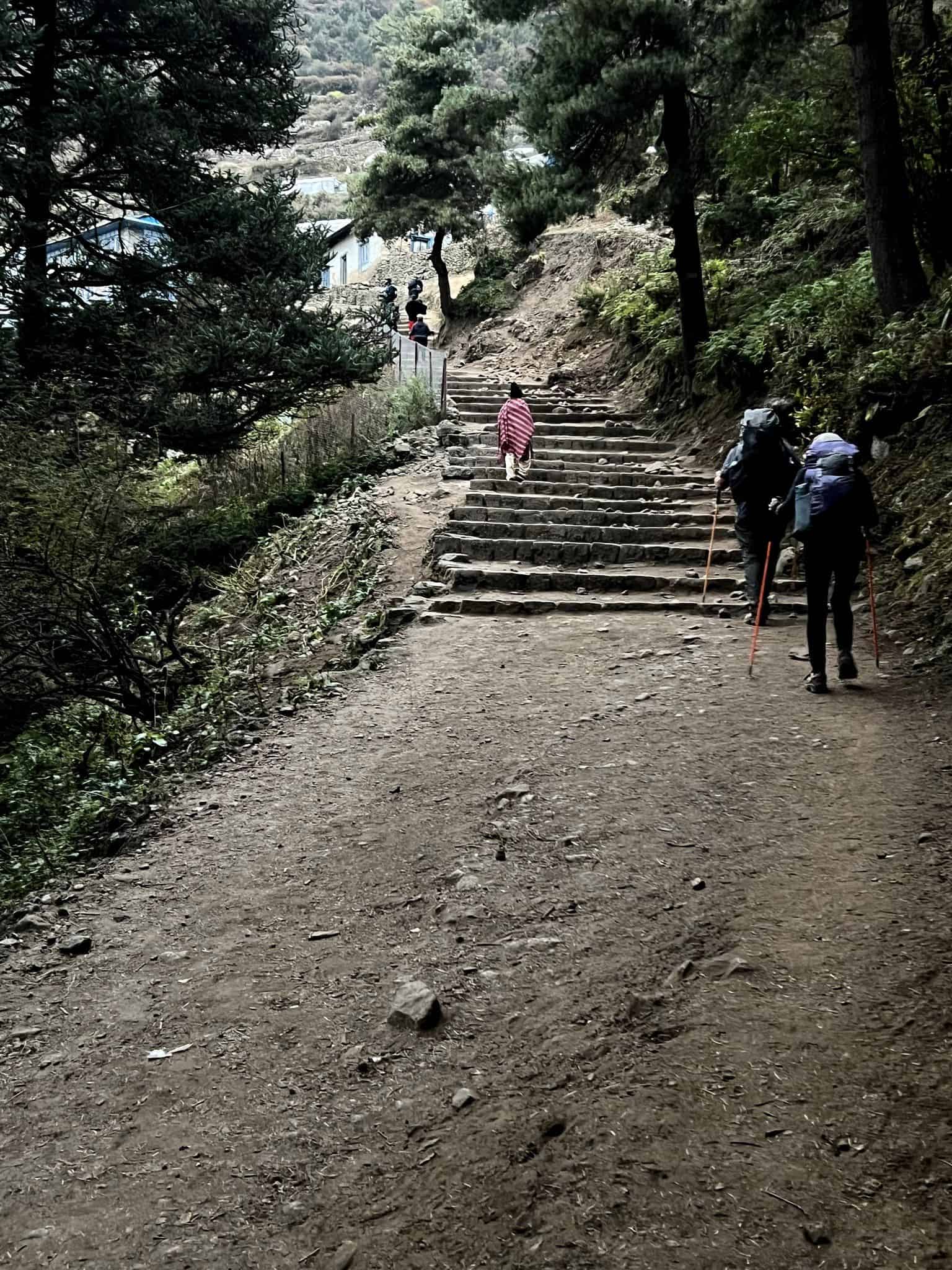
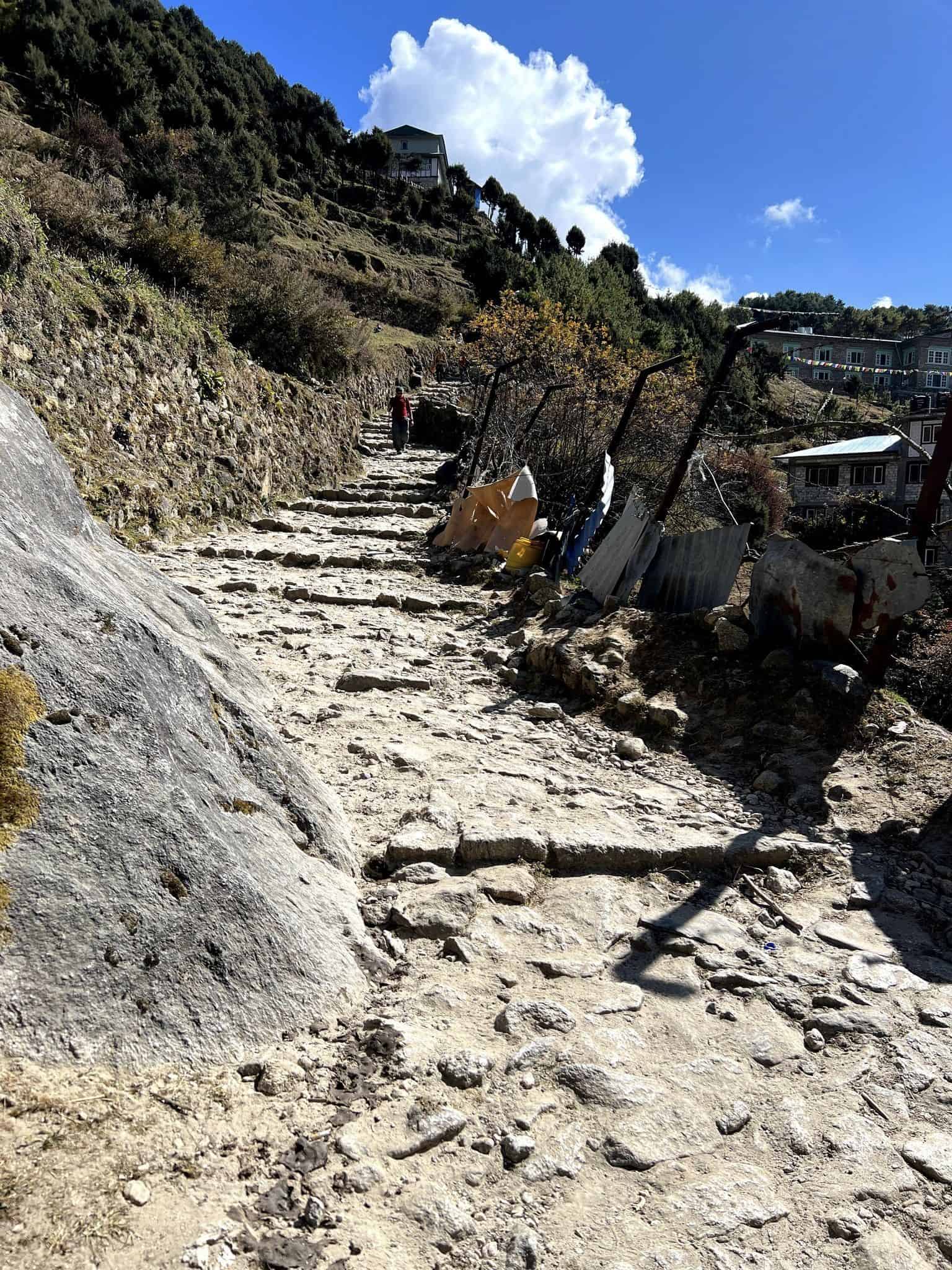
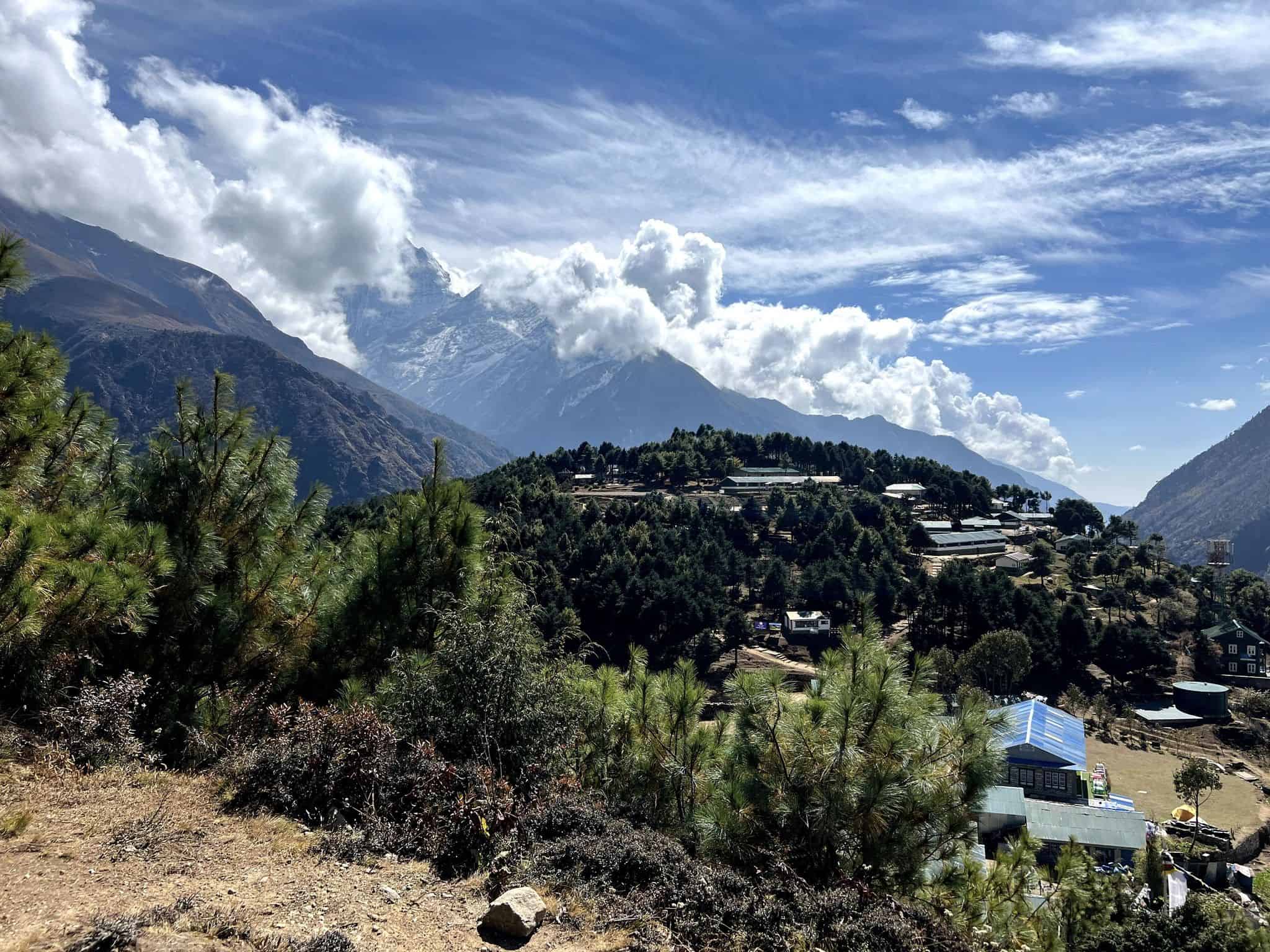
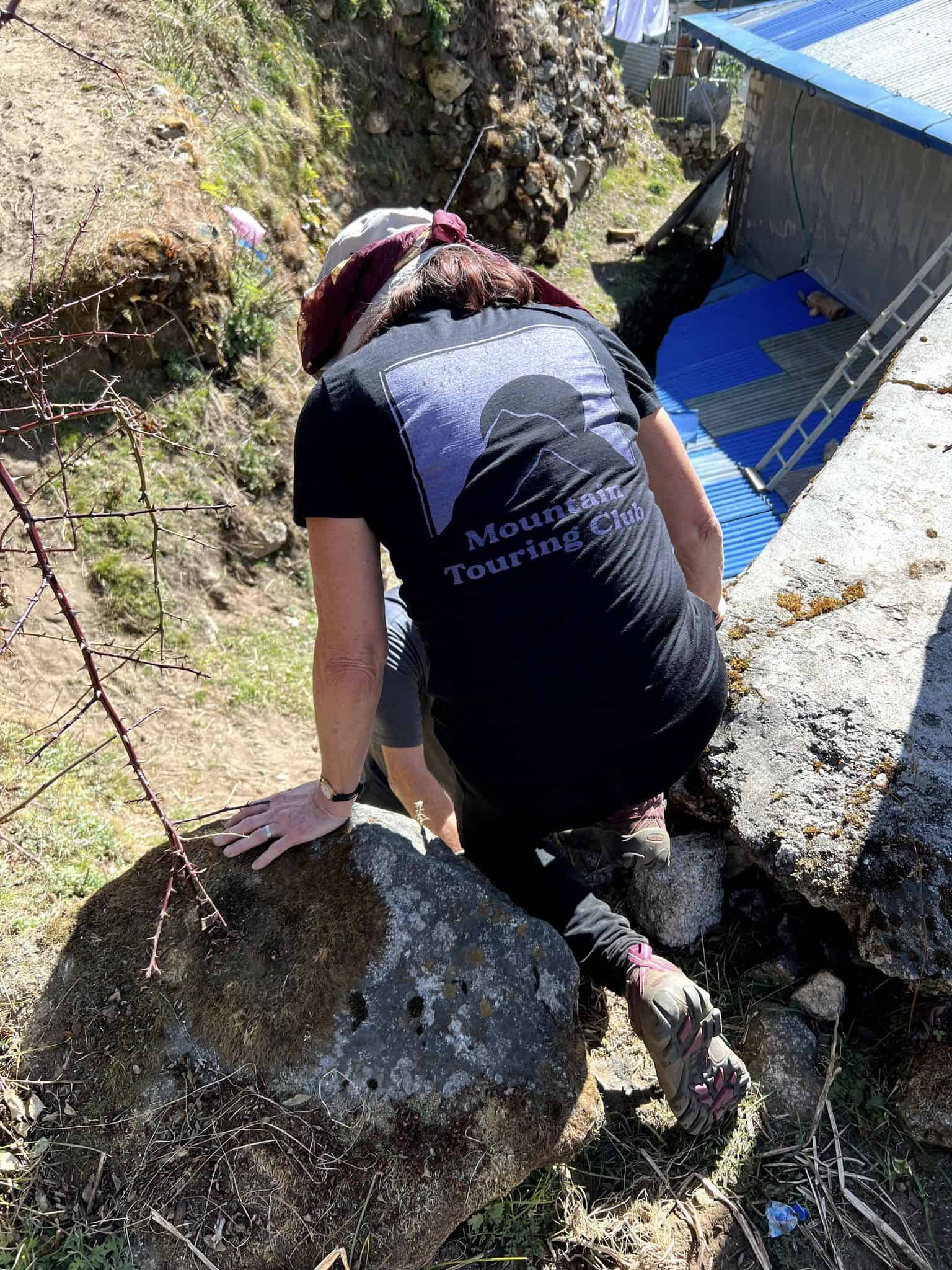
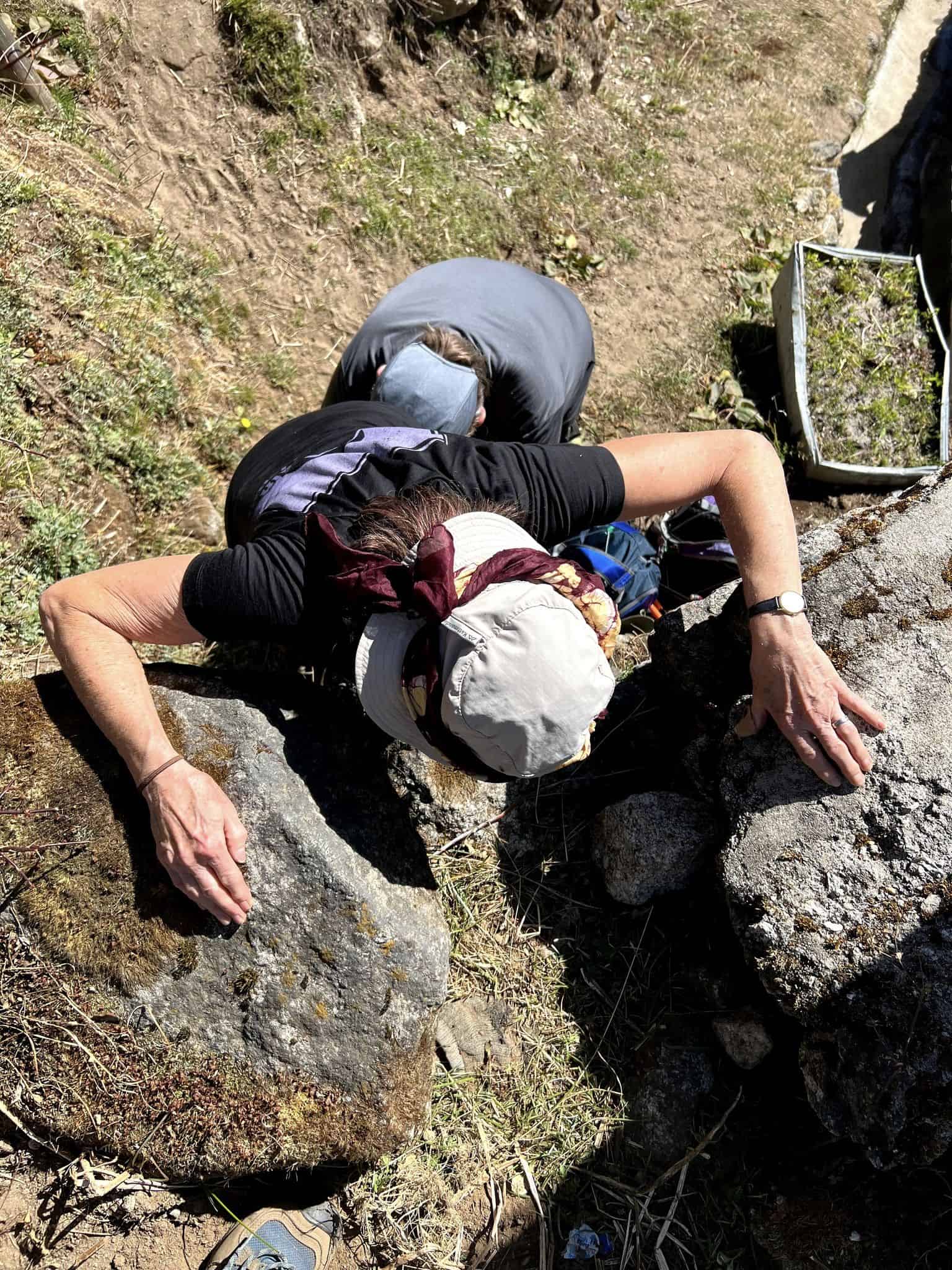
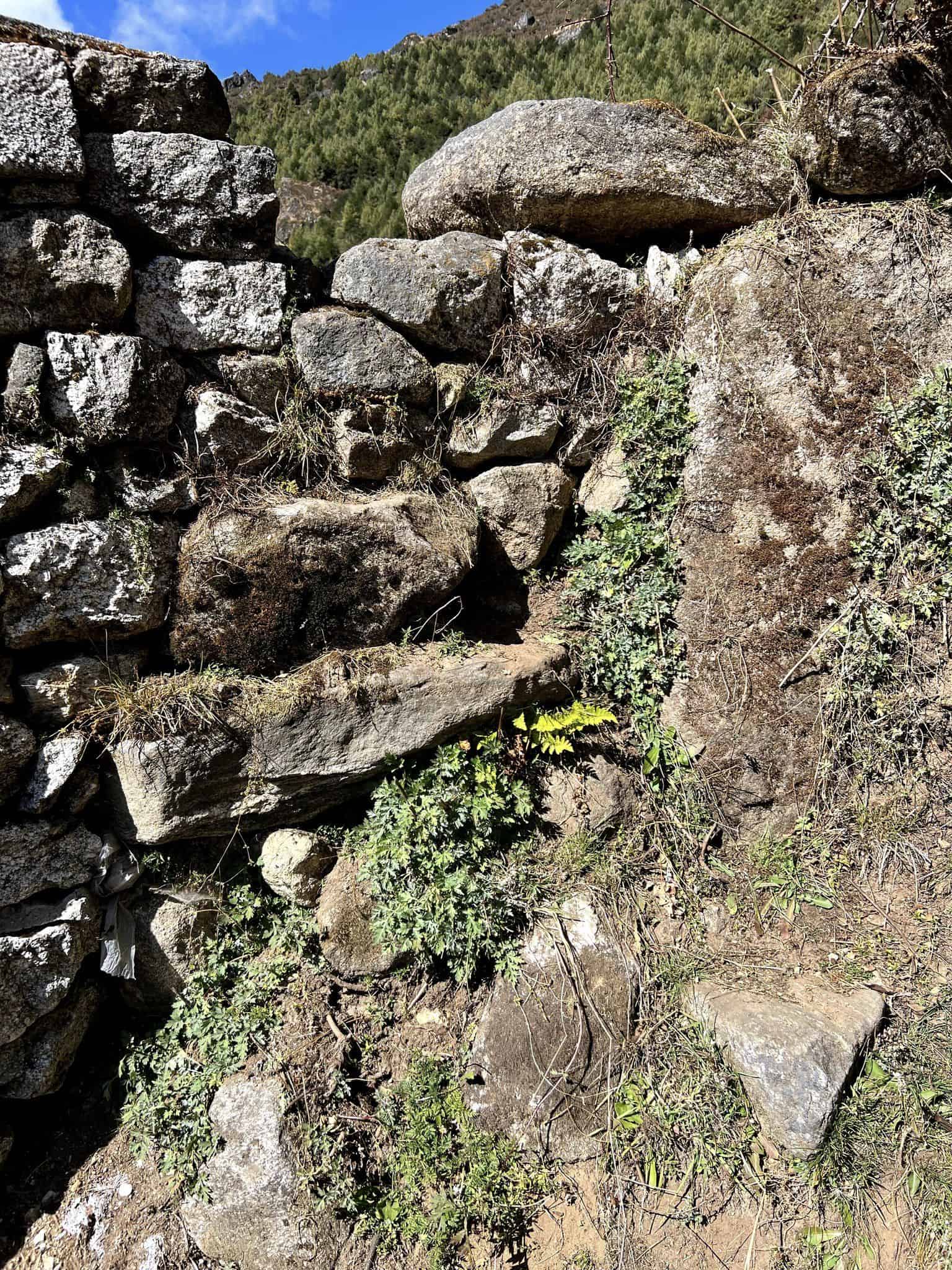
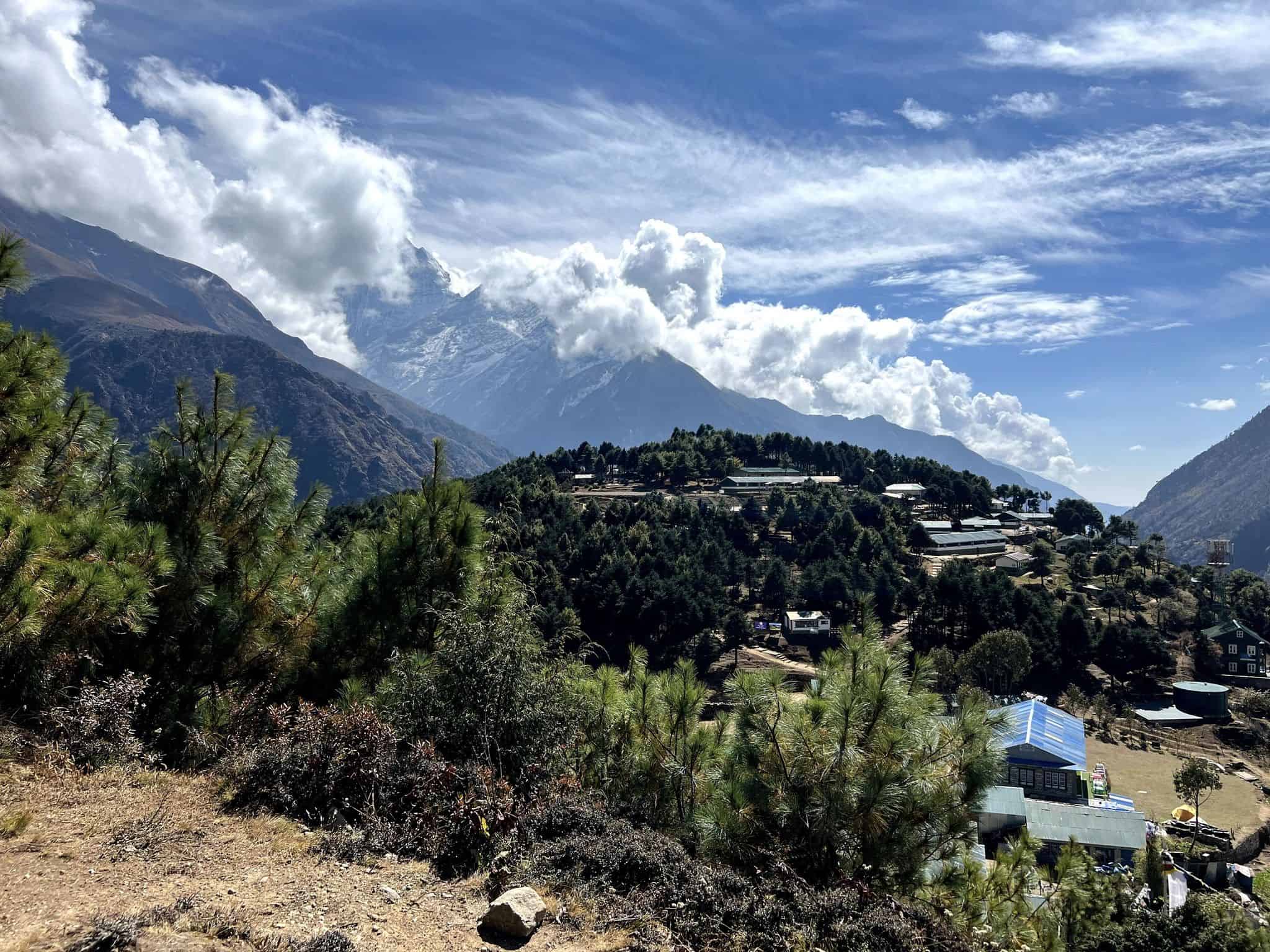
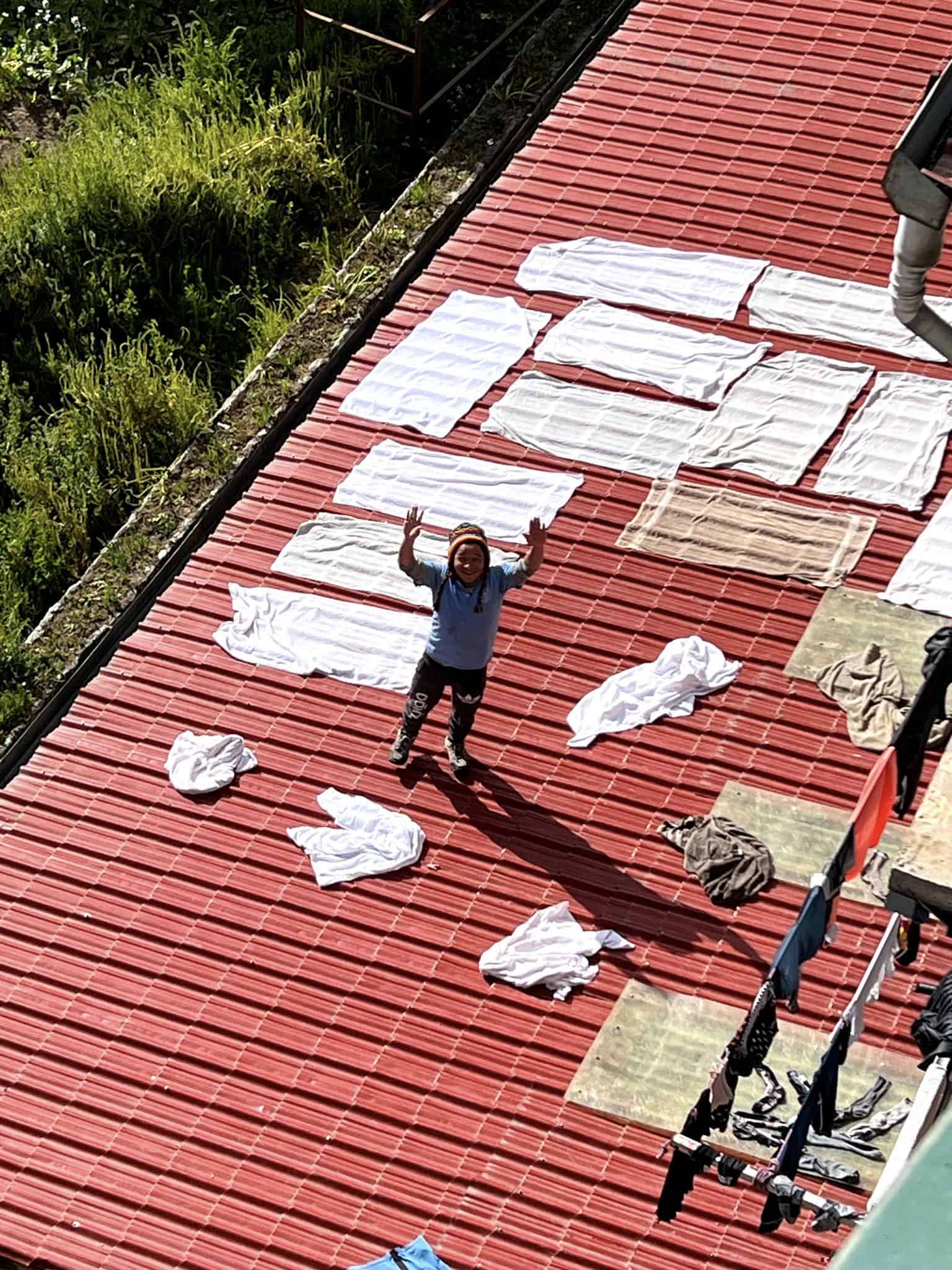
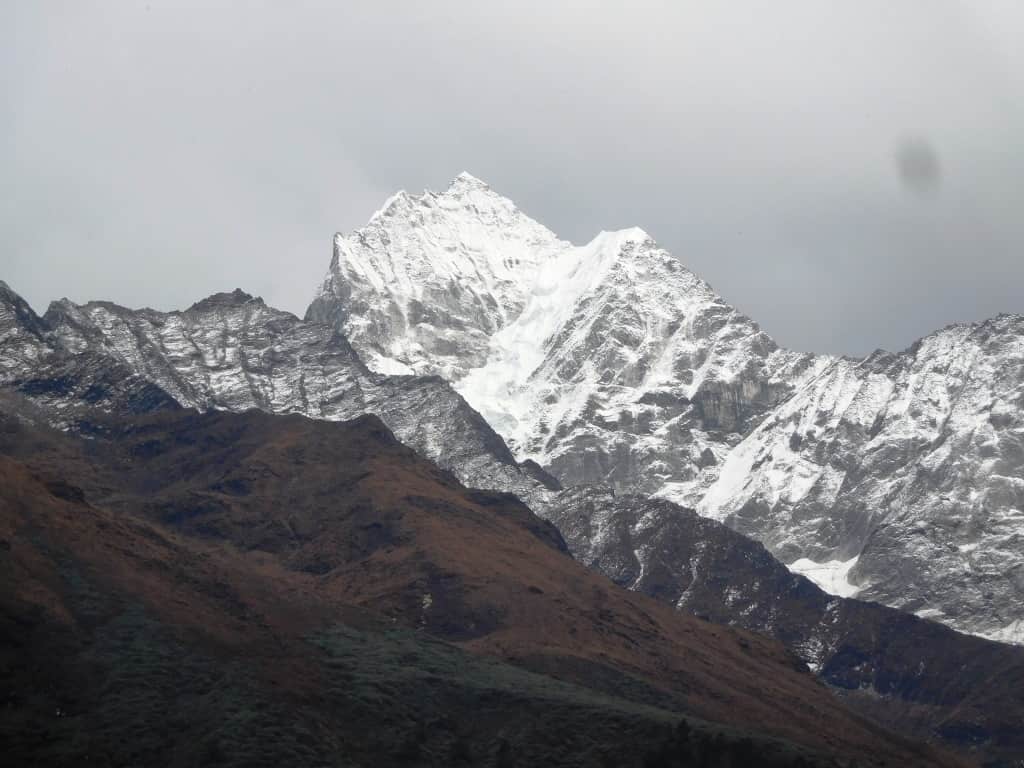
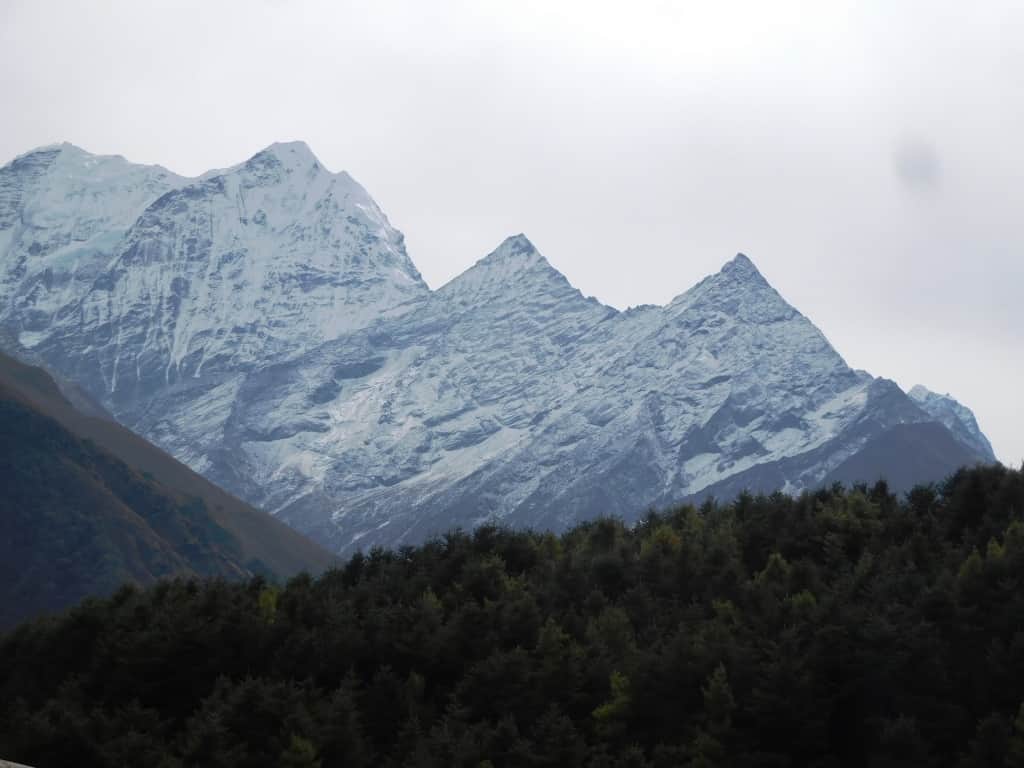
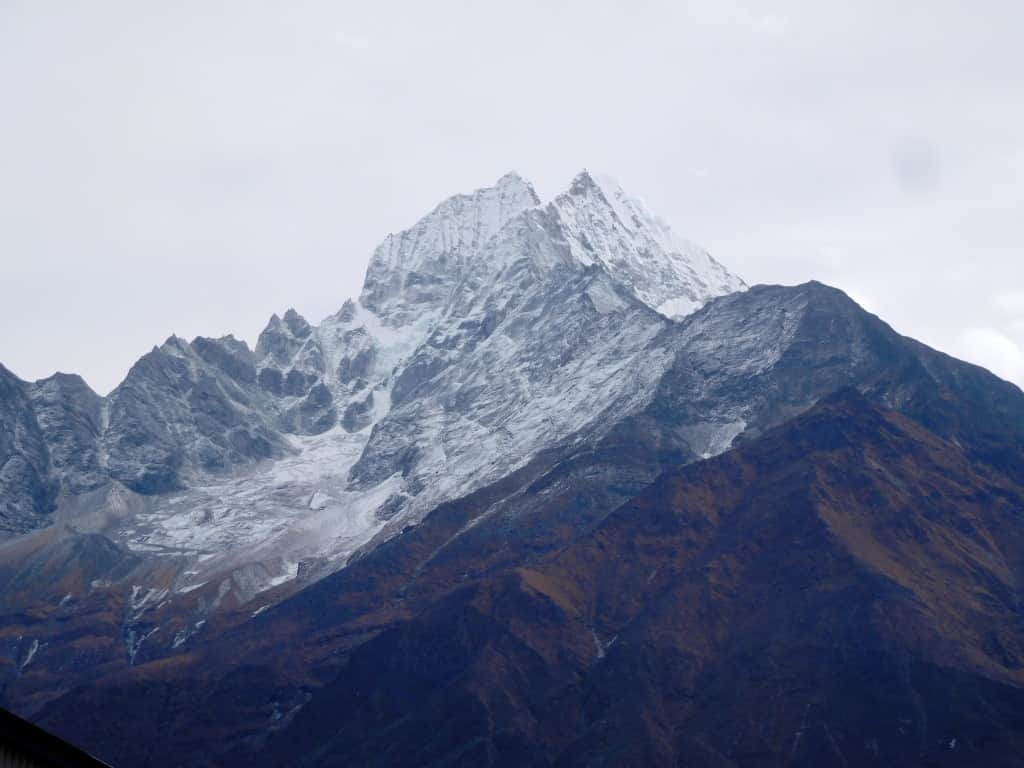
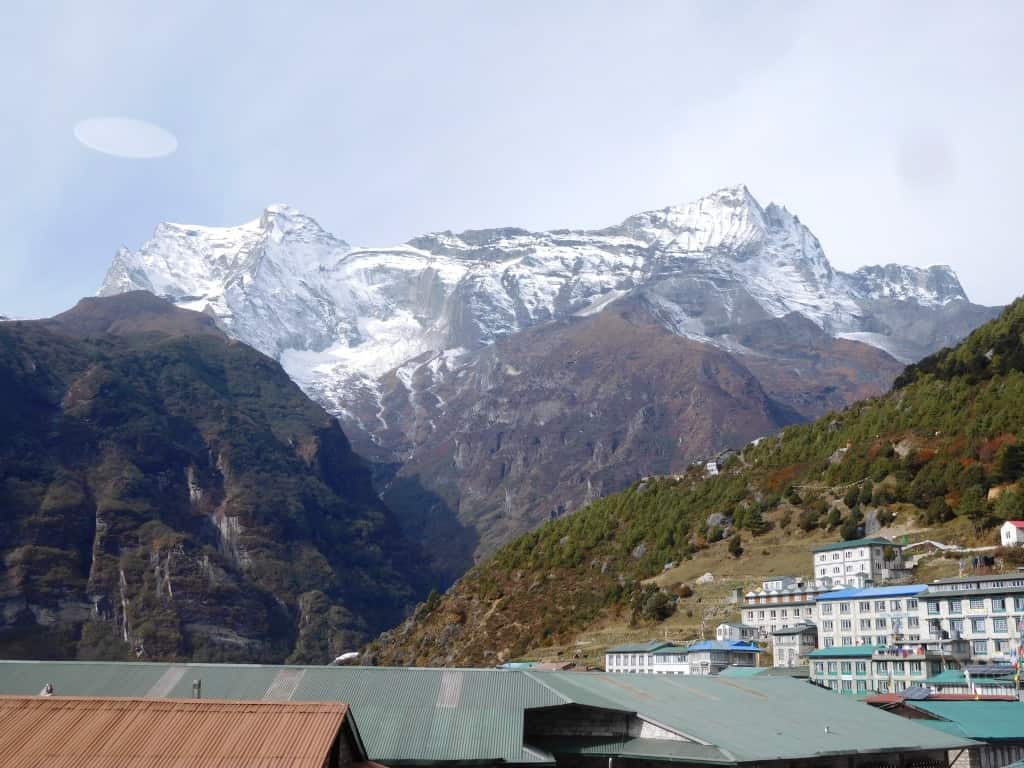
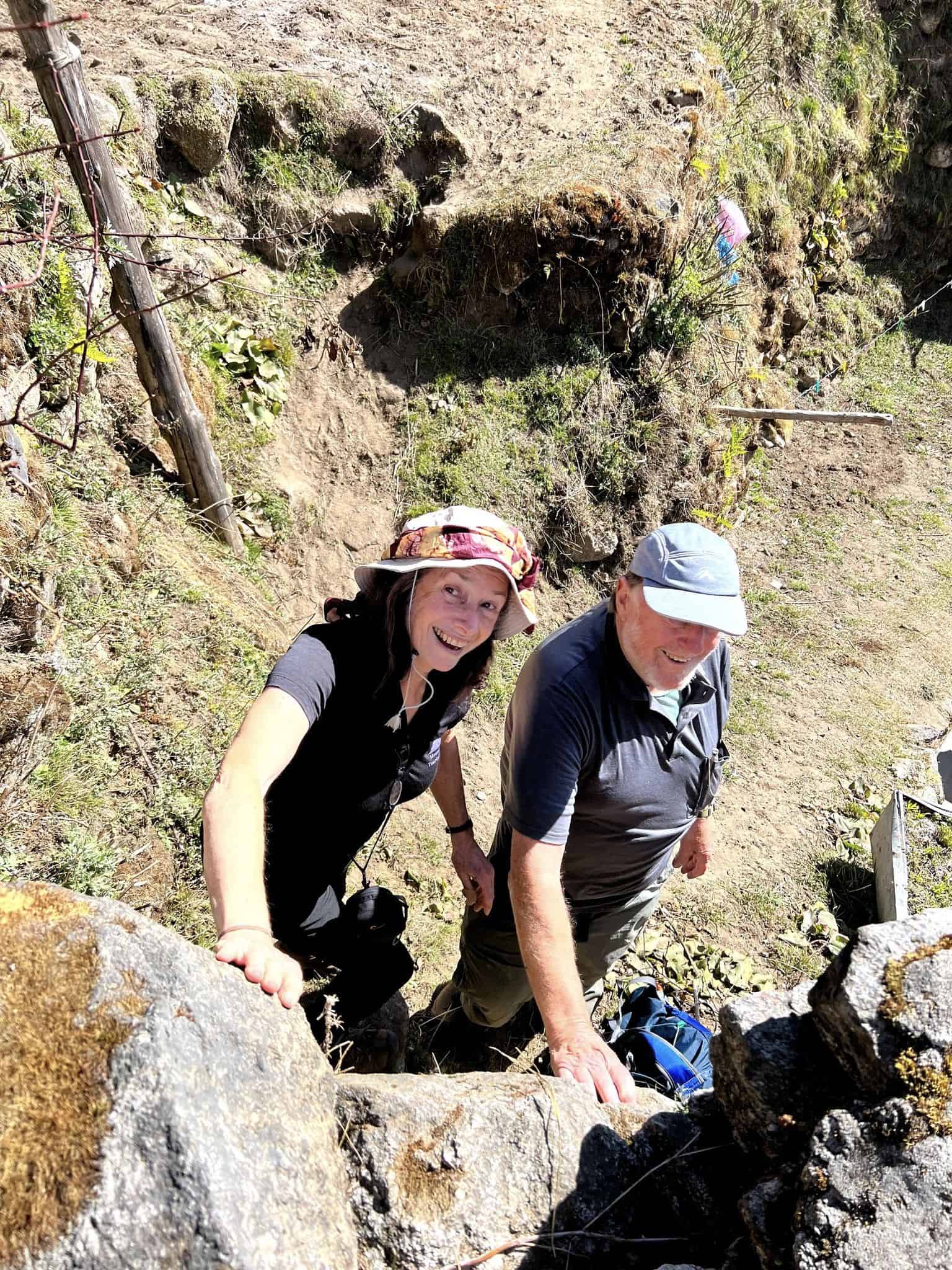
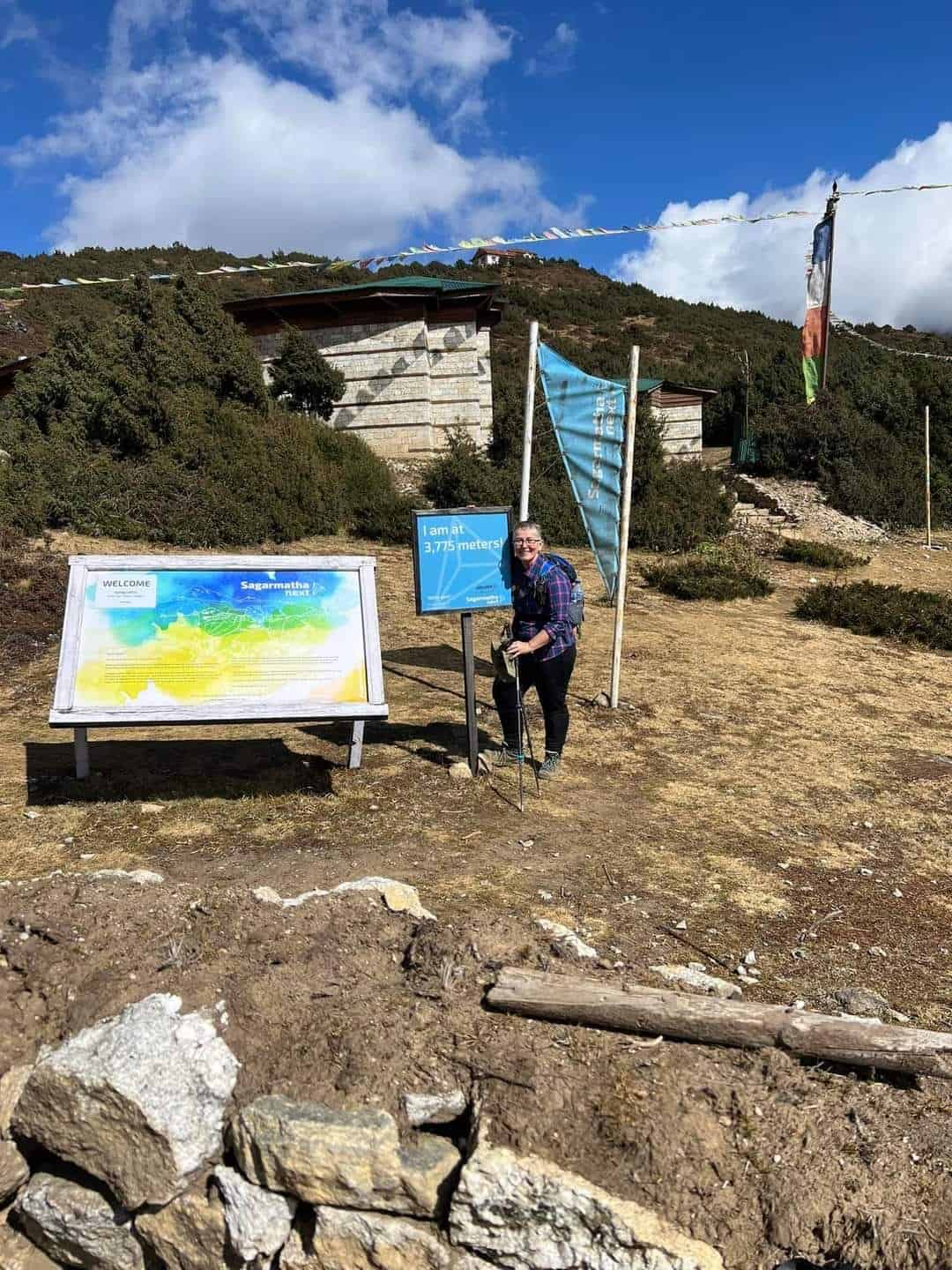
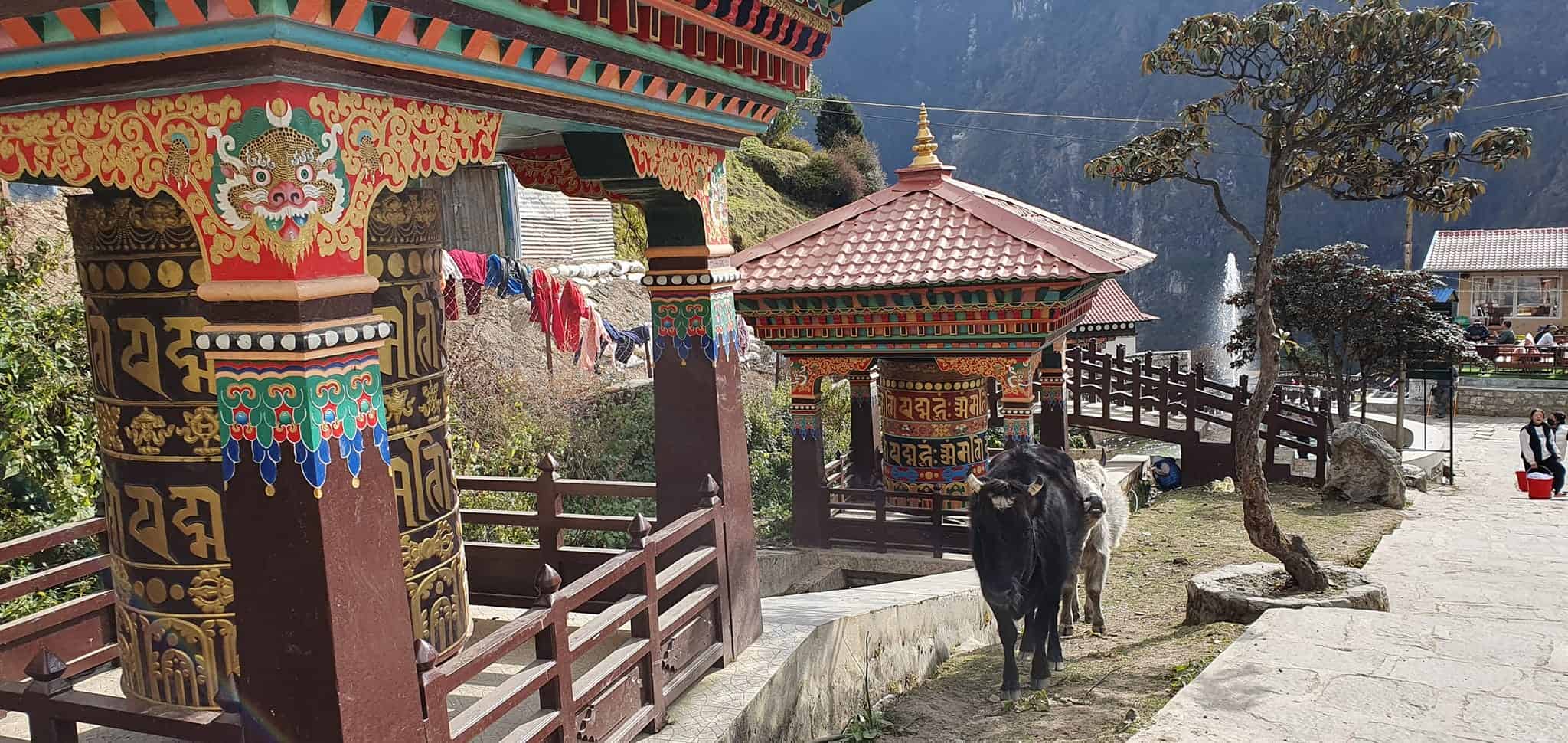
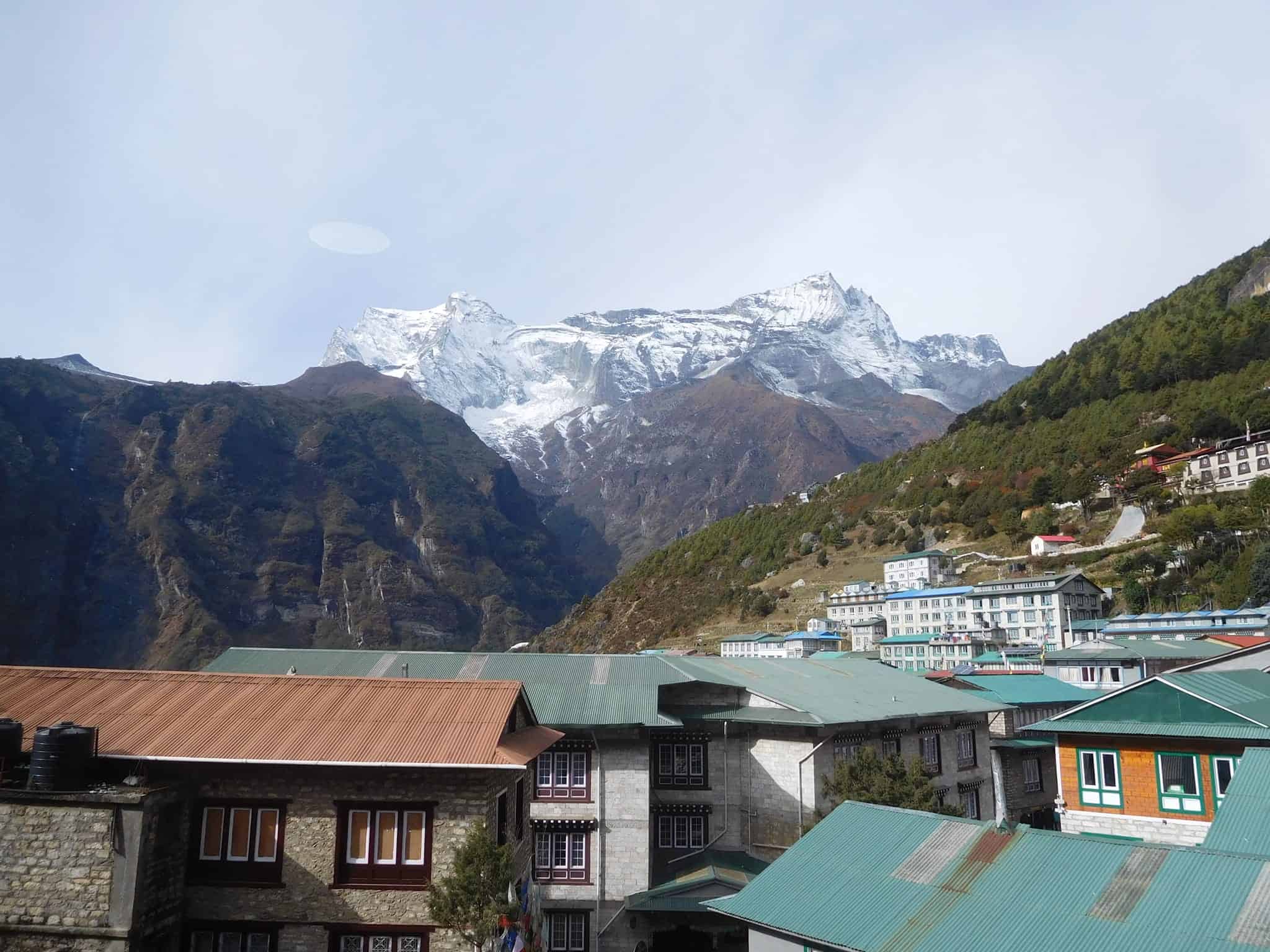
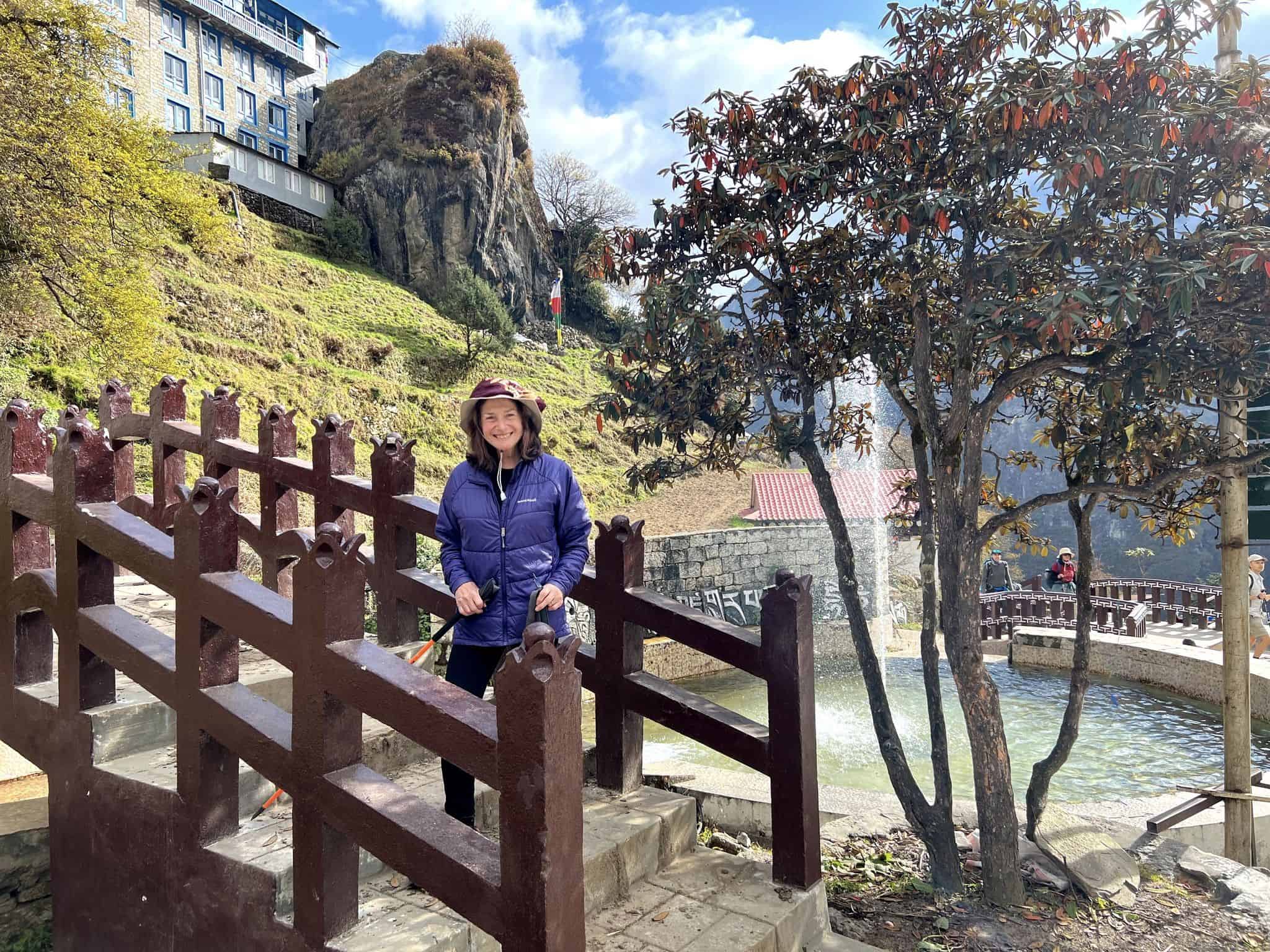
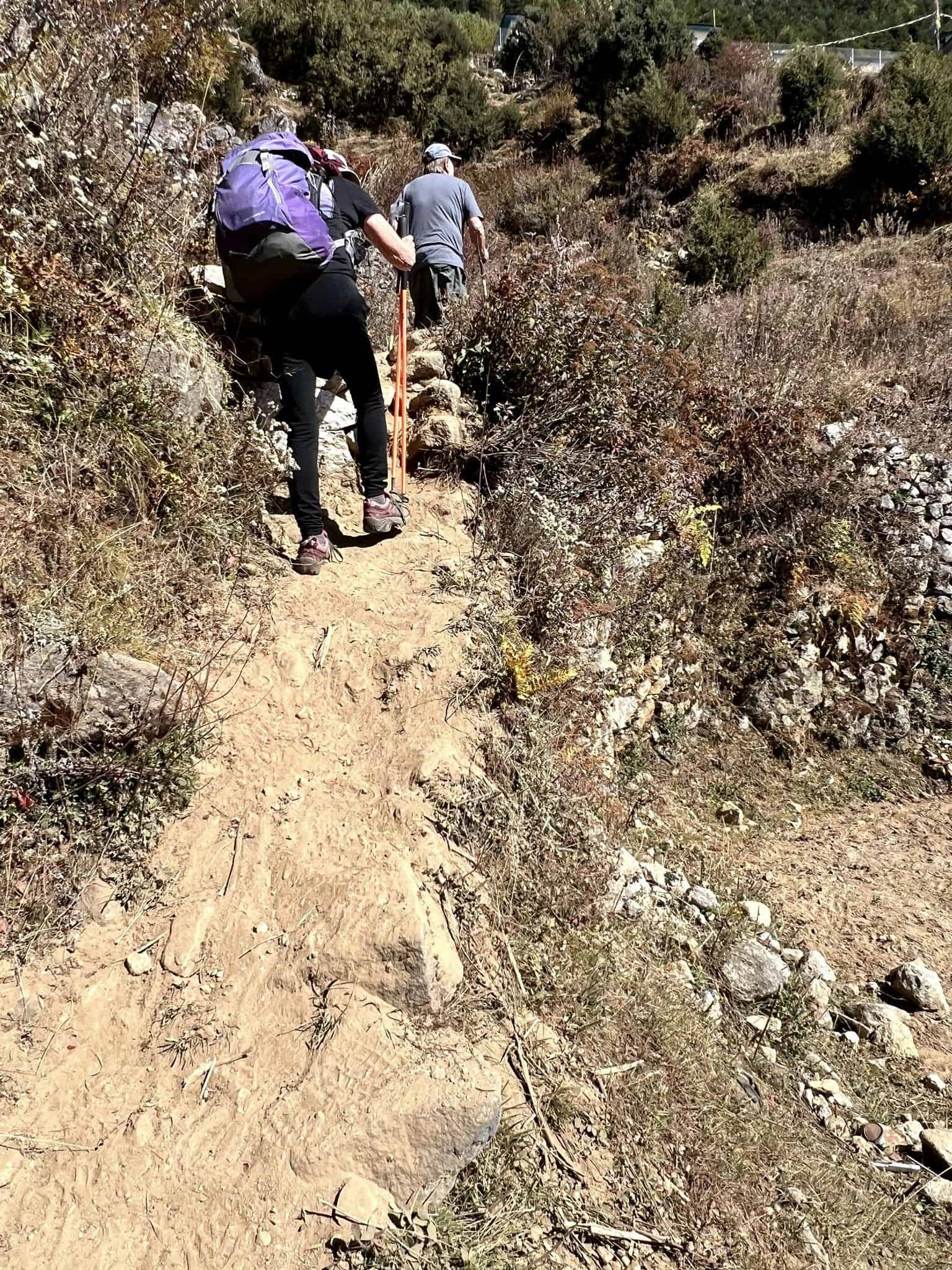
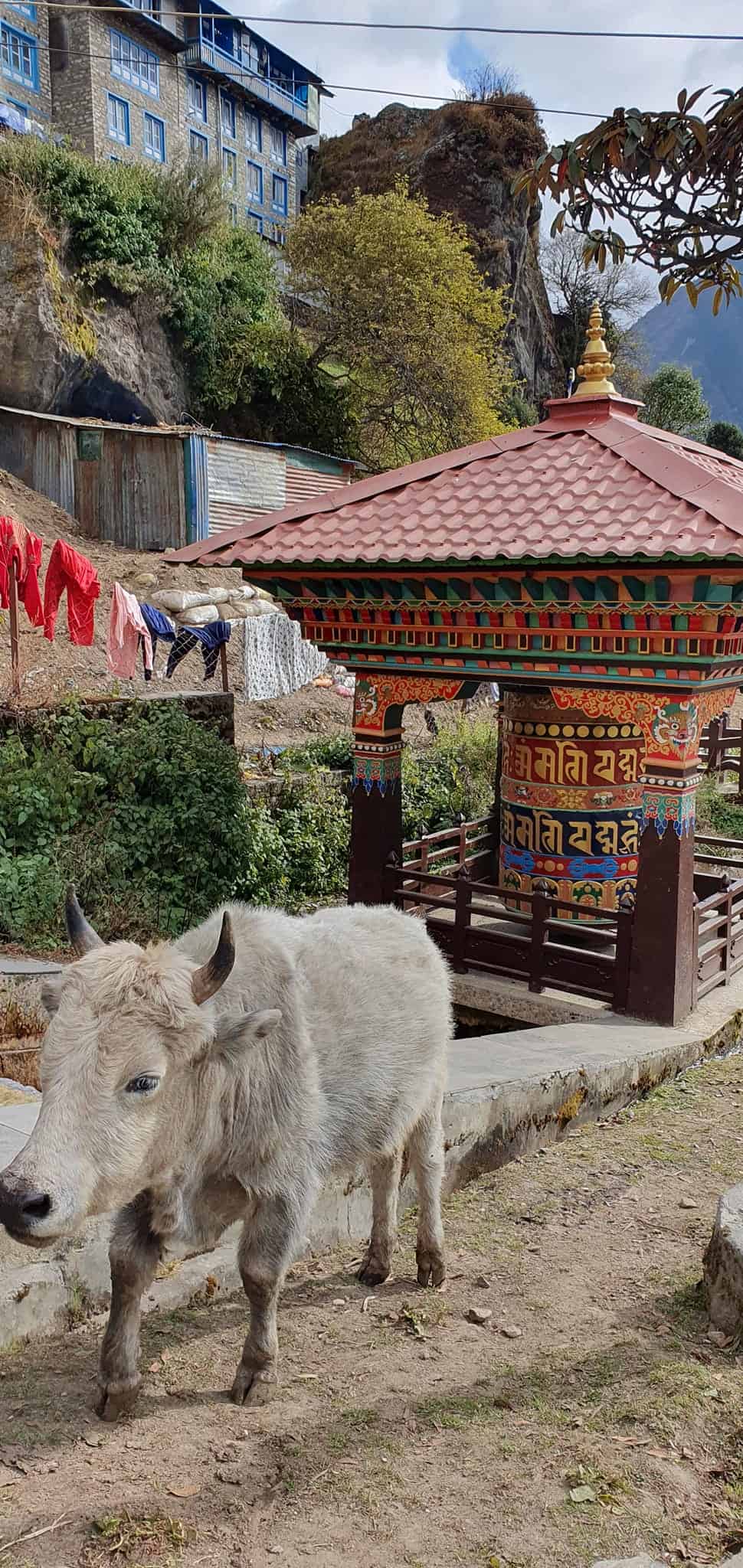
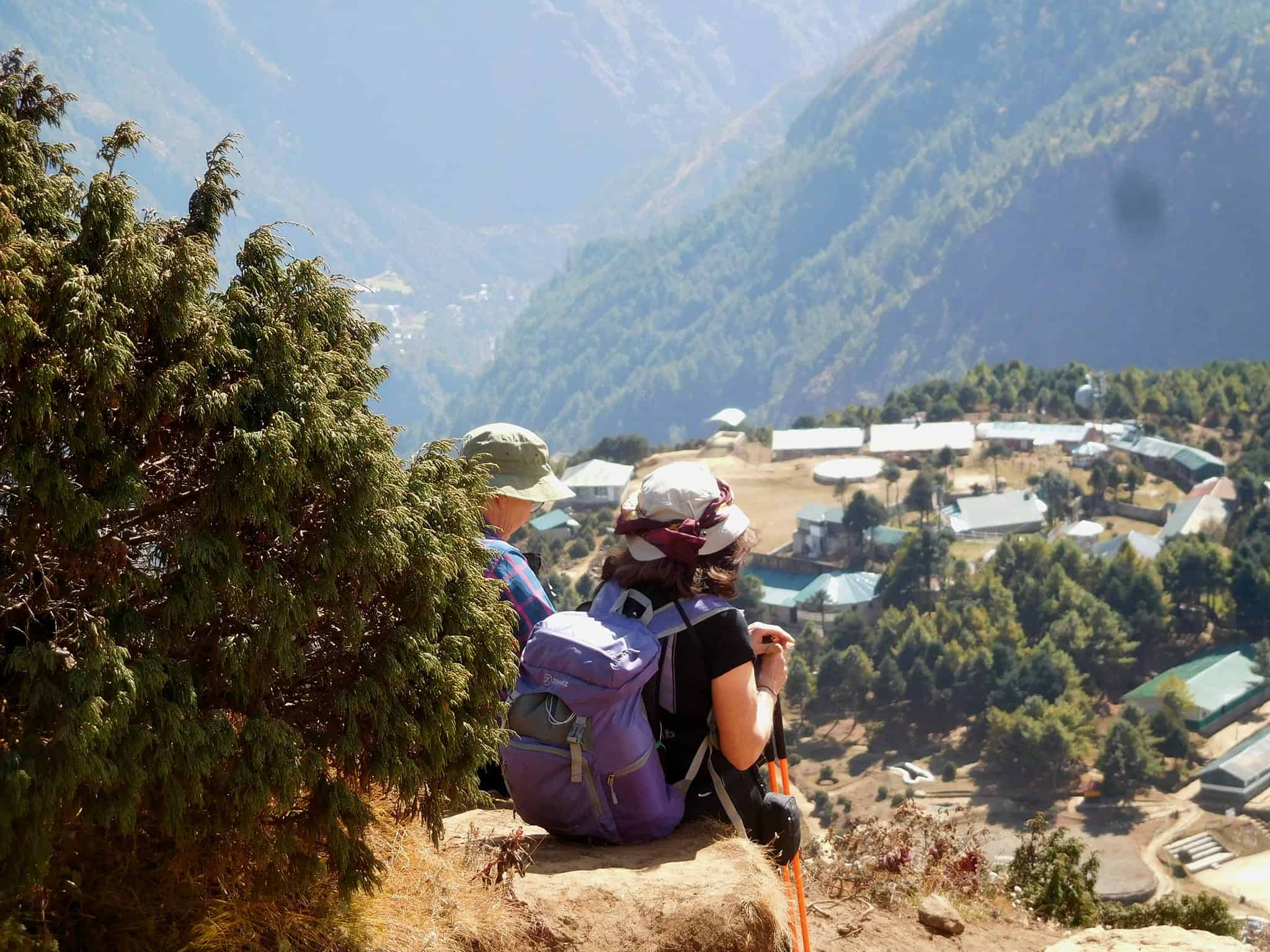
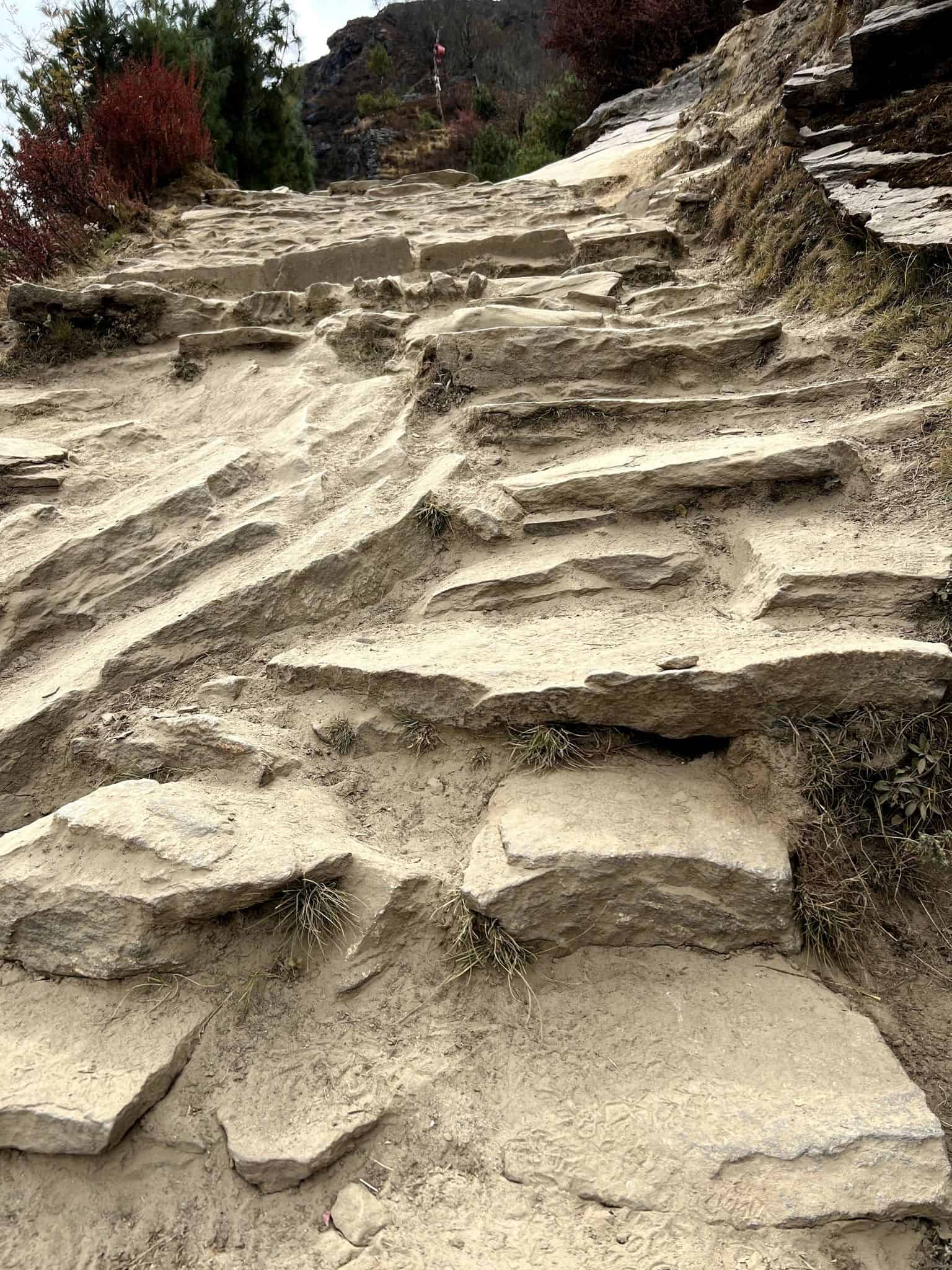
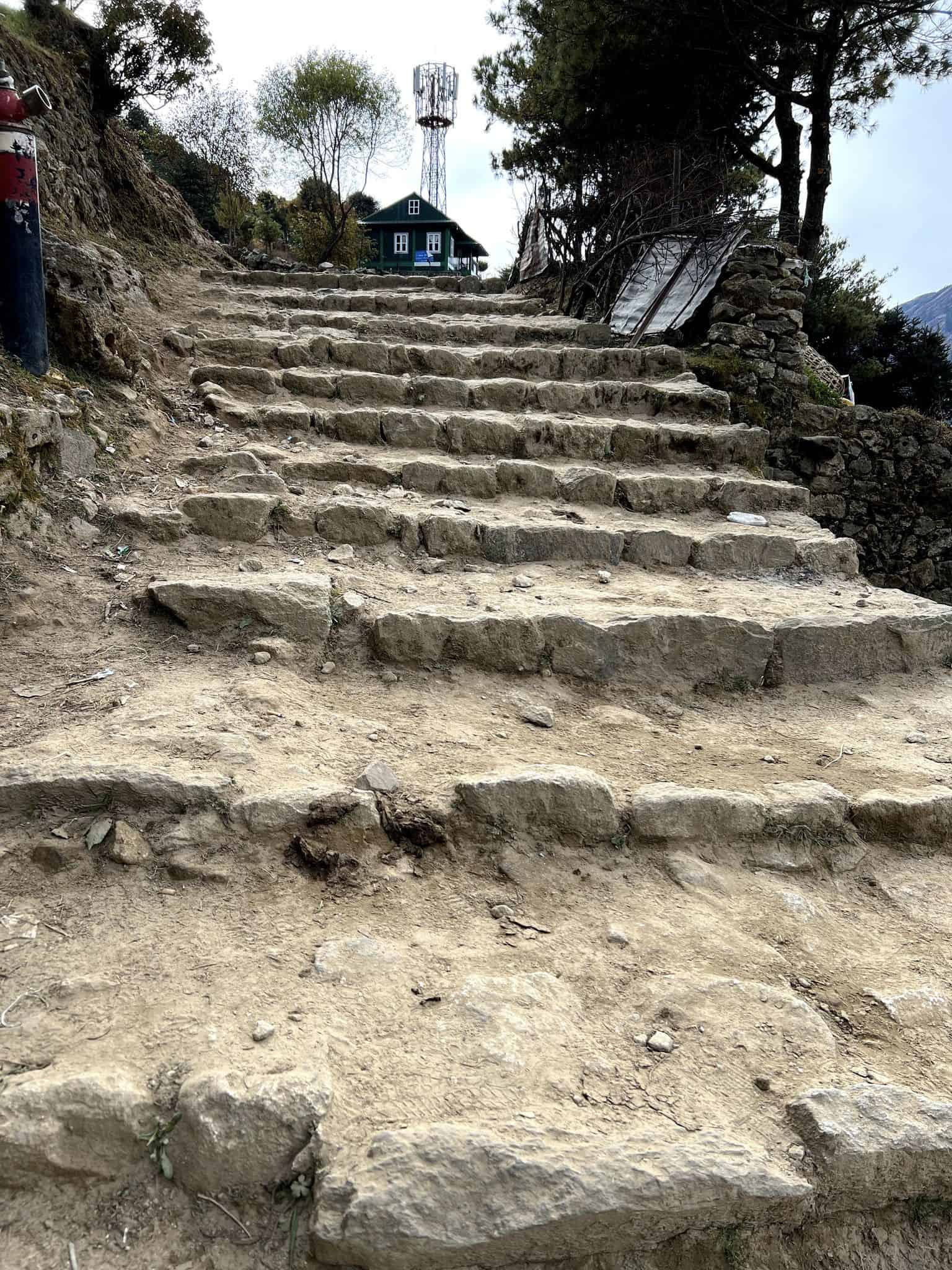
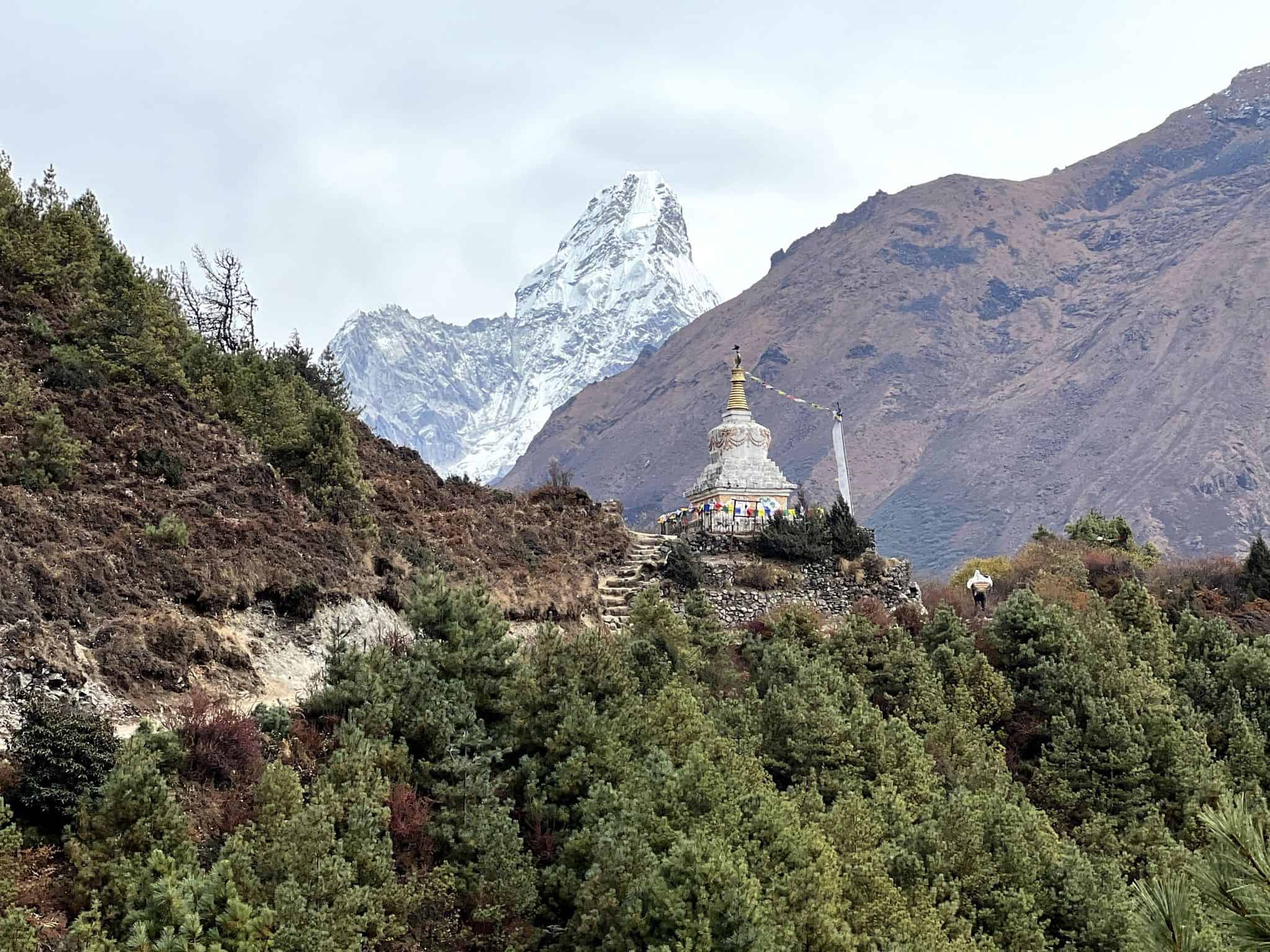
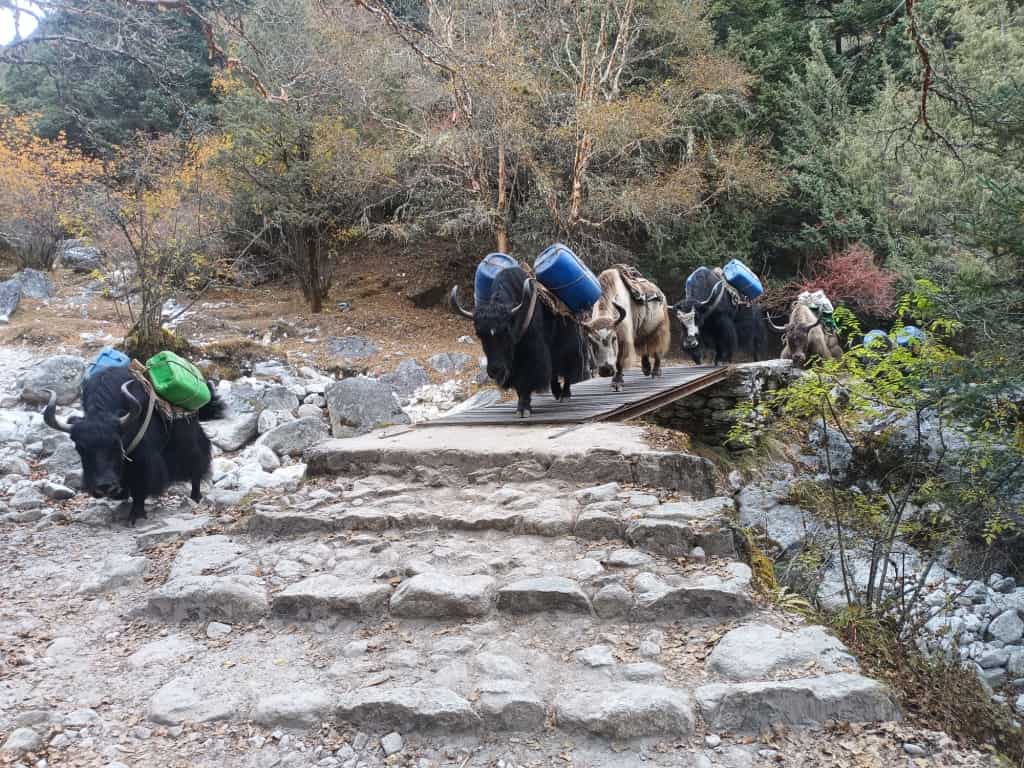
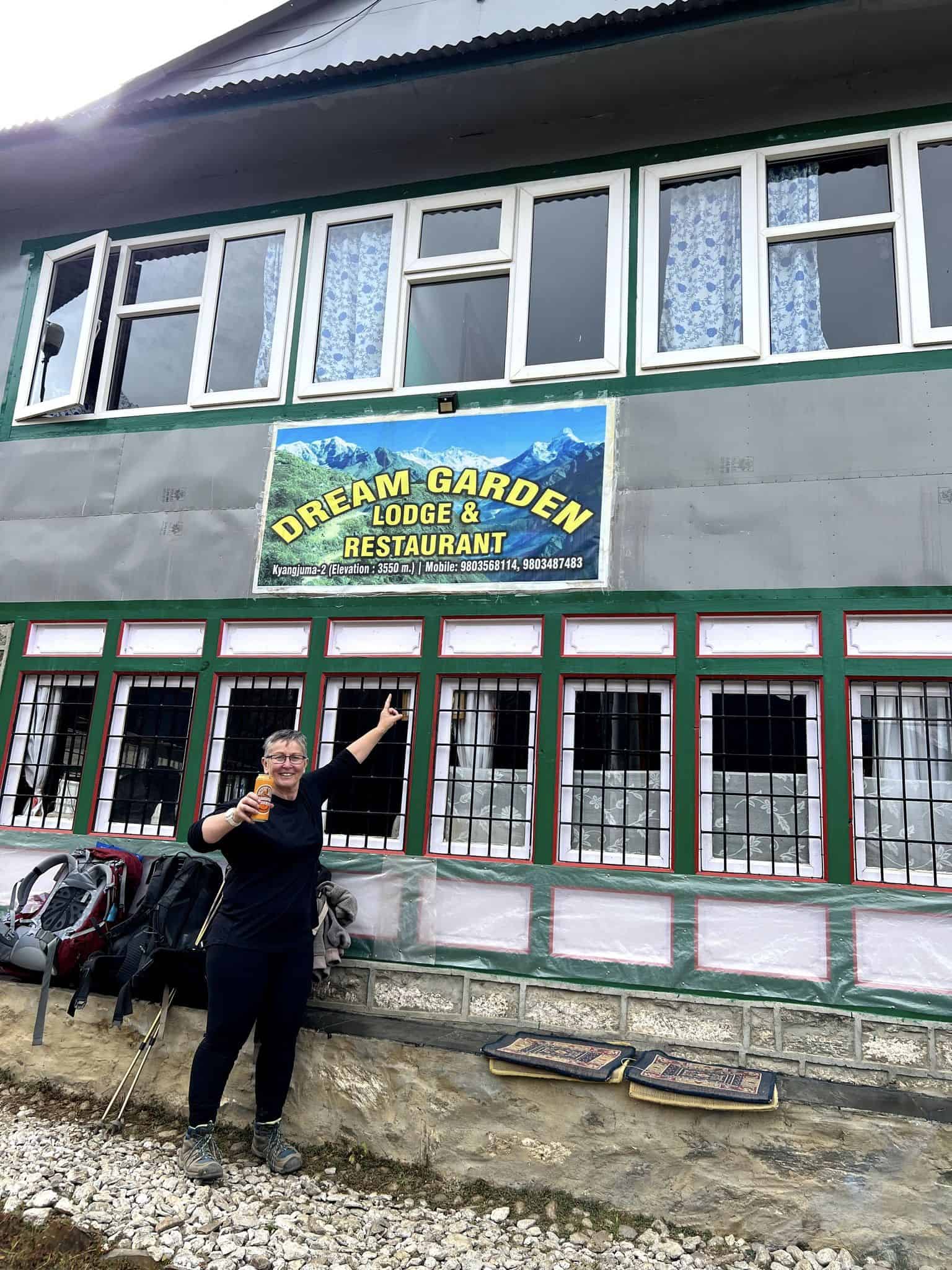
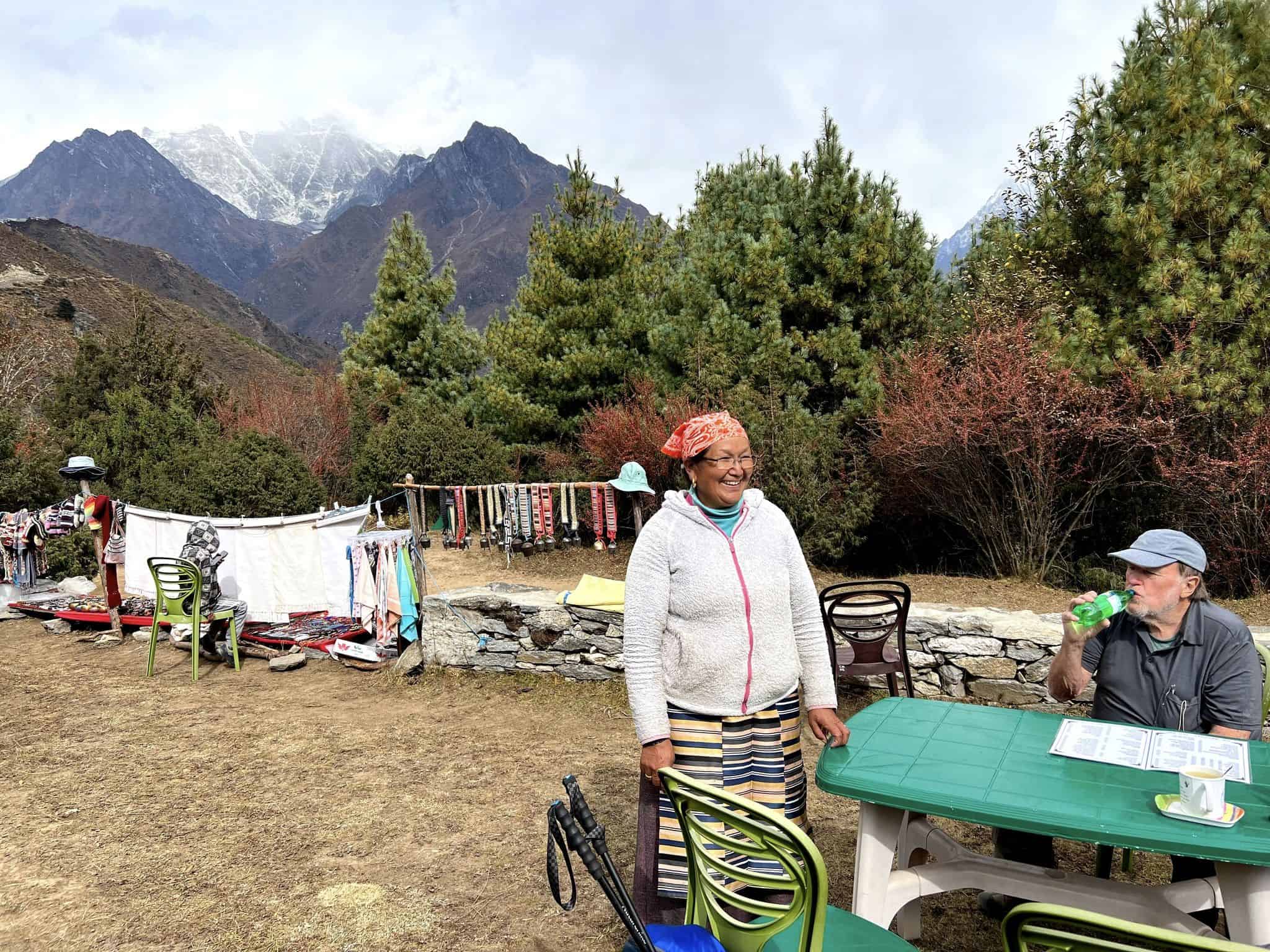
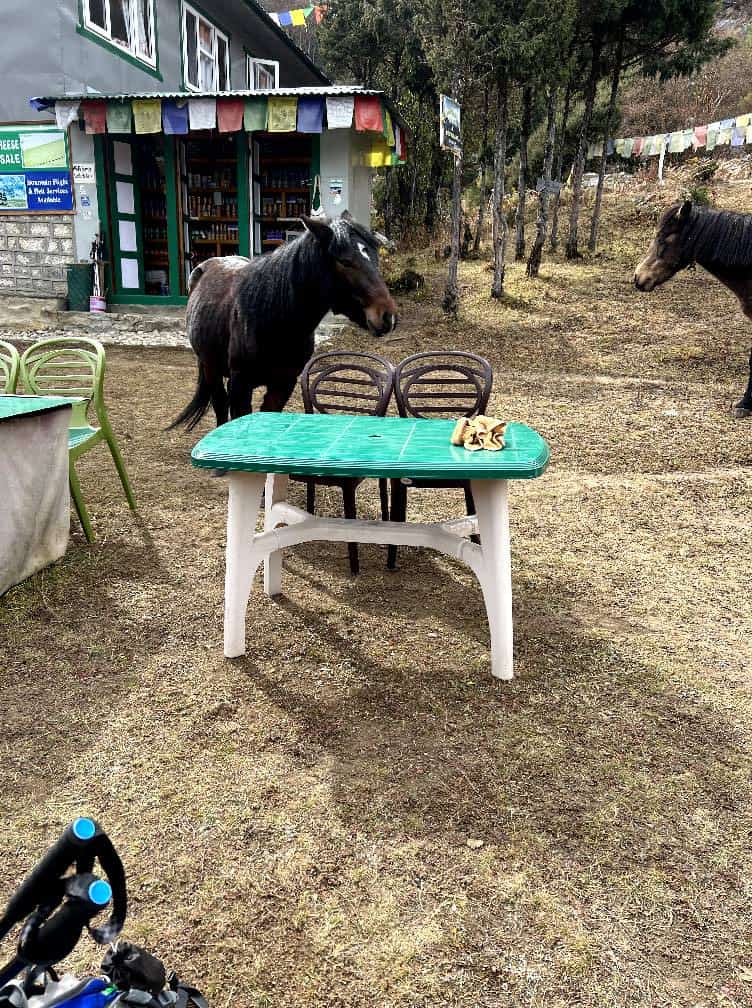
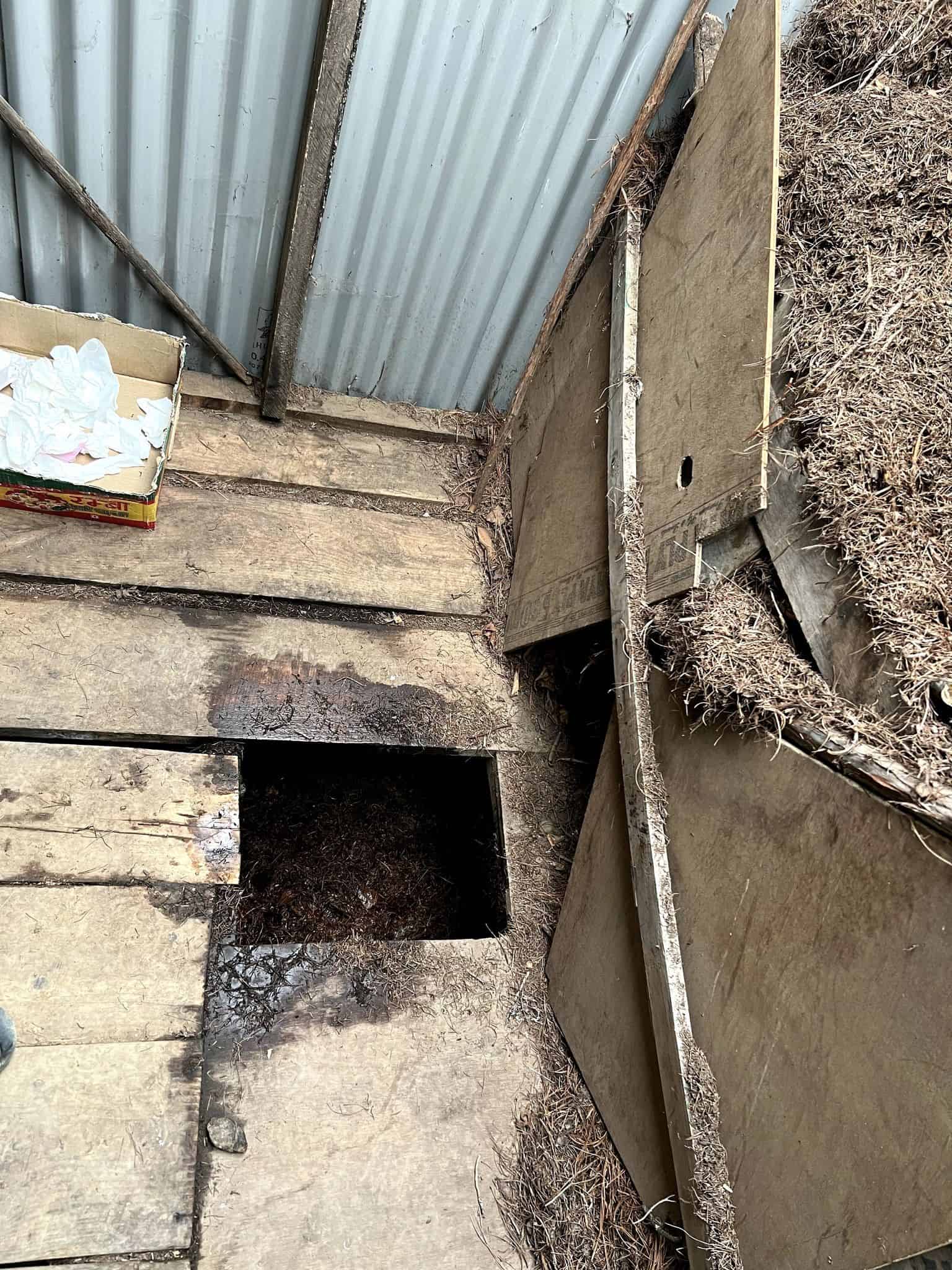
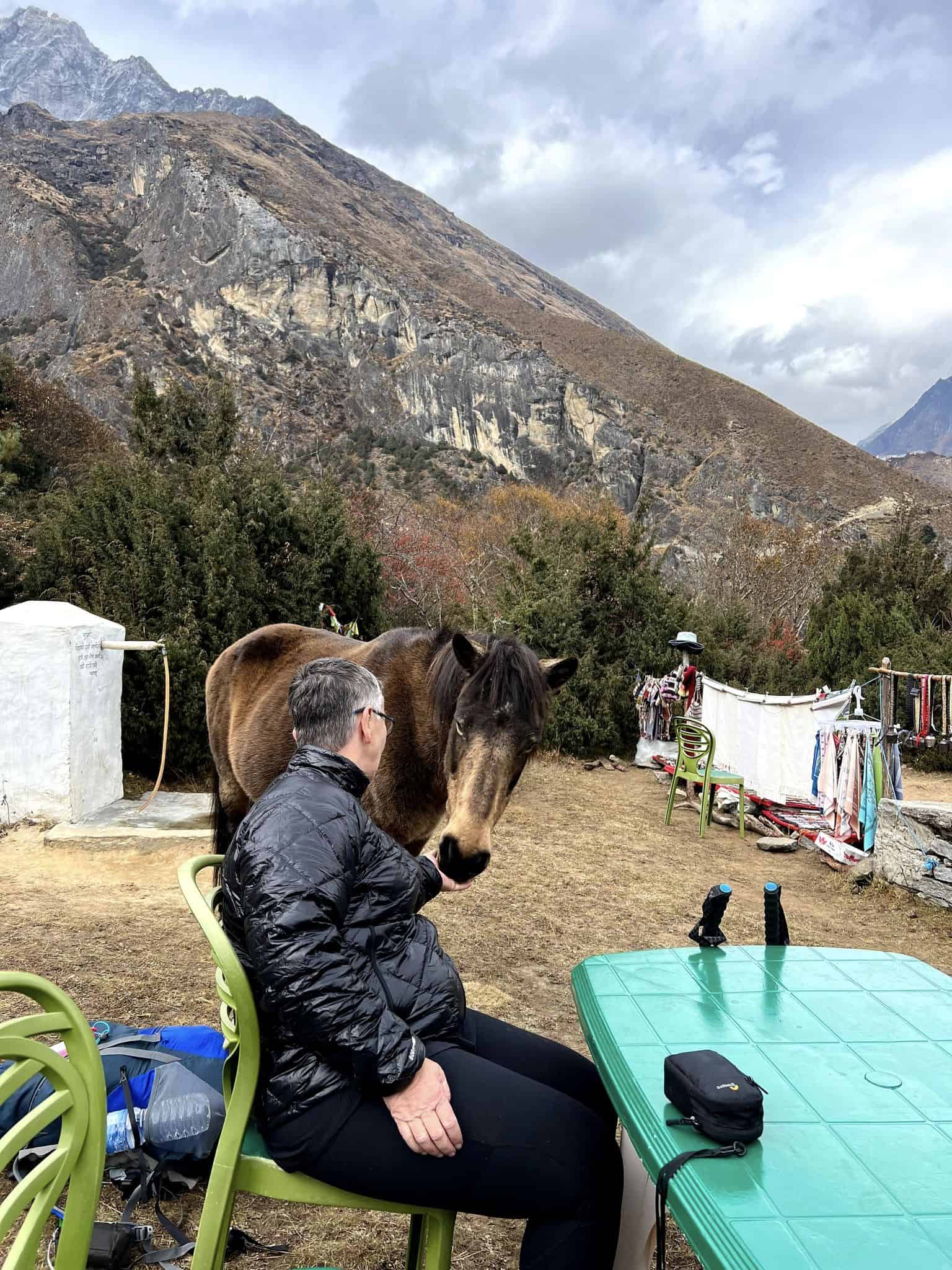
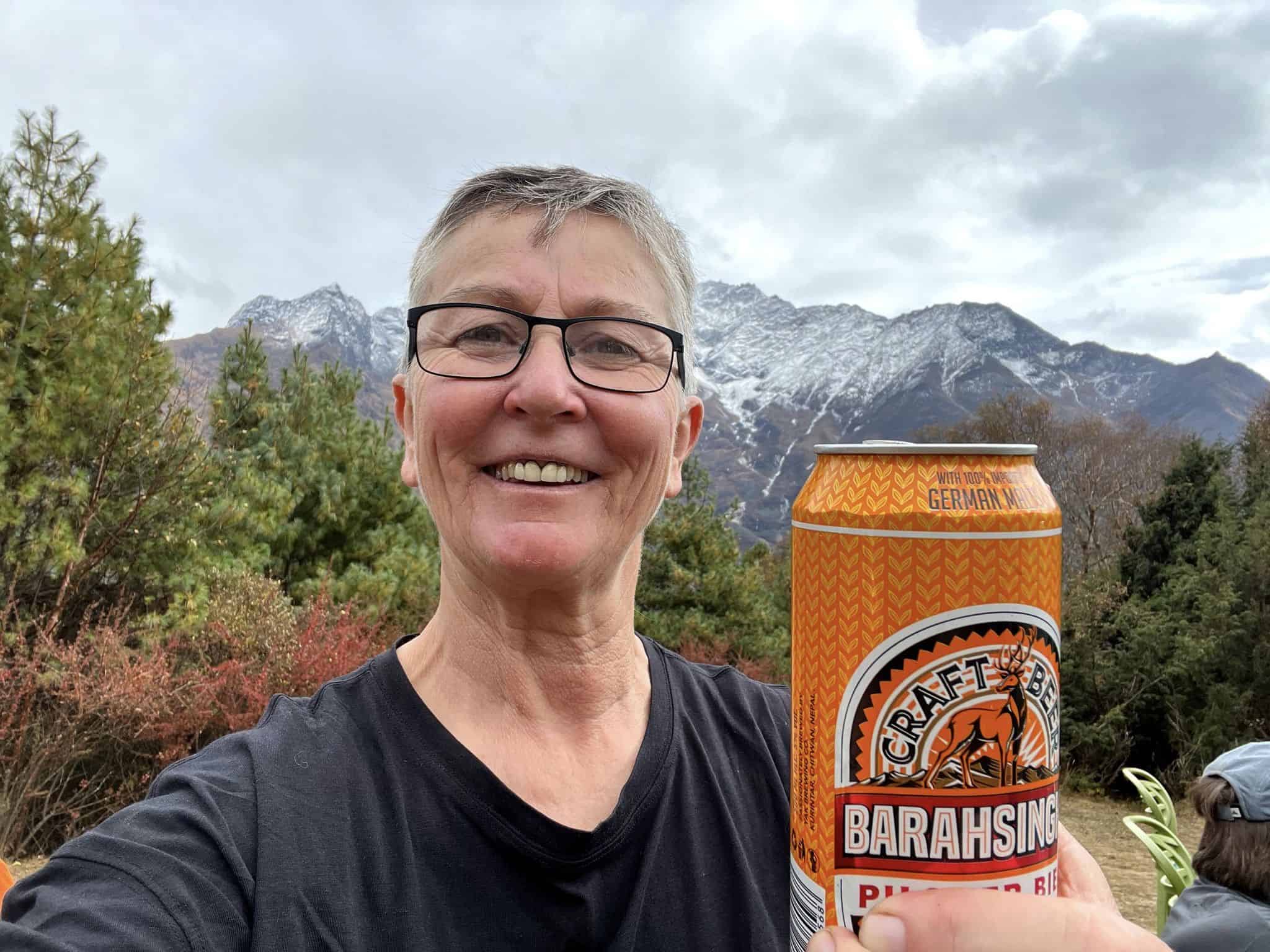
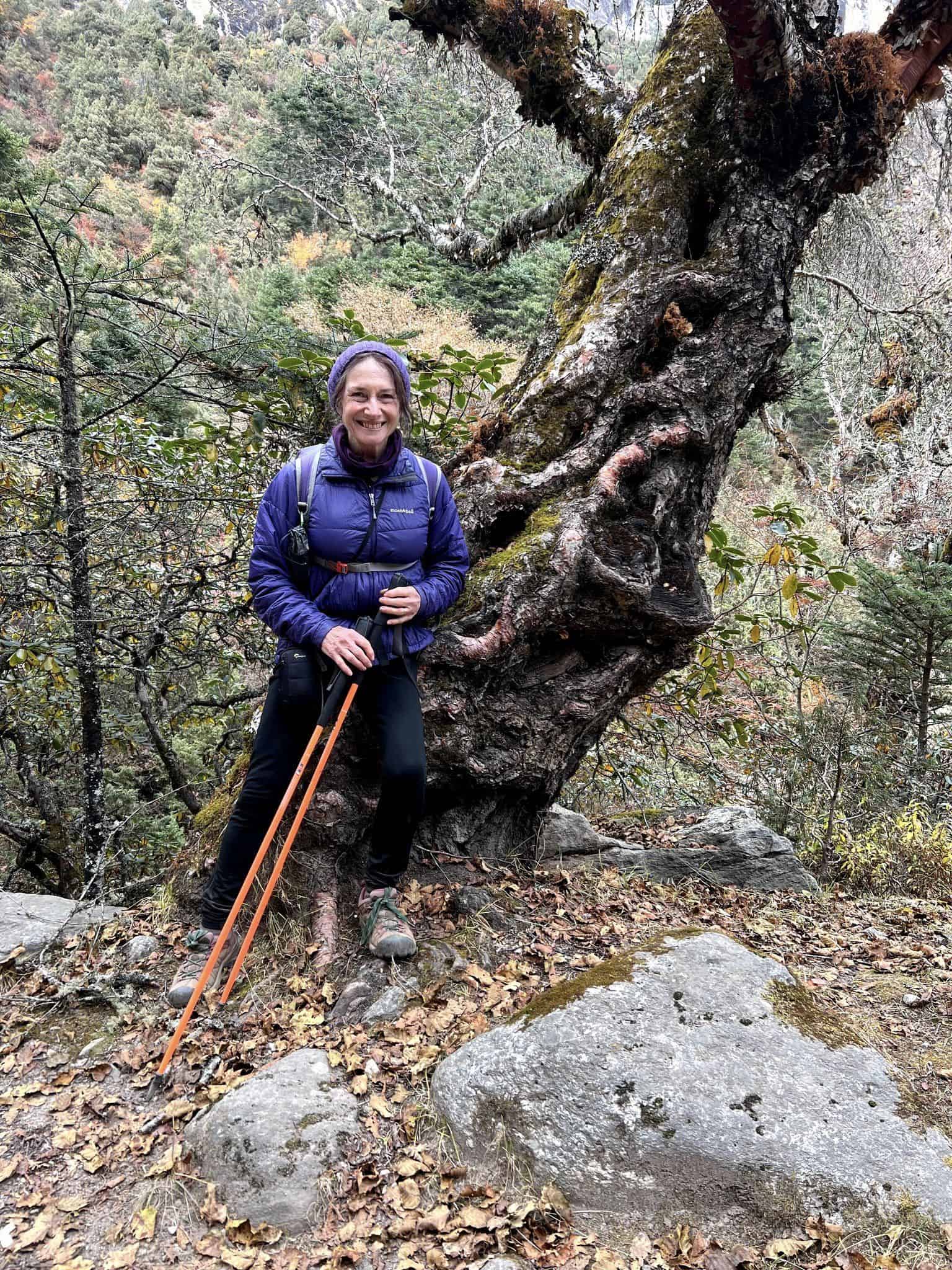
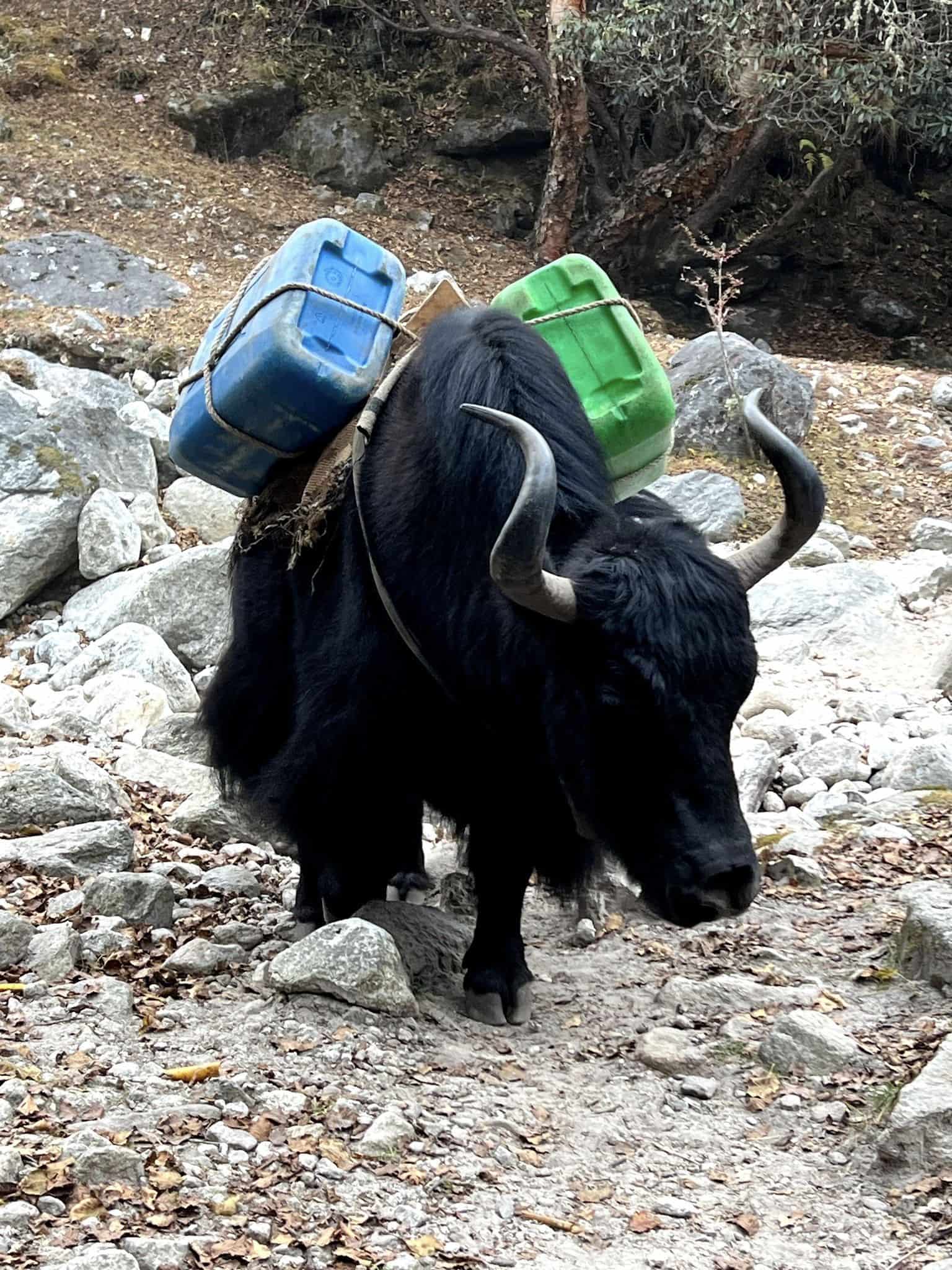
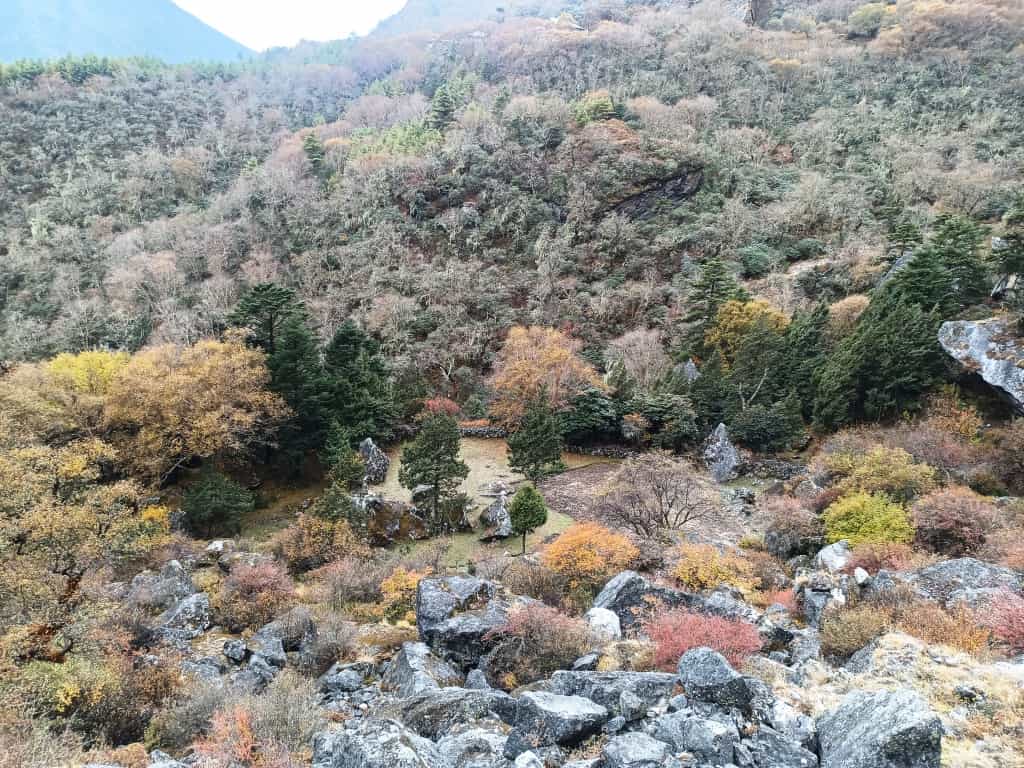
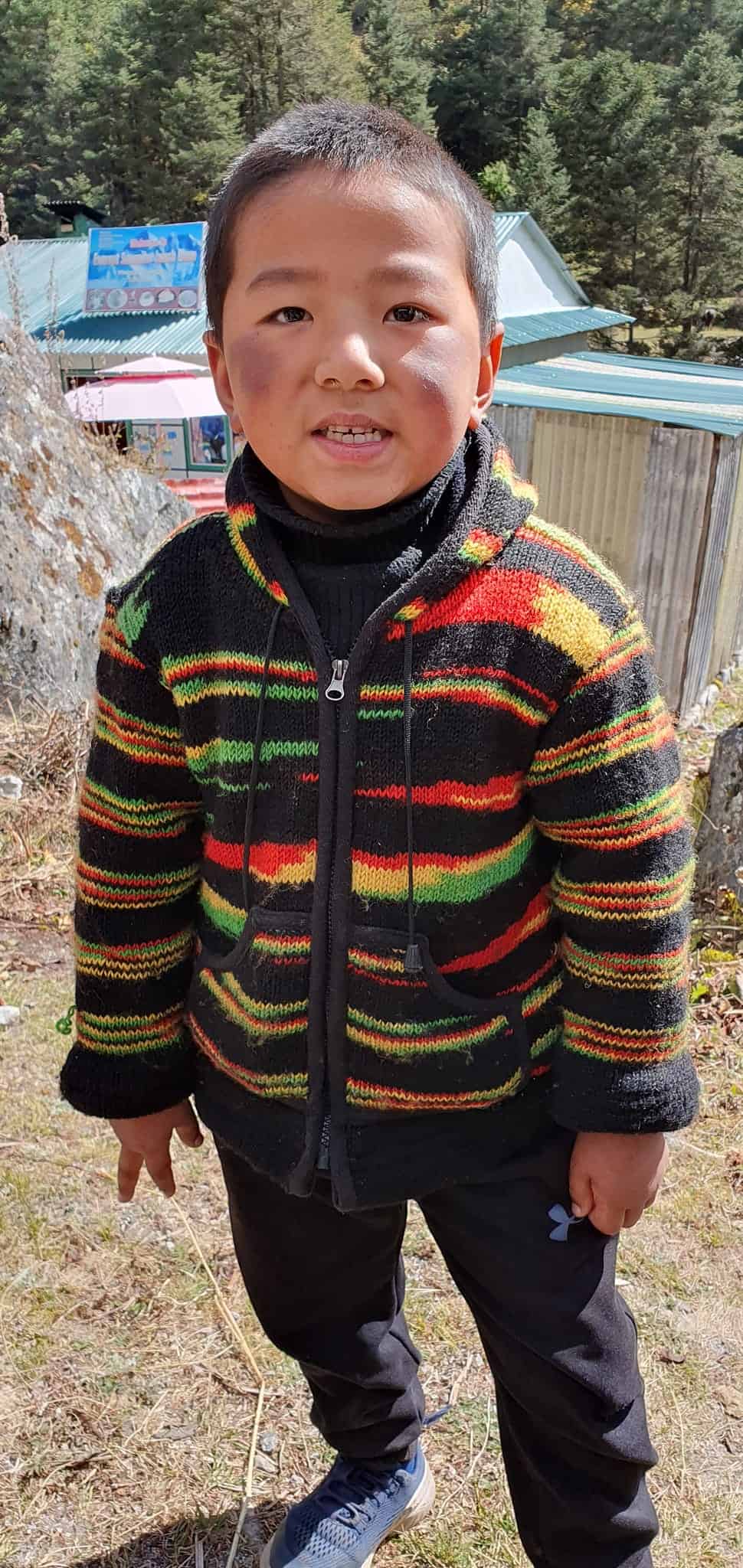
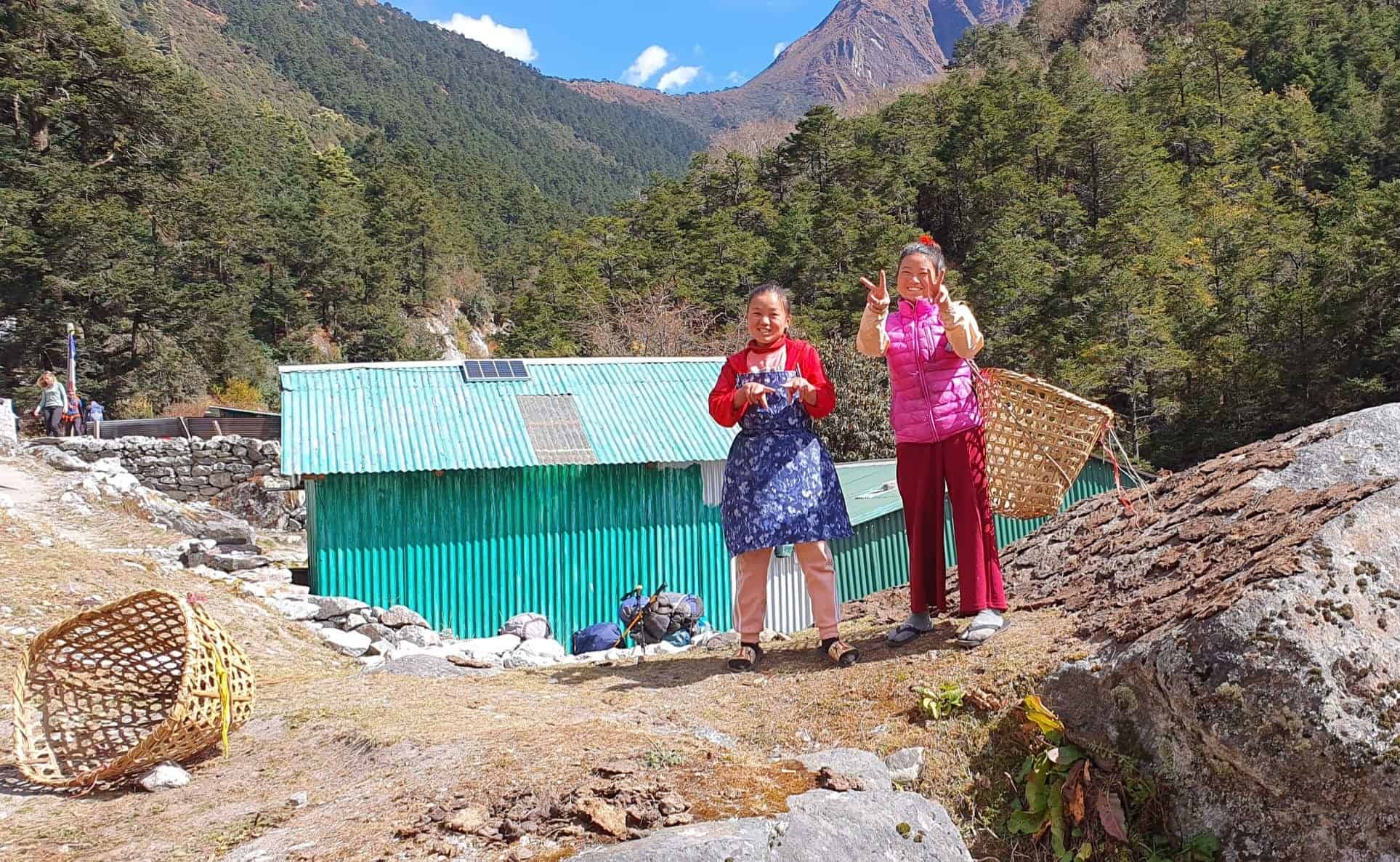
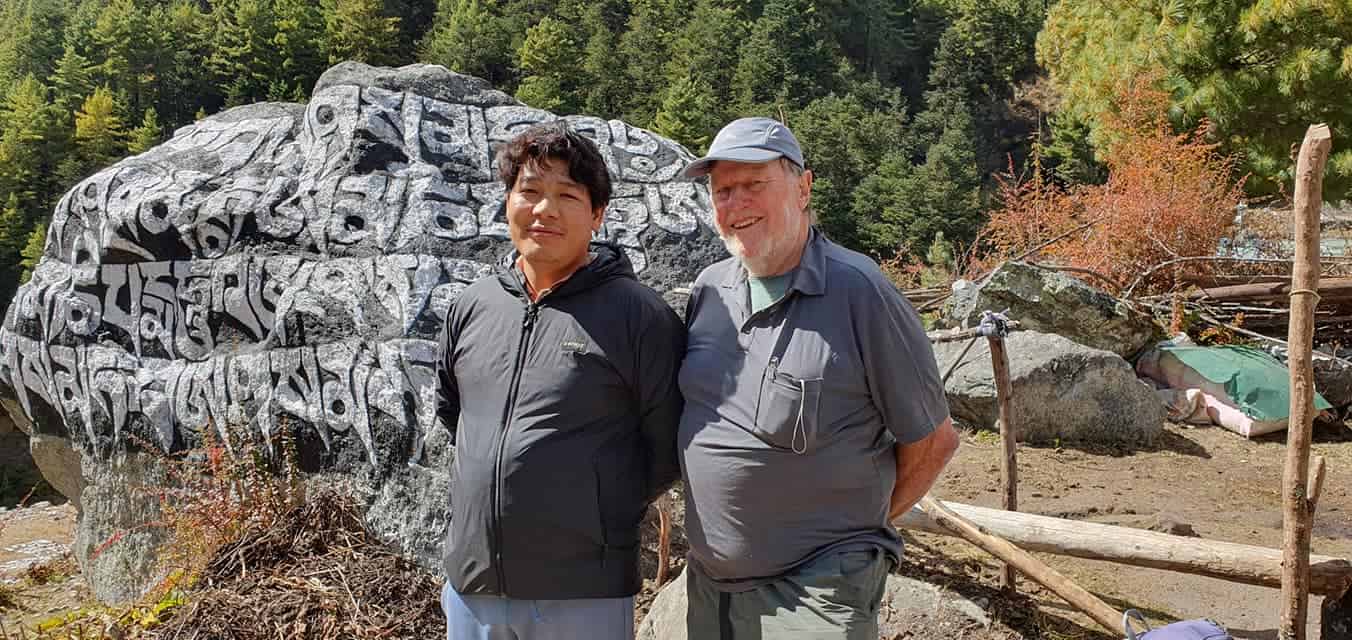
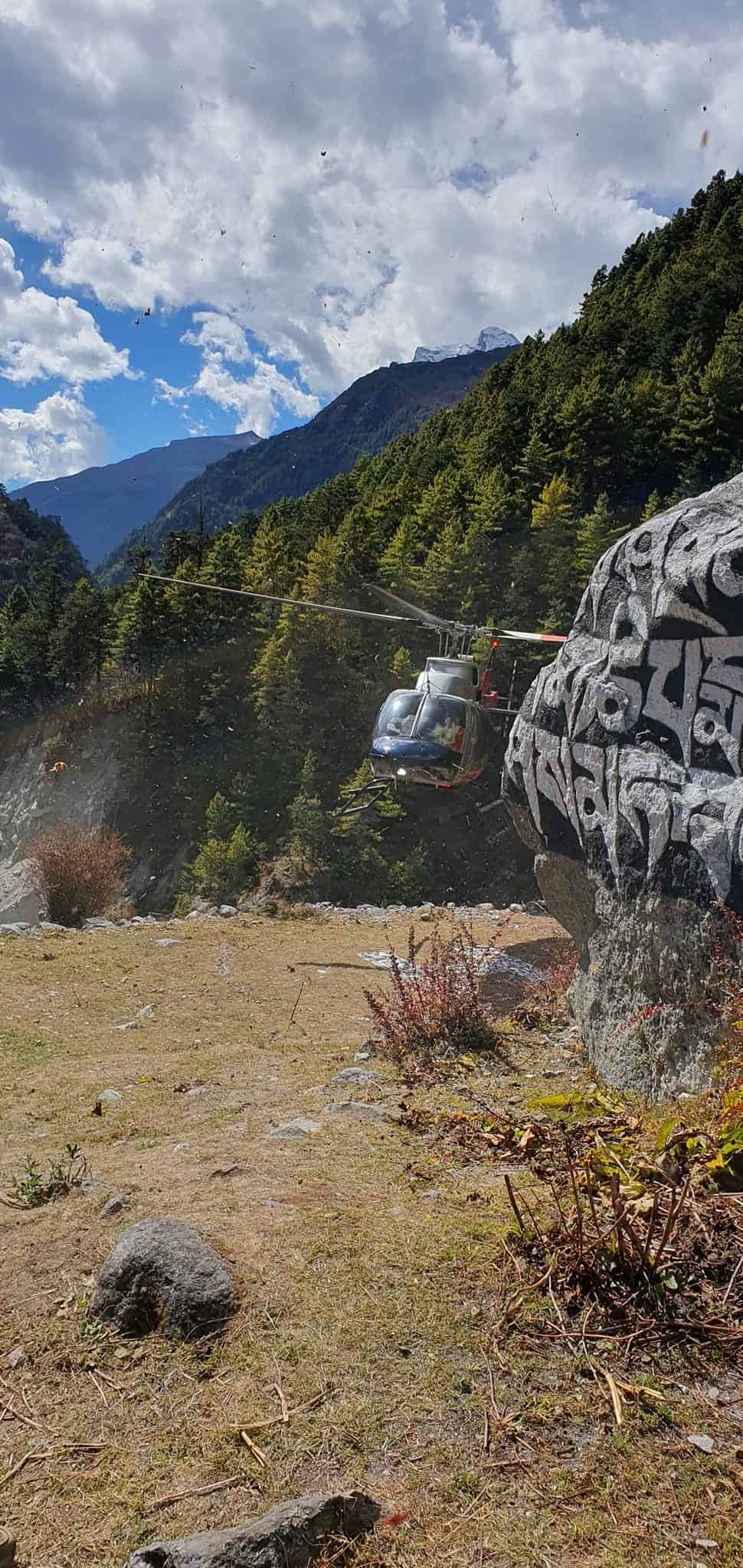
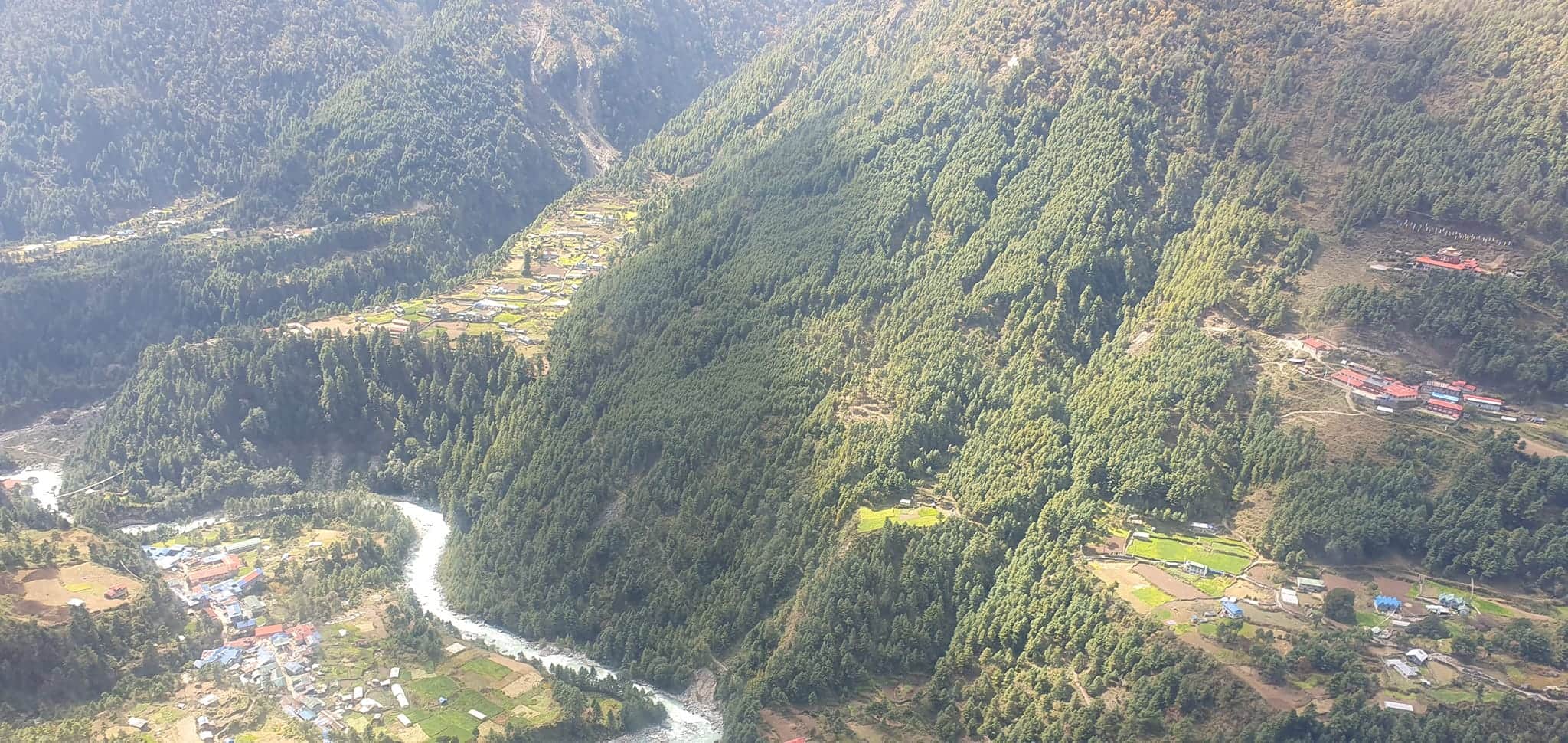
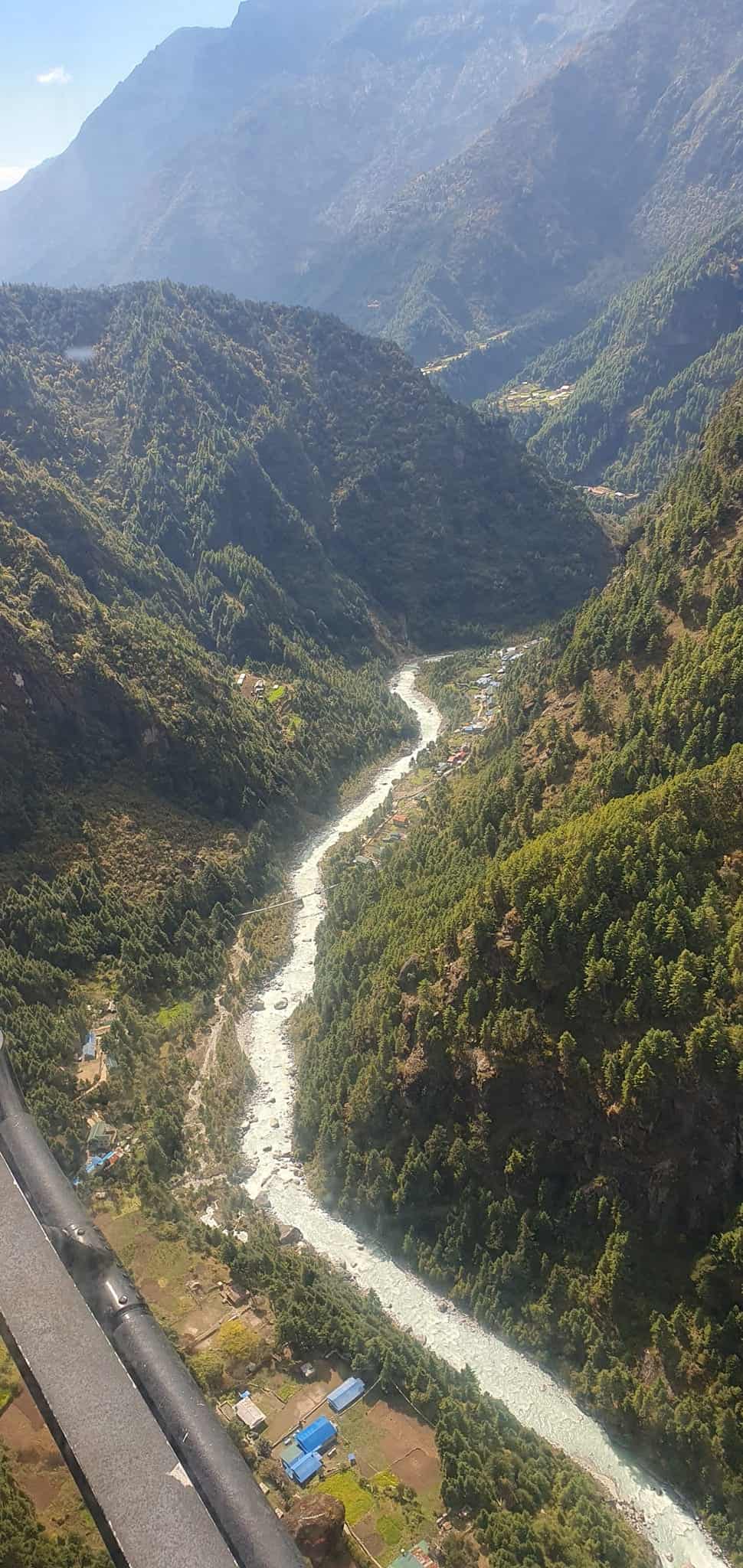
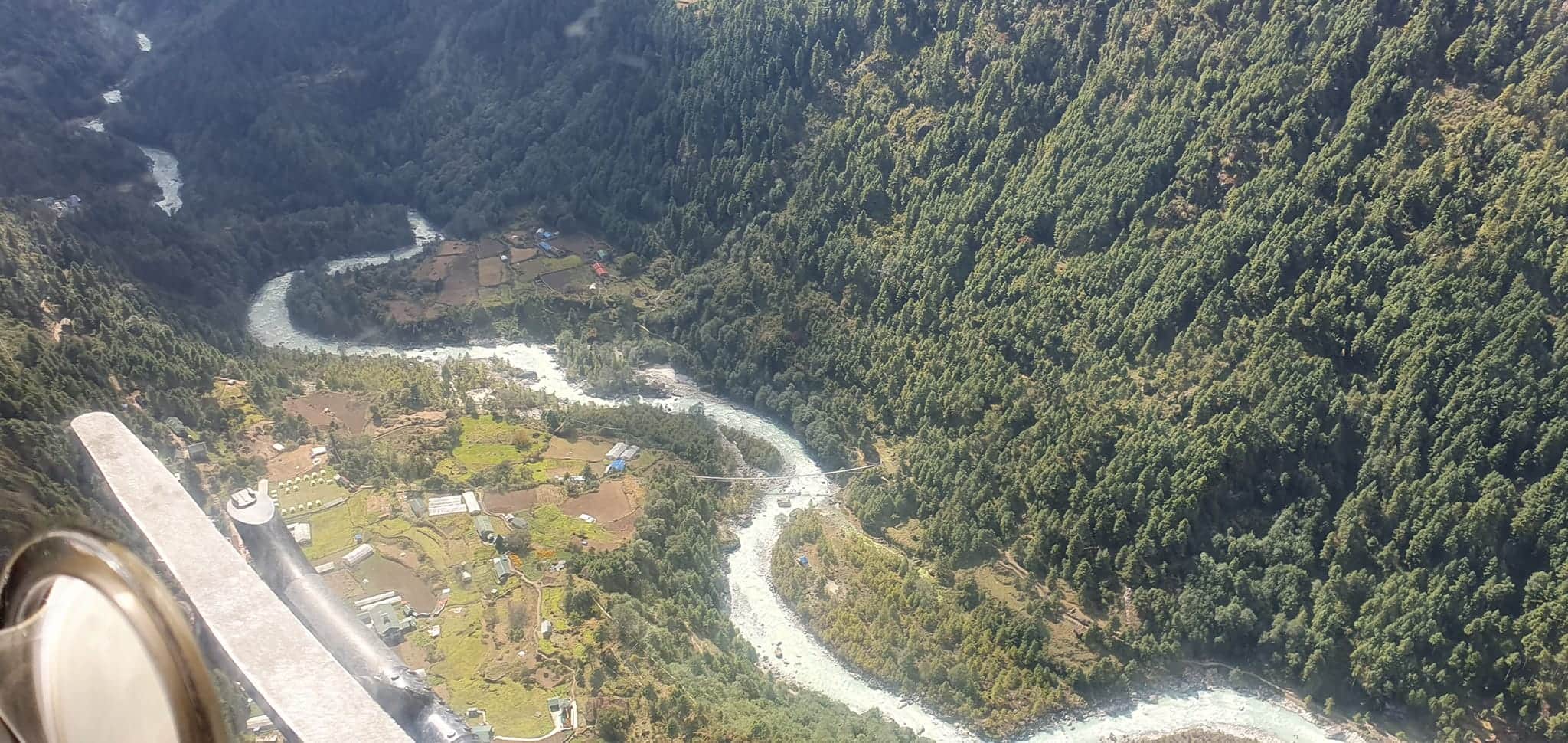
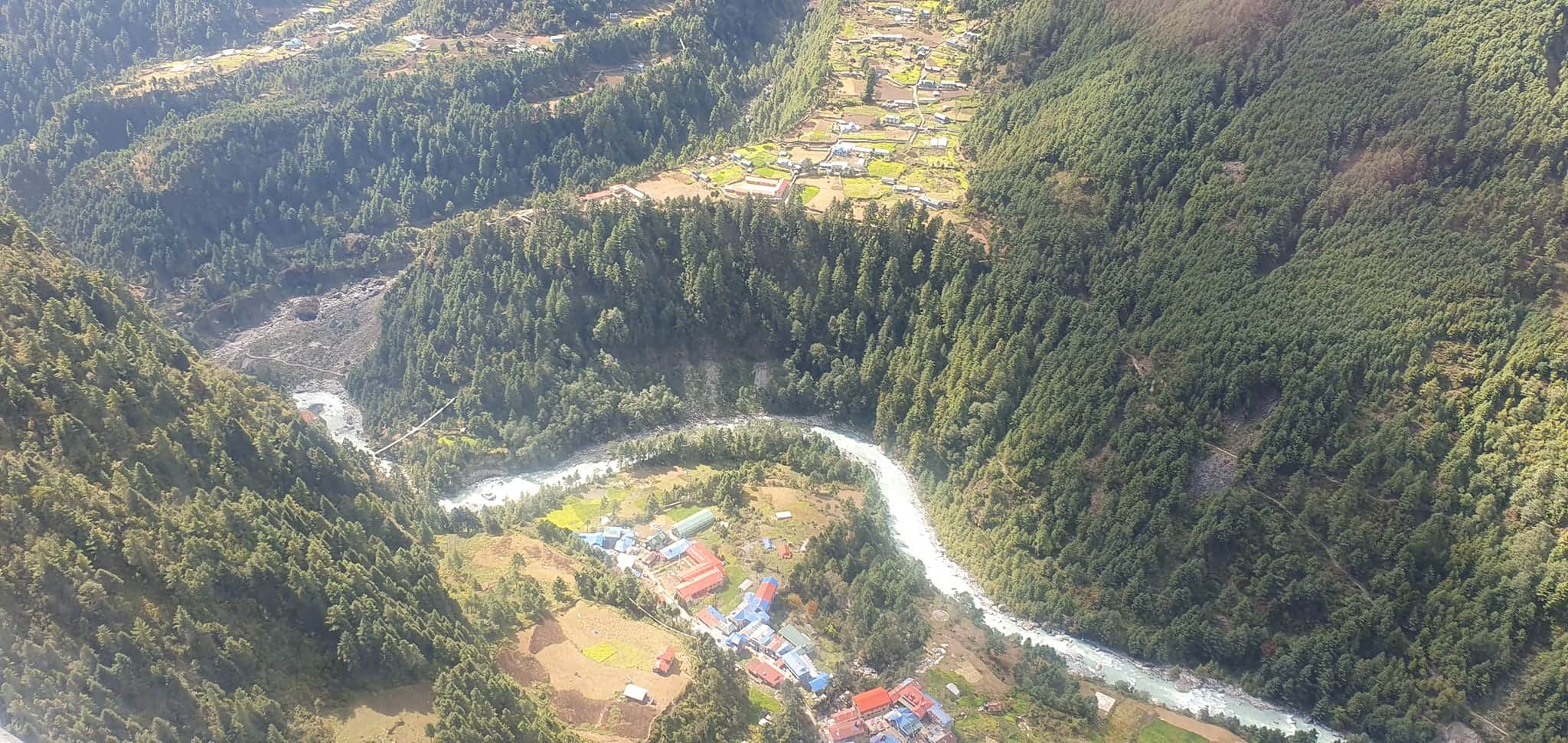
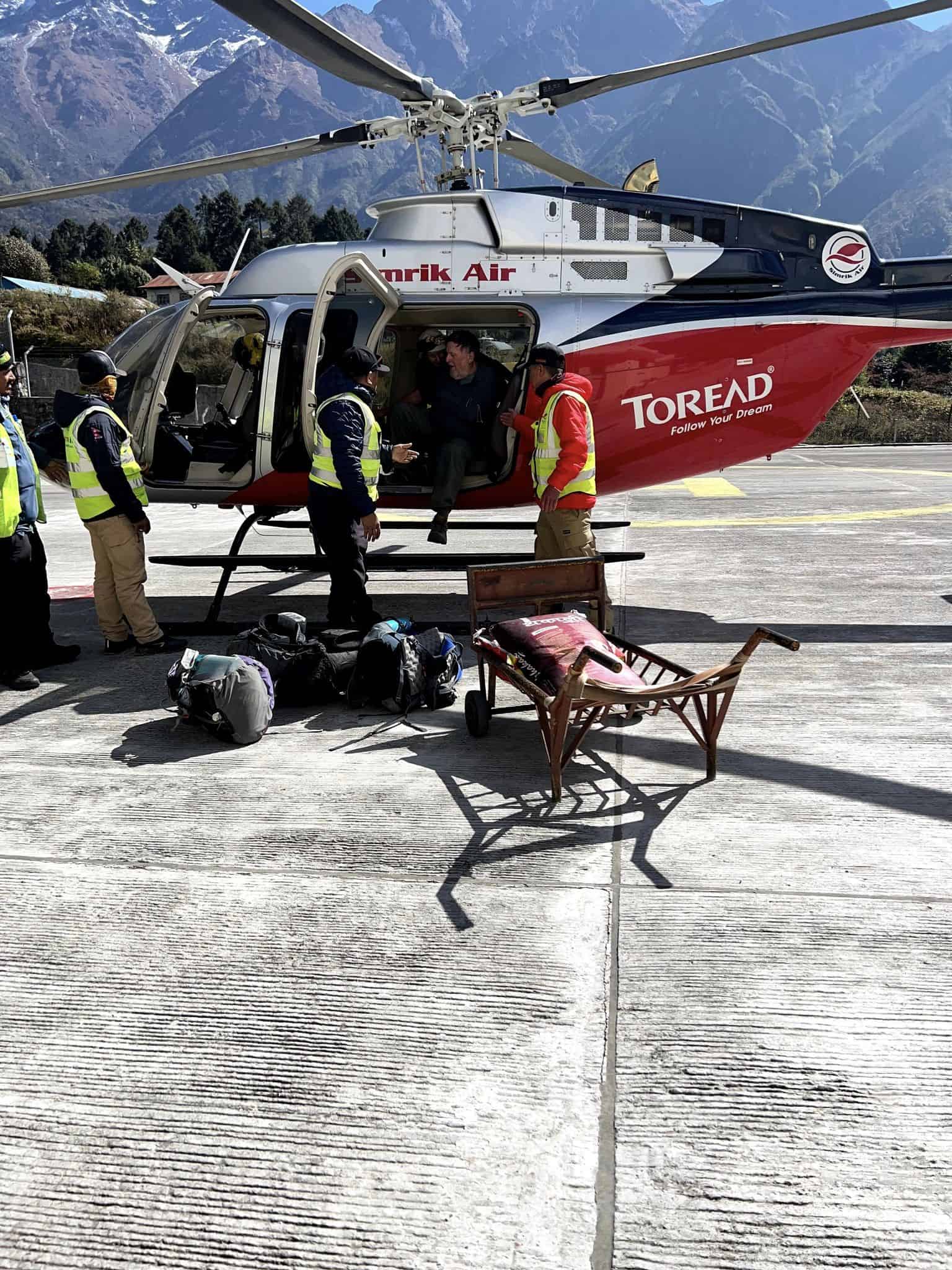
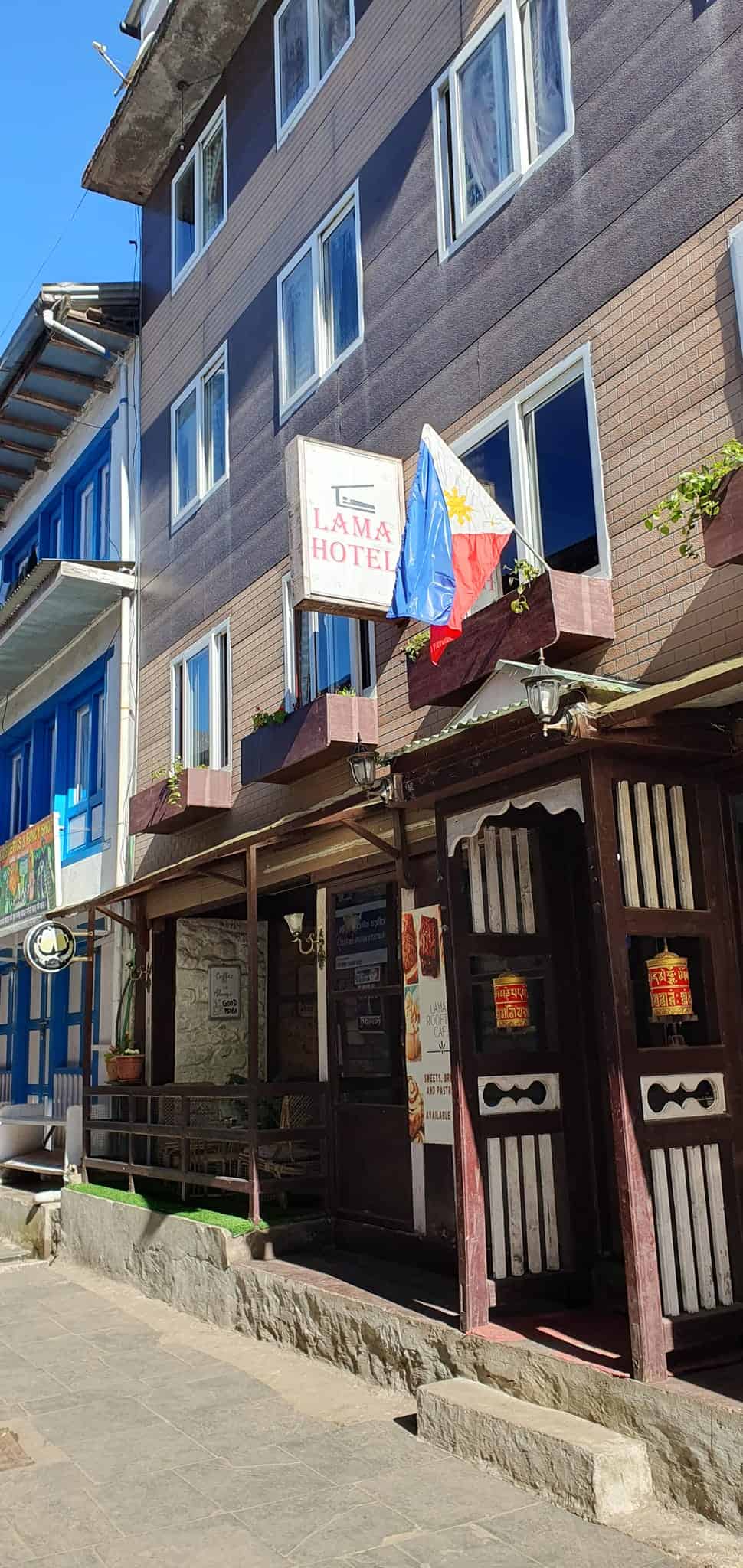
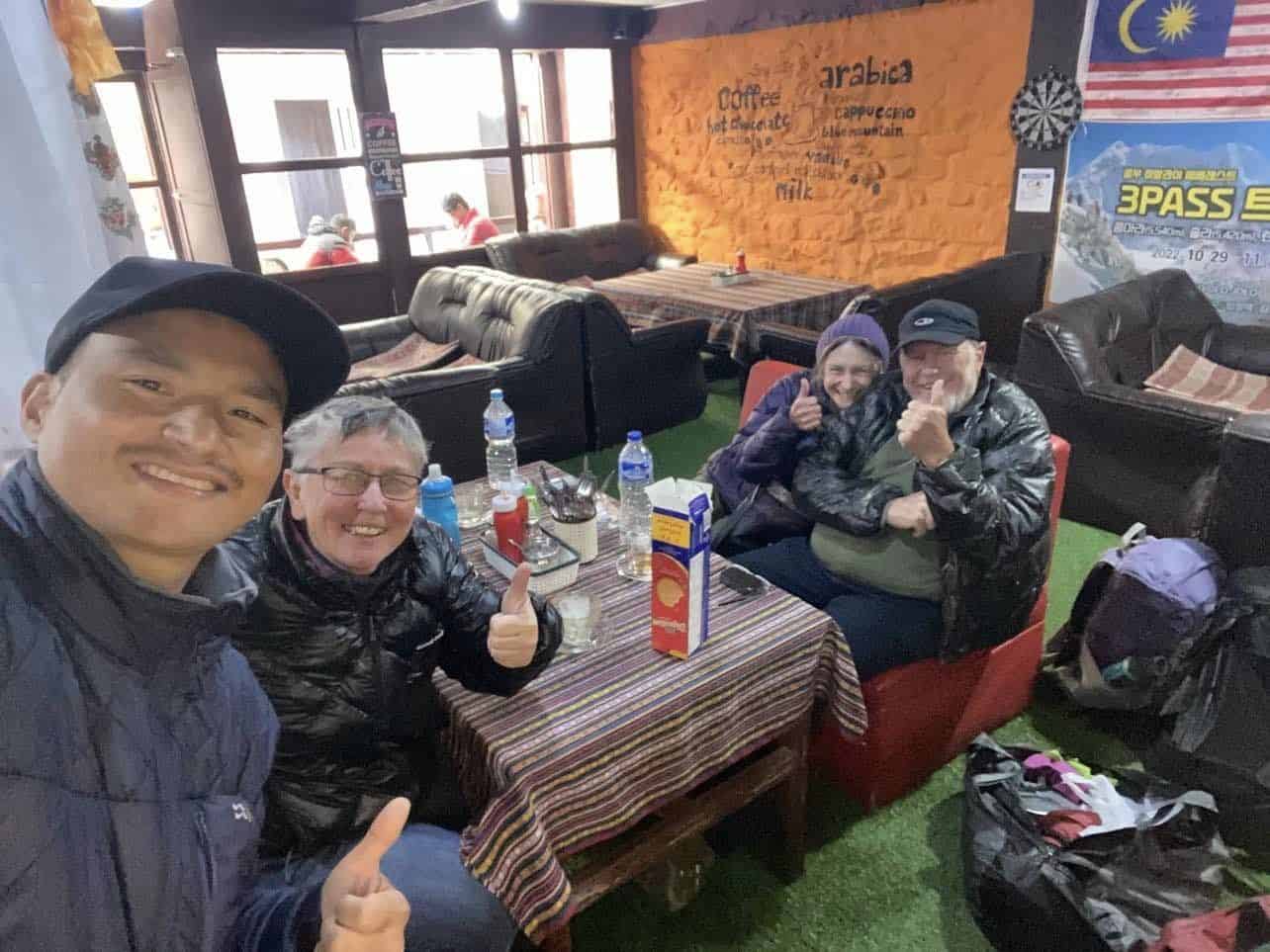
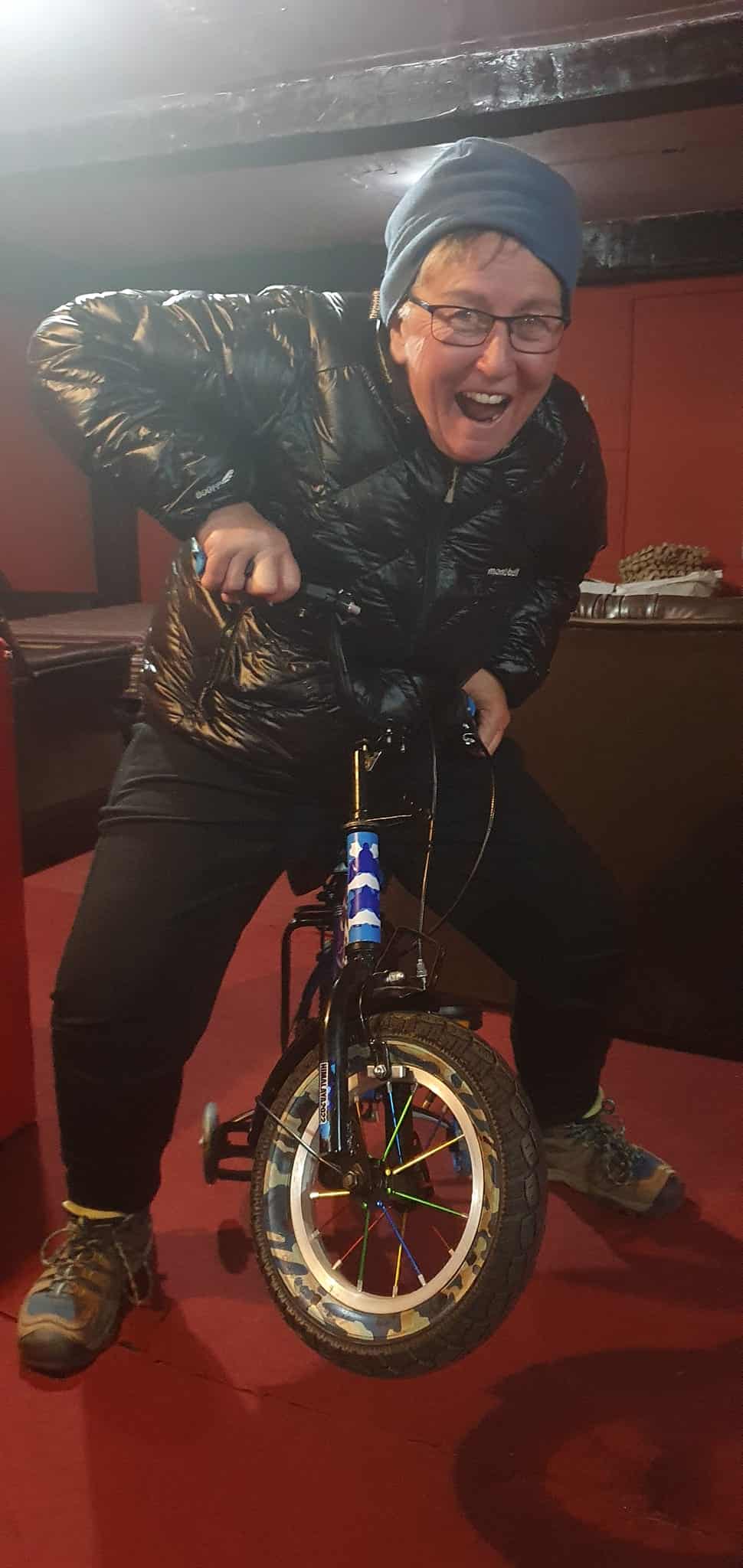
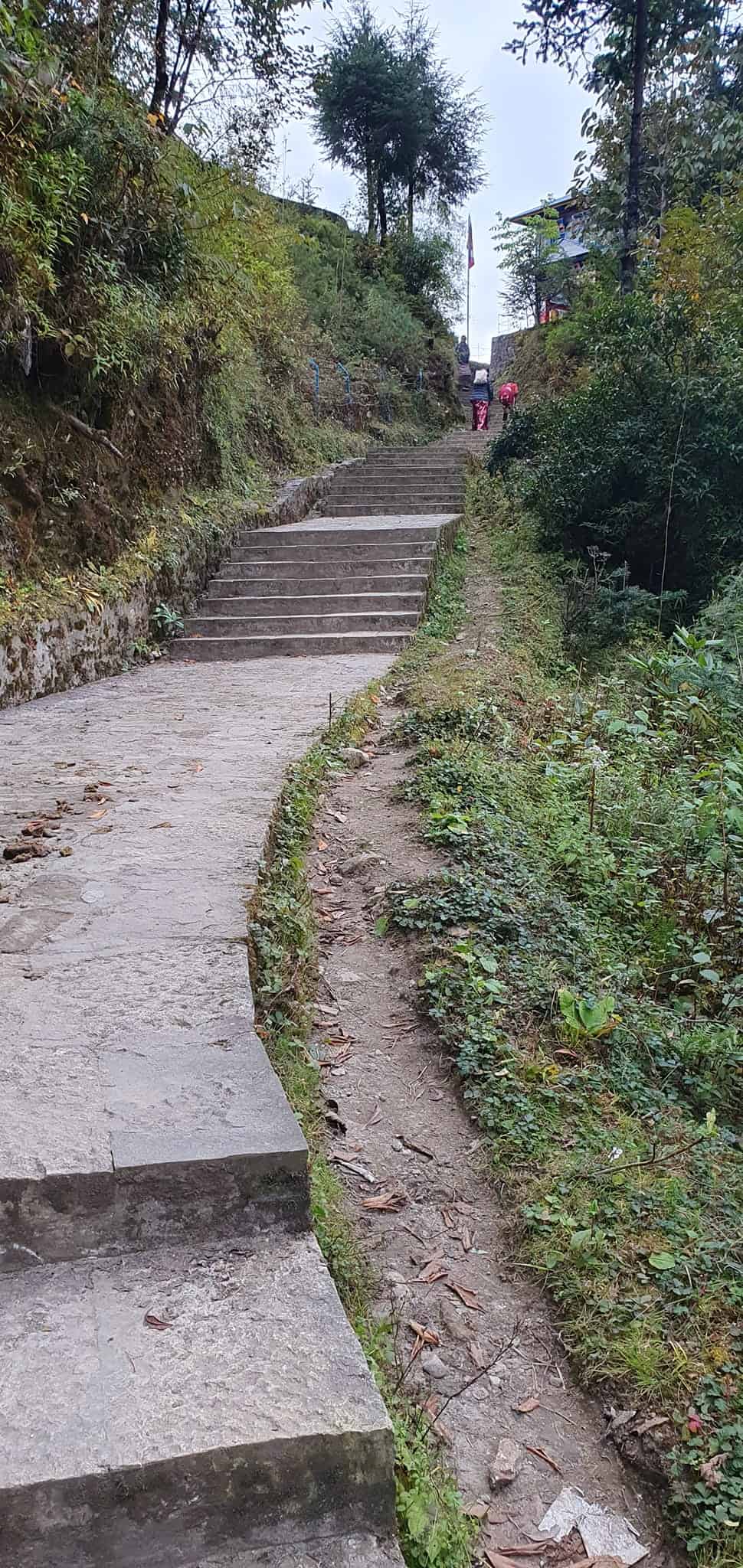
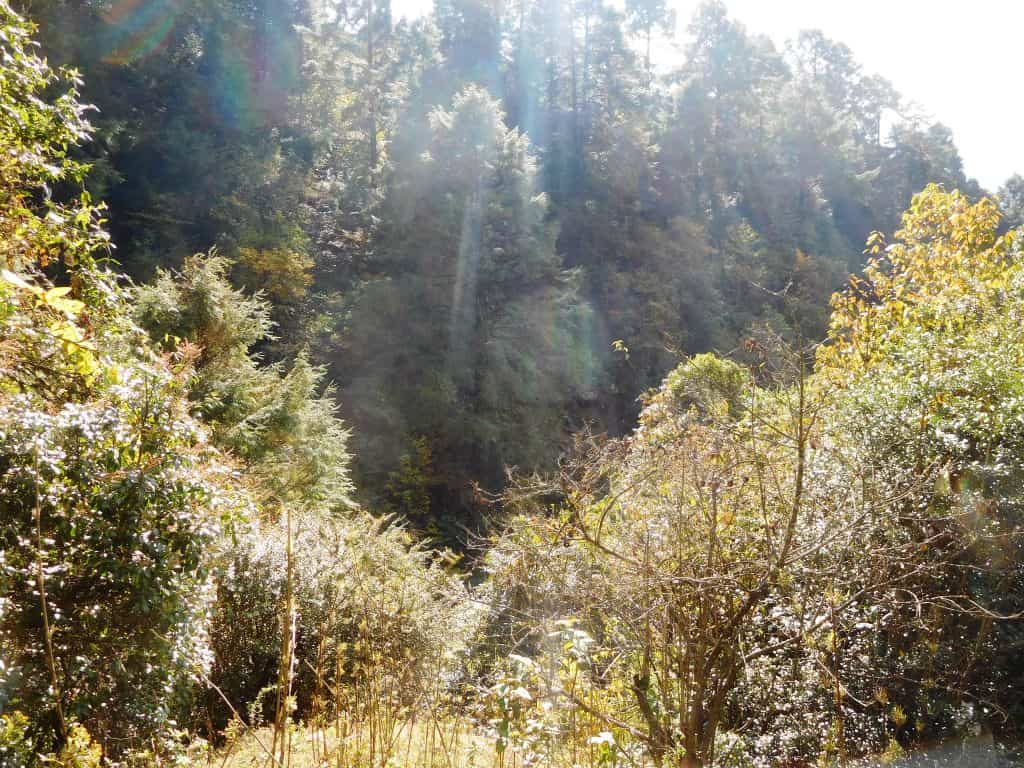
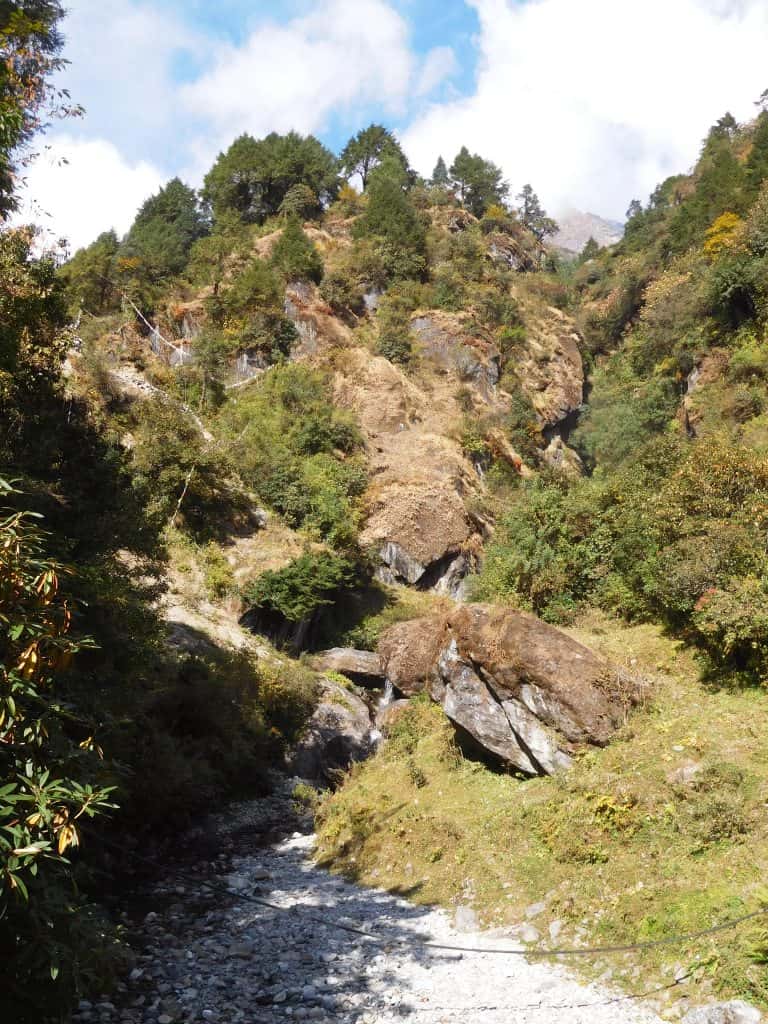
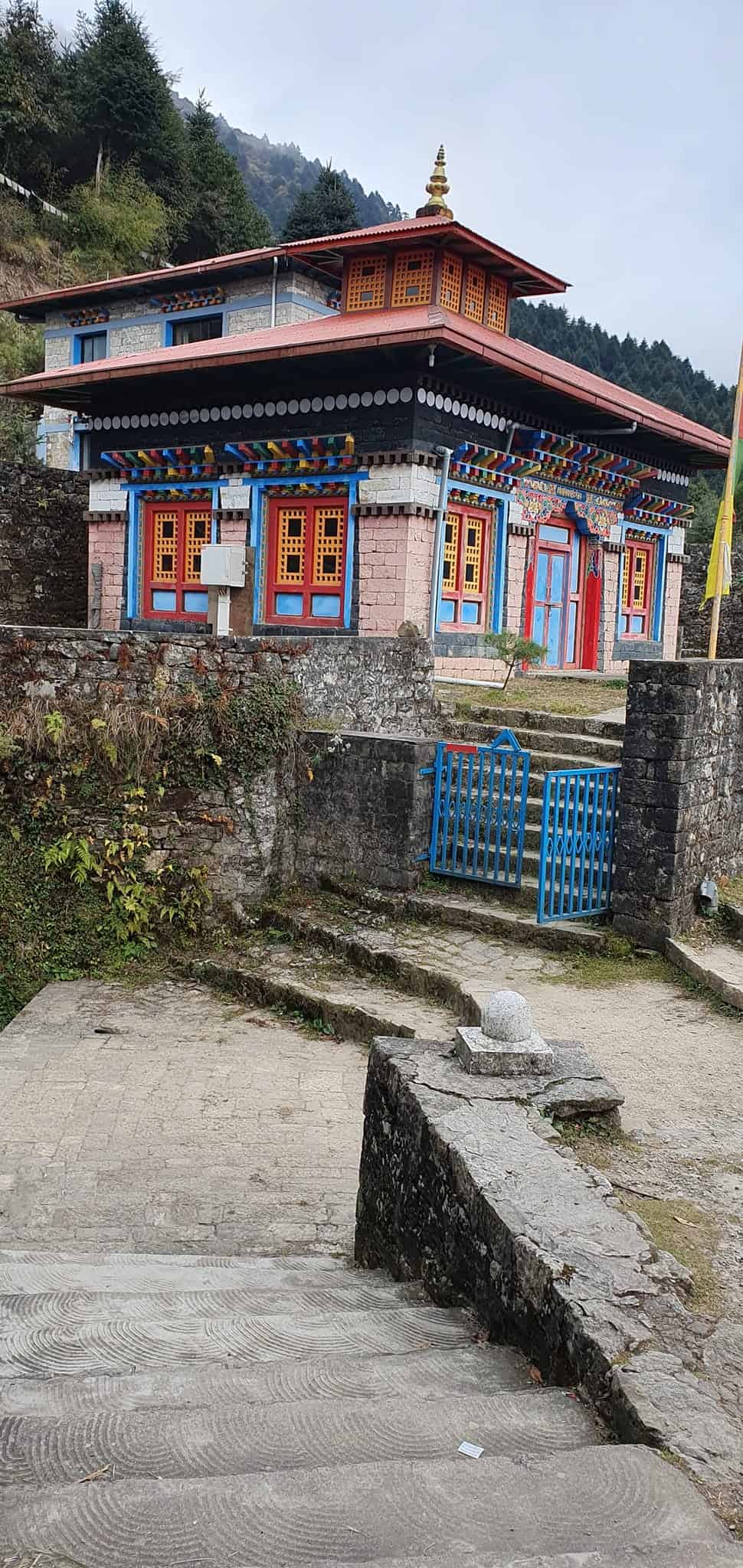
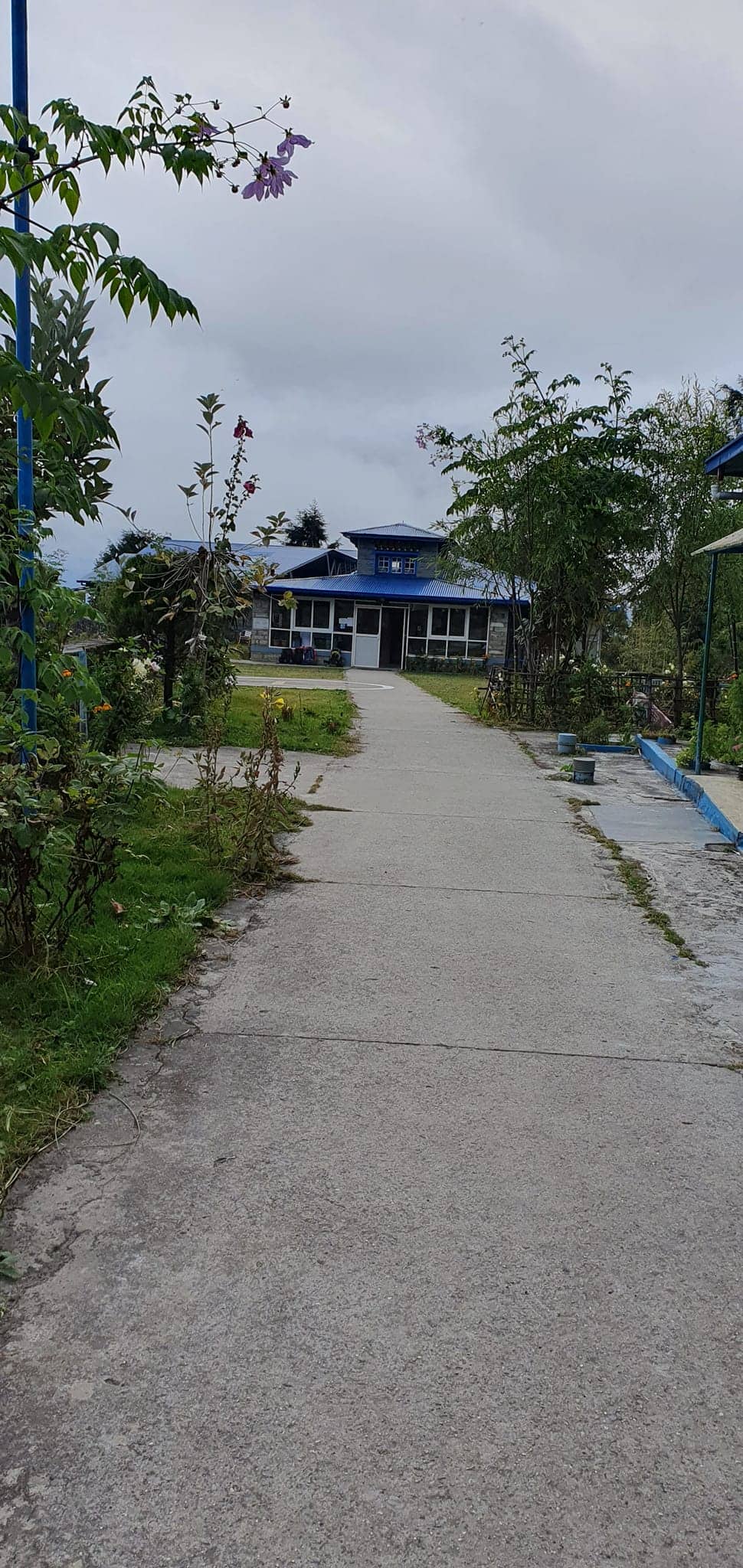
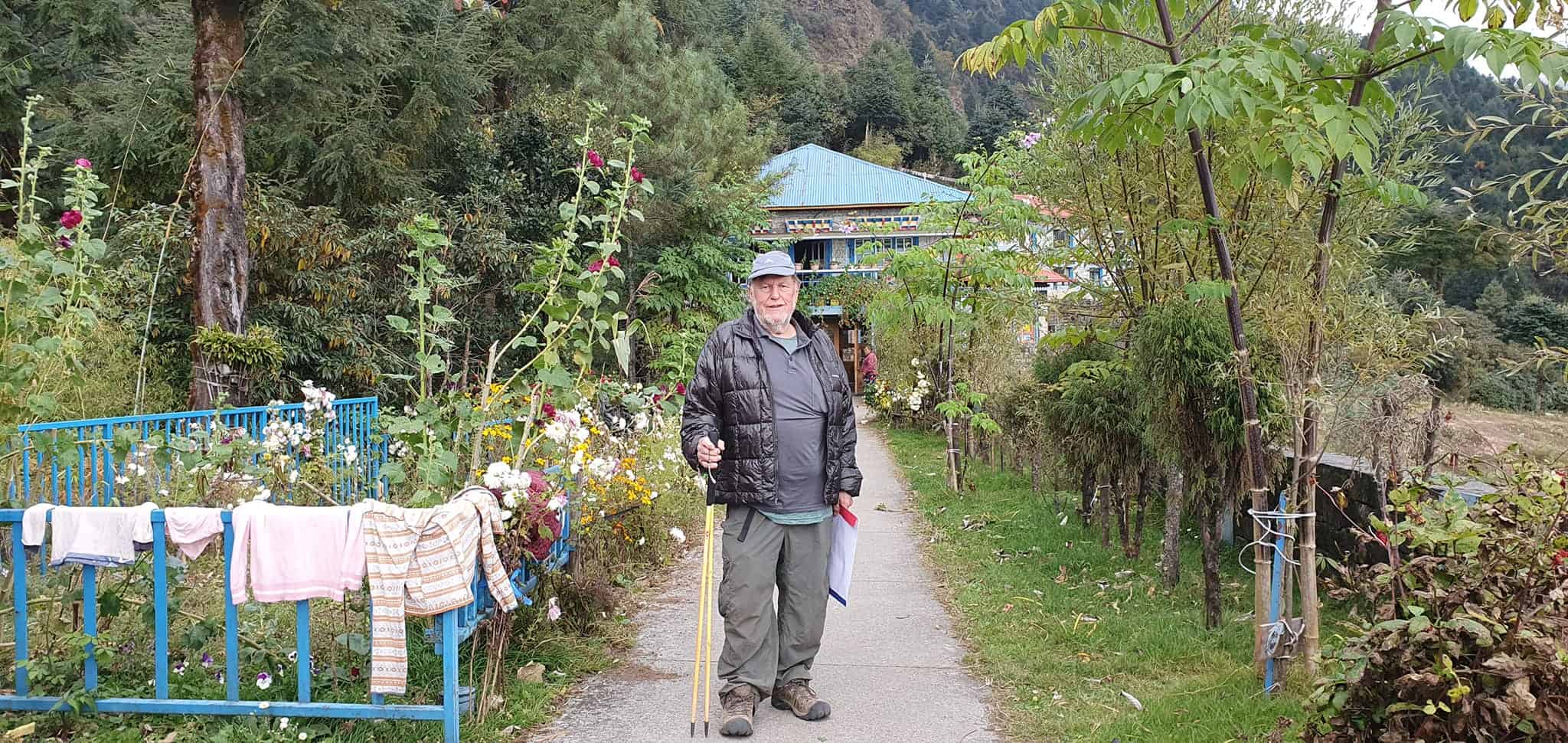
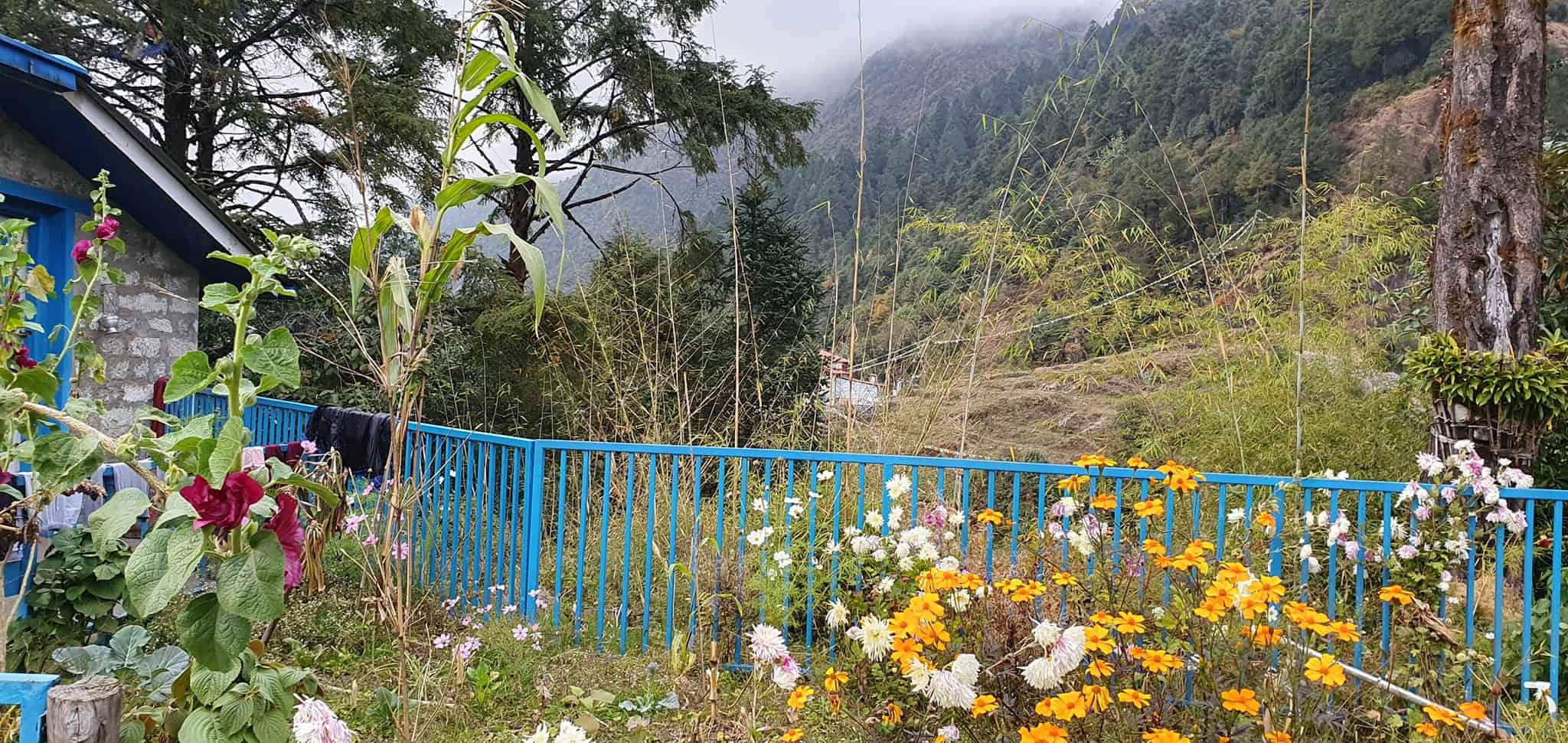
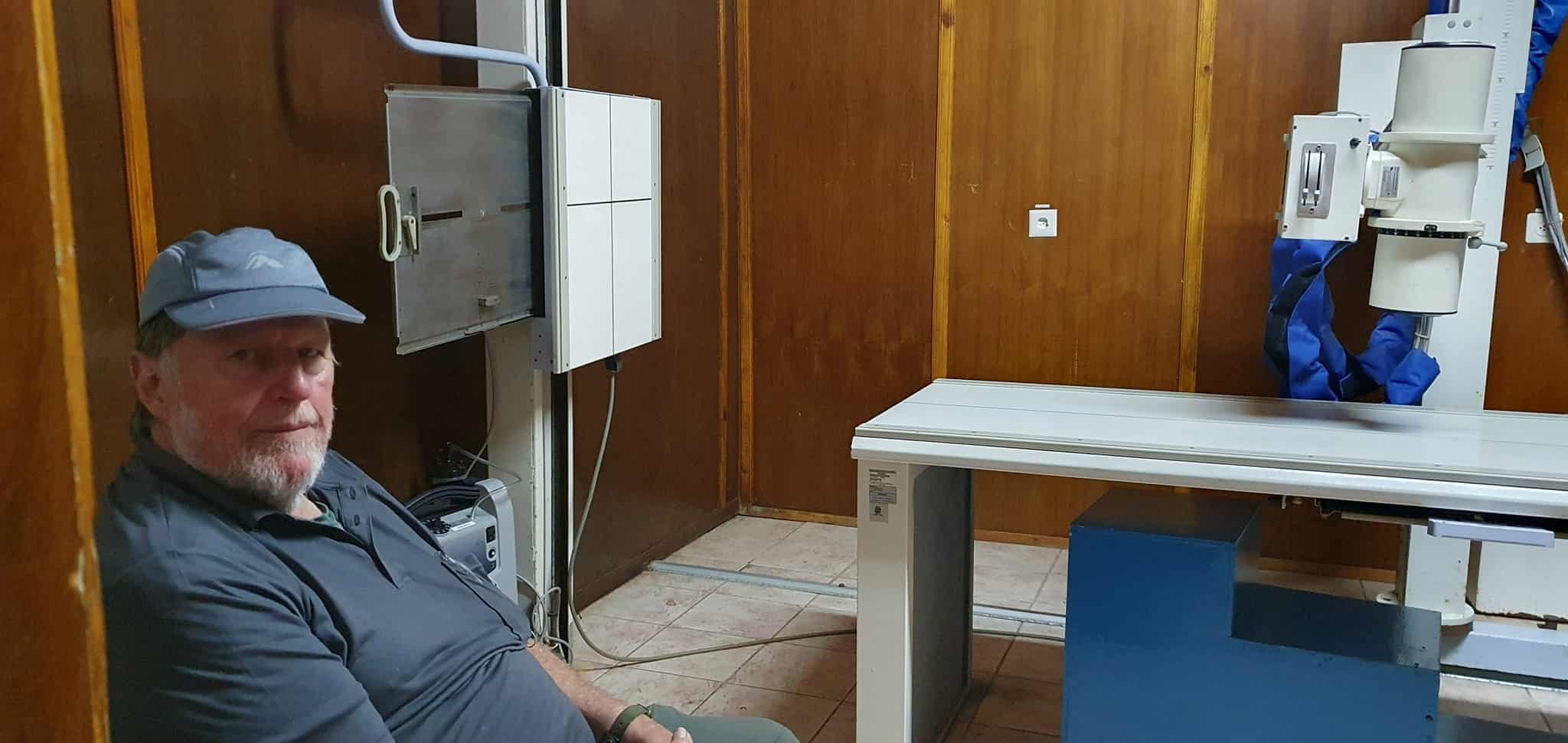
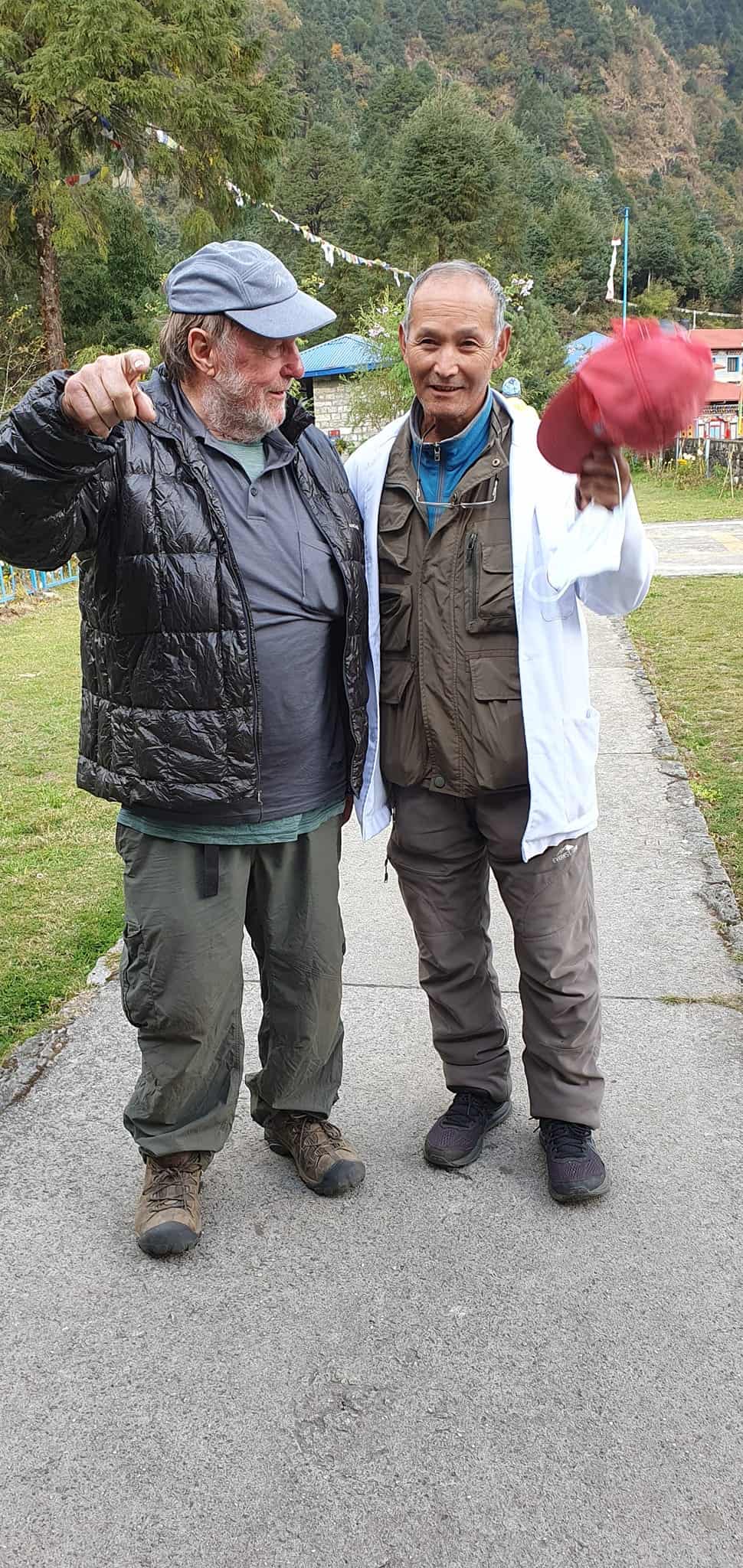
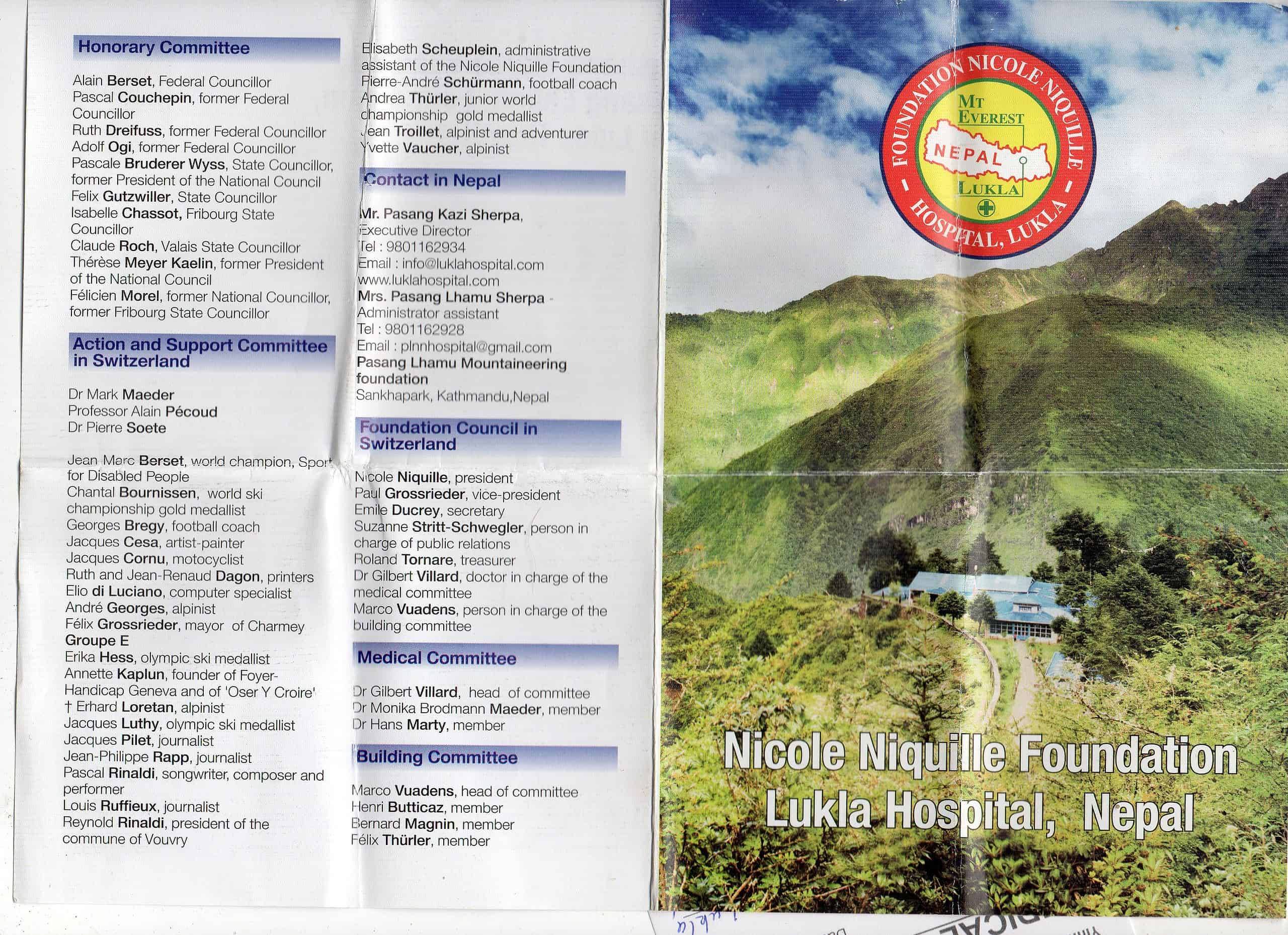
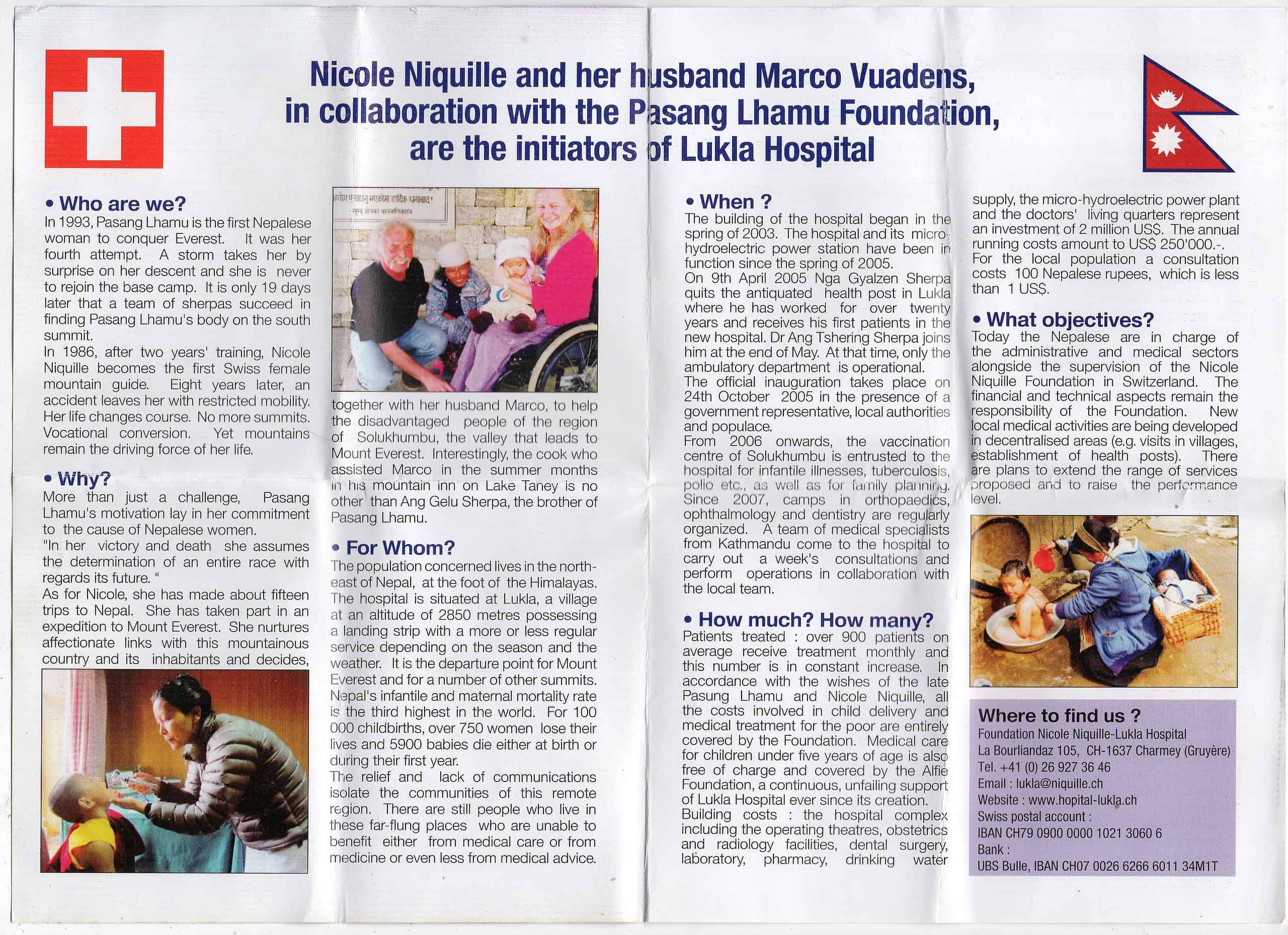
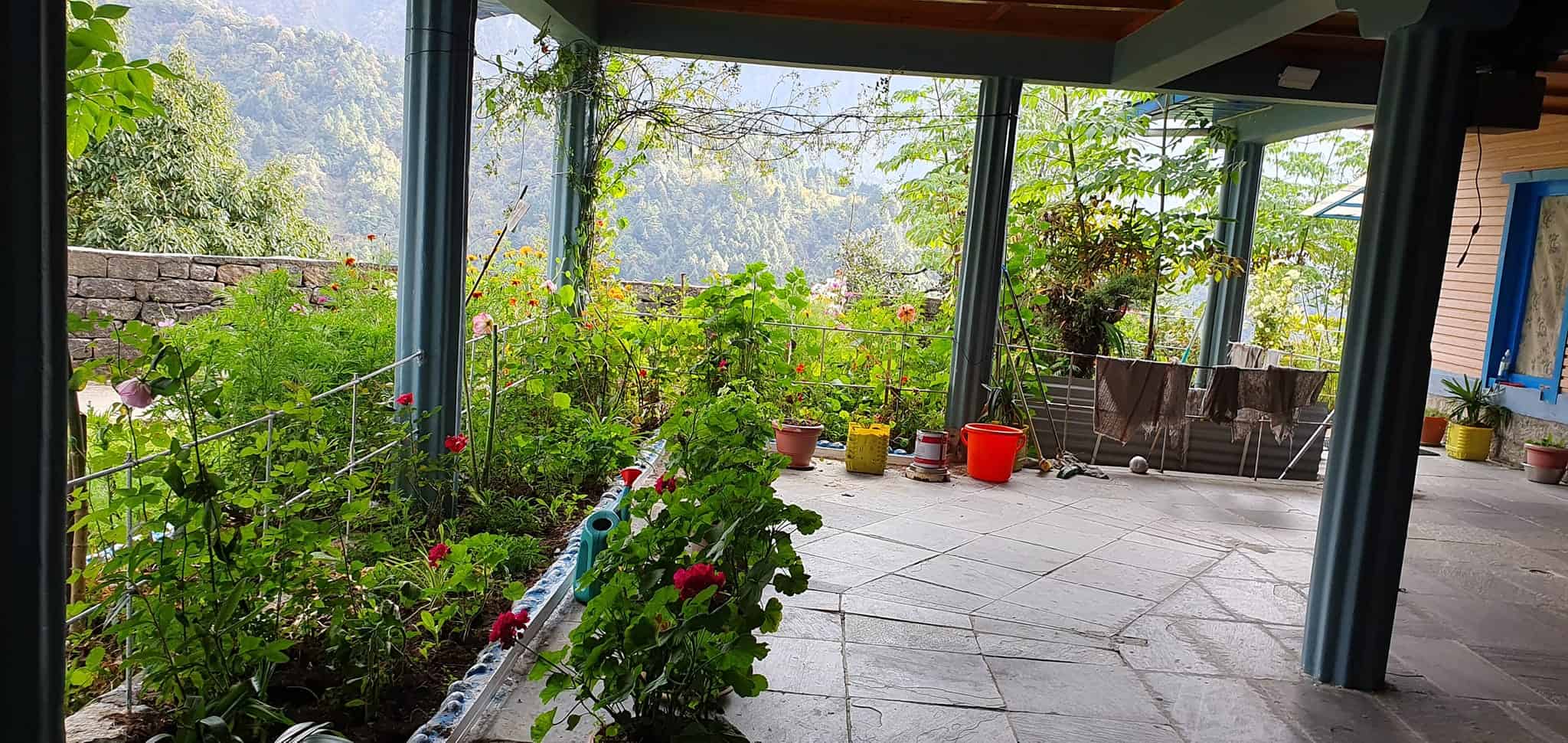
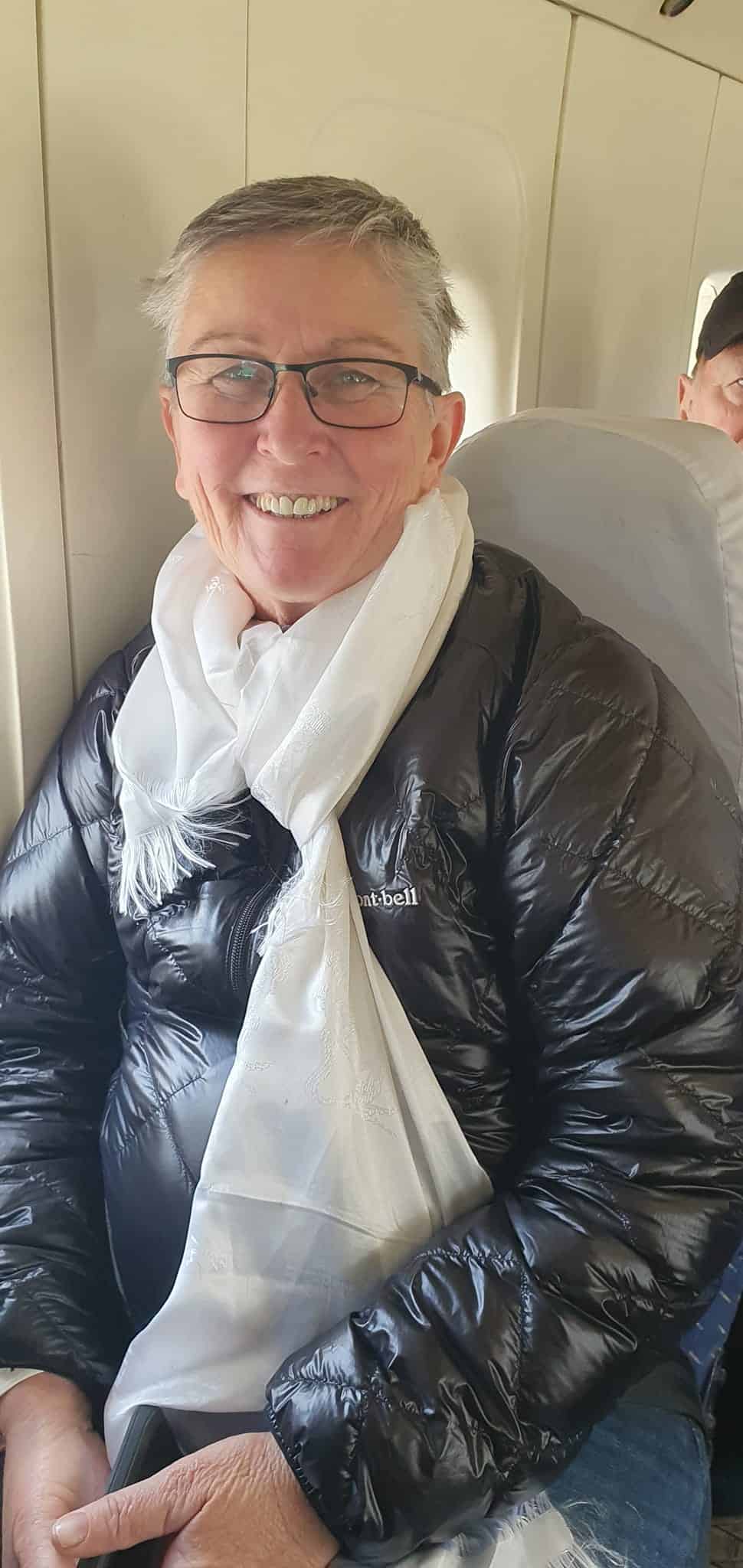
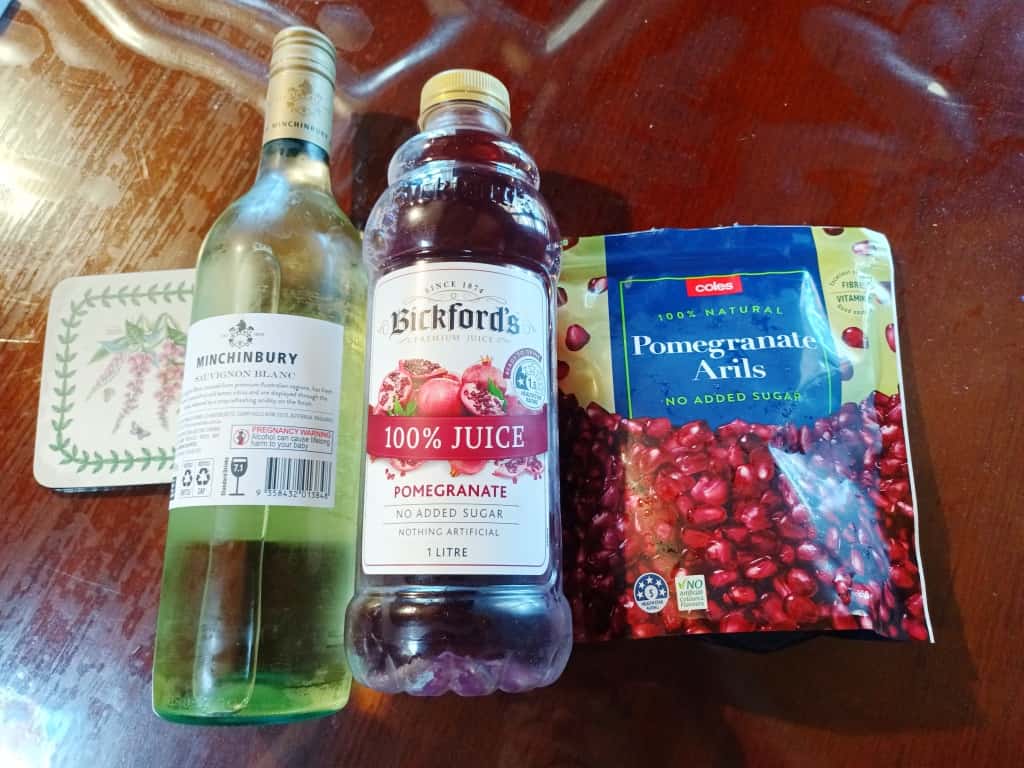

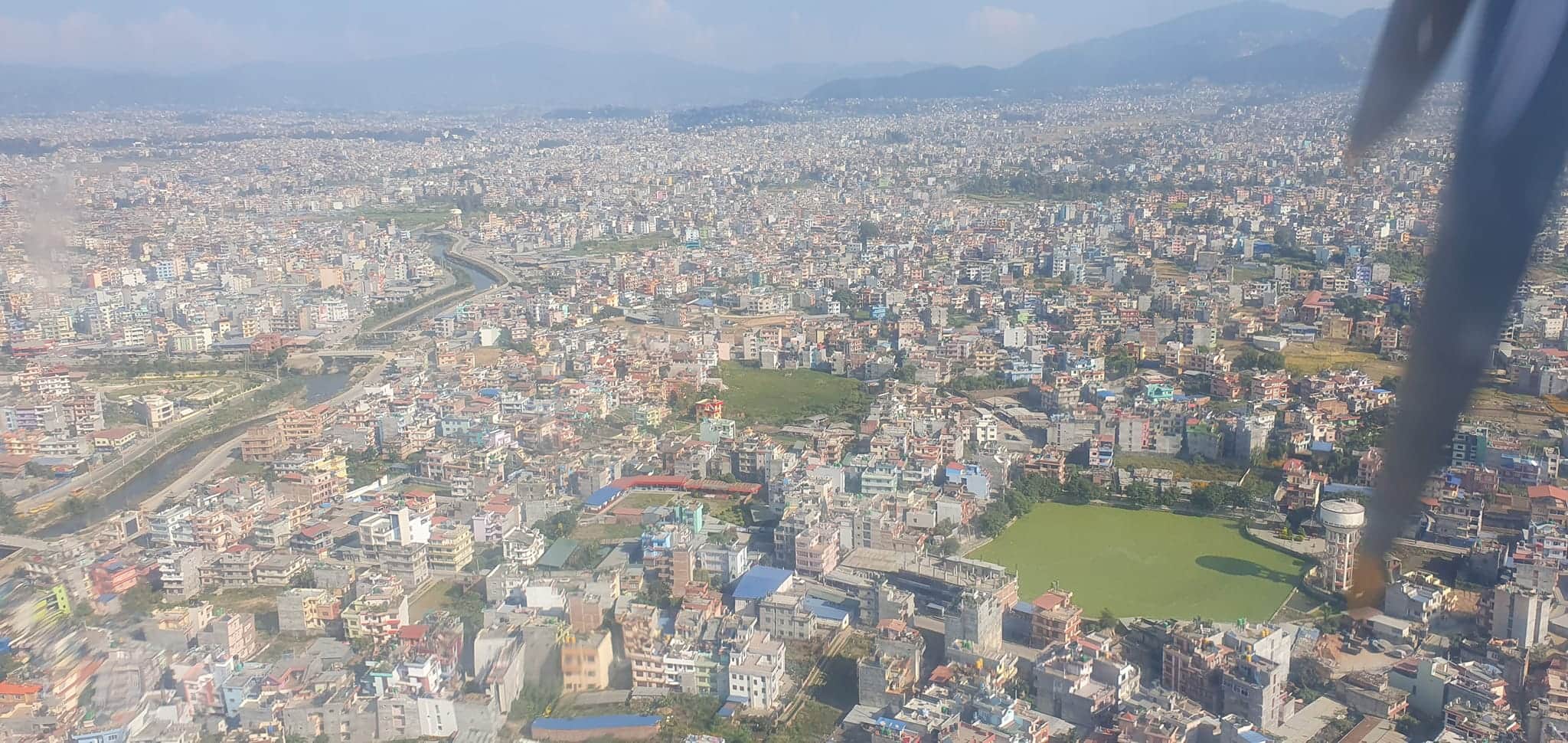
Hi Steve. After meeting you and Della in Yinnar, I finally properly caught up on your EBC Nepal travels/read this yesterday afternoon – an enjoyable account with lots of amazing pictures… Particularly like the pics around Pasang Lahmu Gate, the young yak, and the Sherpa kiddy with the long knitted jacket. You took away some good things from it even though it didn’t end as planned. I could doubly relate to it as in 1. Having had to bail out of Canada same reason, and 2. Having bad flu again now.
Thanks Alan. Hope you recover soon. Cheers, Steve.